Best Small SUV series
Looking to get into a brand-new small SUV? Our stories below will guide you to the model that best suits your needs!
New research shows 23 per cent of Australians believe that insurers should offer additional discounts to EV drivers to boost uptake, according to finance experts Money.com.au.
But nearly a third (31 per cent) of those surveyed support extra discounts only if backed up by data showing that EVs are cheaper to repair or pose a lower accident risk.
However, almost half of Australians (46 per cent) oppose the same idea and argue that EVs are already subsidised enough through government incentives like the Fringe Benefit Tax exemption and state-based rebates.

According to Money.com.au, Australians are split between supporting discounts for green technology to accelerate EV adoption while wanting a level playing field when it comes to insurance pricing.
“We know from various studies that EVs are generally more expensive to insure, but many Aussies still don’t believe insurers should hand out discounts just for driving one, unless there’s clear data showing they pose a lower risk,” said Money’s Finance Expert, Sean Callery.
‘”While insurance costs for EVs are still higher today, they are generally offset by savings on running costs and the growing availability of cheaper finance options through green loans. As competition increases and EV prices continue to fall, the overall cost of owning an electric vehicle should become more accessible to more Australians.”
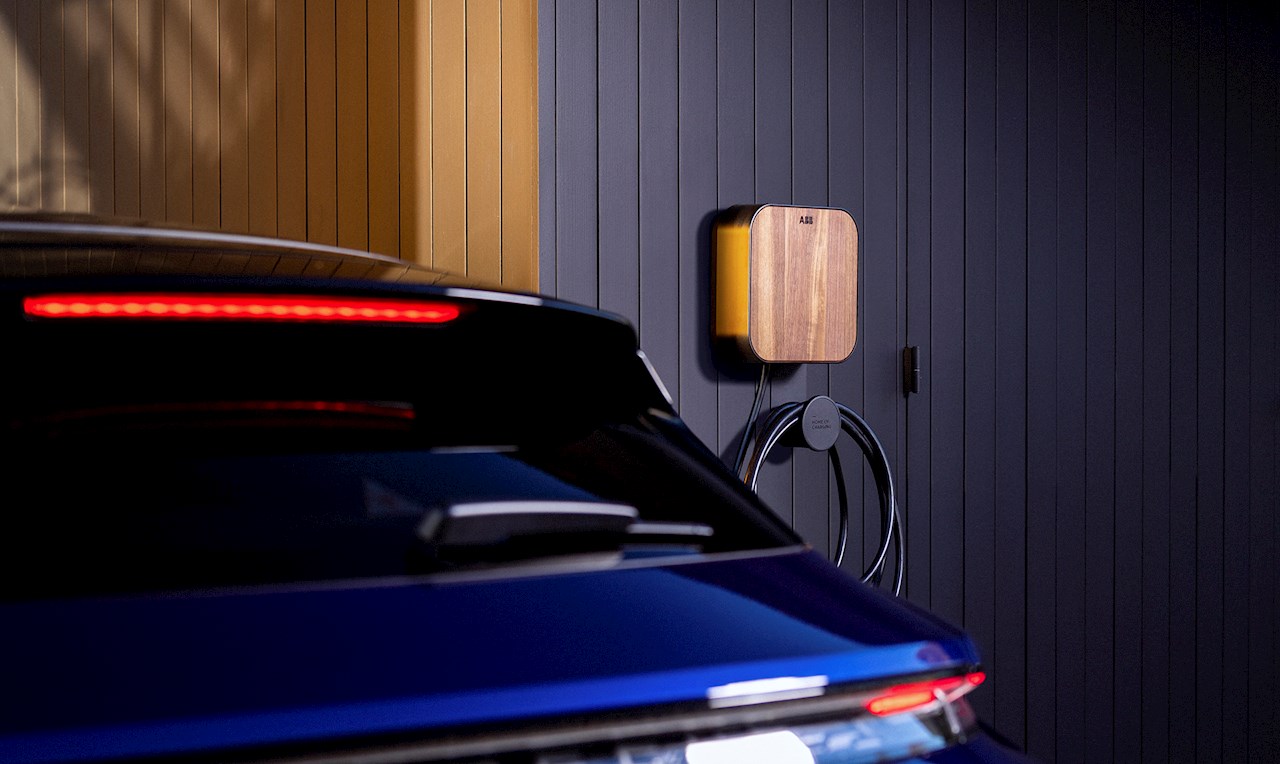
Based on current trends, Money.com.au reports that battery electric sales are projected to reach 126,279 units in 2025 – a 38.3 per cent increase year-on-year. If they continue to expand at a similar rate, that could double to 264,256 units by 2030.
Do you believe that EVs should be further discounted to accelerate adoption? Let us know your thoughts.
Australian pricing for the Mazda CX-90 has been lowered by up to $7800 to make it even better value for money, according to its maker. Pricing for the CX-90 now starts at $68,800 plus on-road costs – a cut of $6000 – but the top-spec Azami petrol is now $7800 less at $86,070 +ORC.
But unusually, the price cut hasn’t been accompanied by any equipment or mechanical changes, with the CX-90 range comprehensively equipped throughout.
The CX-90 is powered by two turbocharged 3.3-litre inline six engines tied to a 48-volt mild-hybrid system: a 254kW/500Nm petrol or a 187kW/550Nm diesel, with both using an eight-speed multi-clutch automatic transmission and a rear-biased all-wheel drive system.
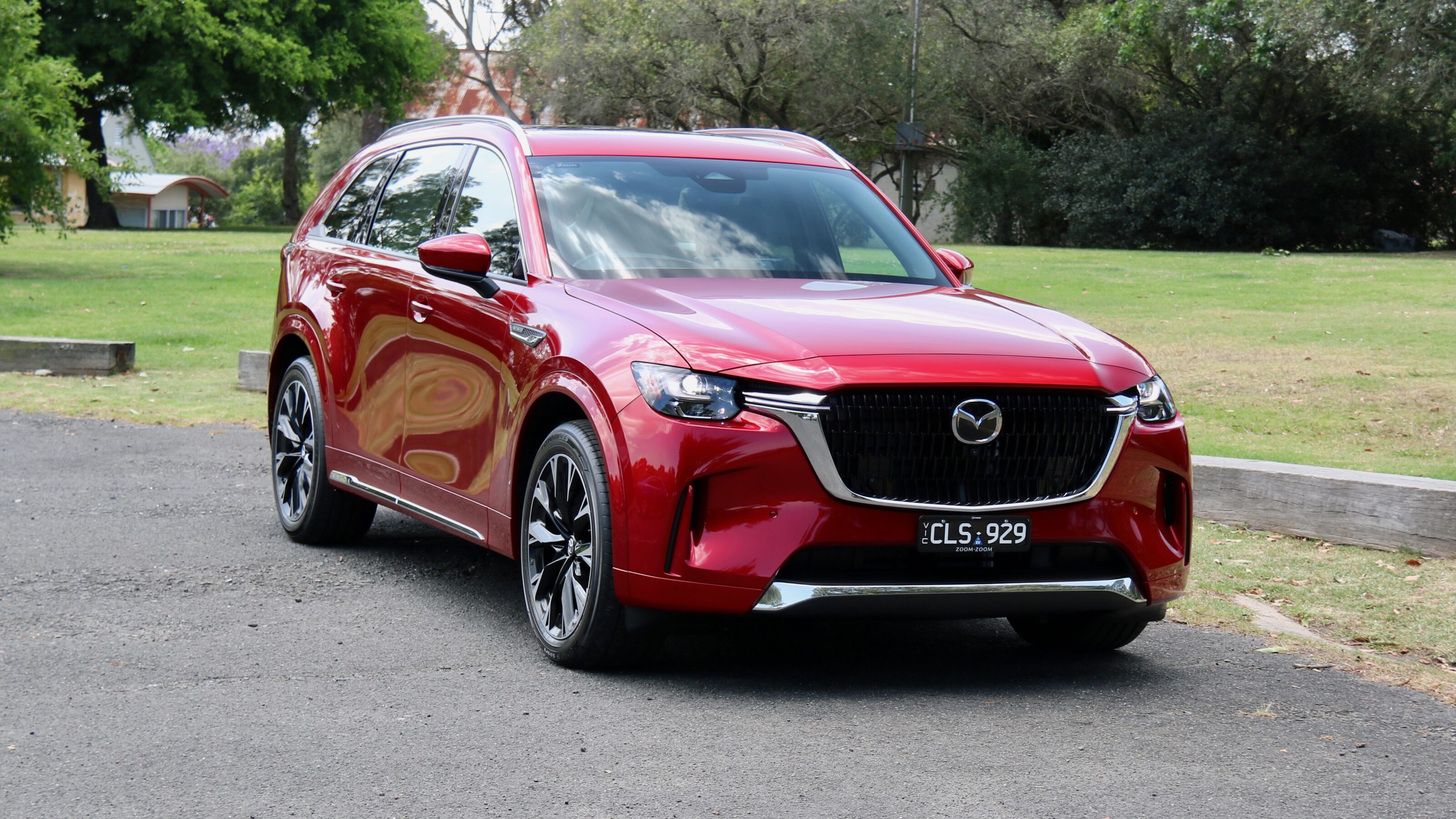
The price cut has more closely aligned the CX-90 with its cheaper CX-70 sibling – basically a five-seat CX-90. Previously, the two were up to $11,660 apart for the same specification but now they’re around $3100 apart.
According to VFACTS new car sales data, 190 CX-90s have been registered in the first three months of 2025, which is down 6.4 per cent on the same time in 2024. But the smaller seven-seat CX-80 has recorded 1283 sales for the same period, and the five-seat CX-60 and CX-70 1584 and 83 deliveries respectively too.
In total, Mazda’s quartet of ‘Large Platform’ cars sold 3140 units over the quarter.
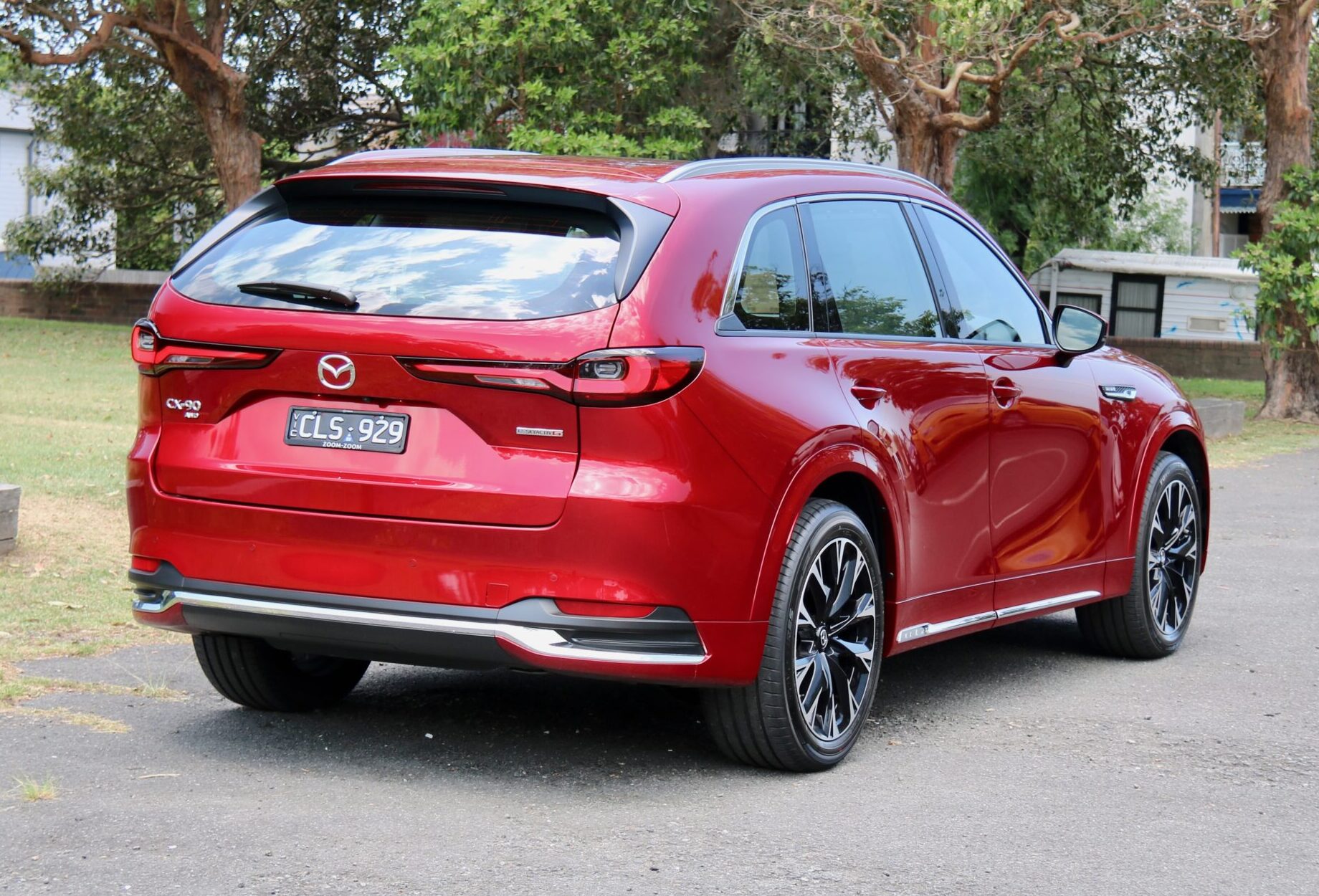
| Touring petrol | $68,800 (-$6,000) |
|---|---|
| Touring diesel | $70,800 (-$6,000) |
| GT petrol | $77,800 (-$6,970) |
| GT diesel | $79,800 (-$6,000) |
| Azami petrol | $86,070 (-$7,800) |
| Azami diesel | $86,800 (-$6,424) |
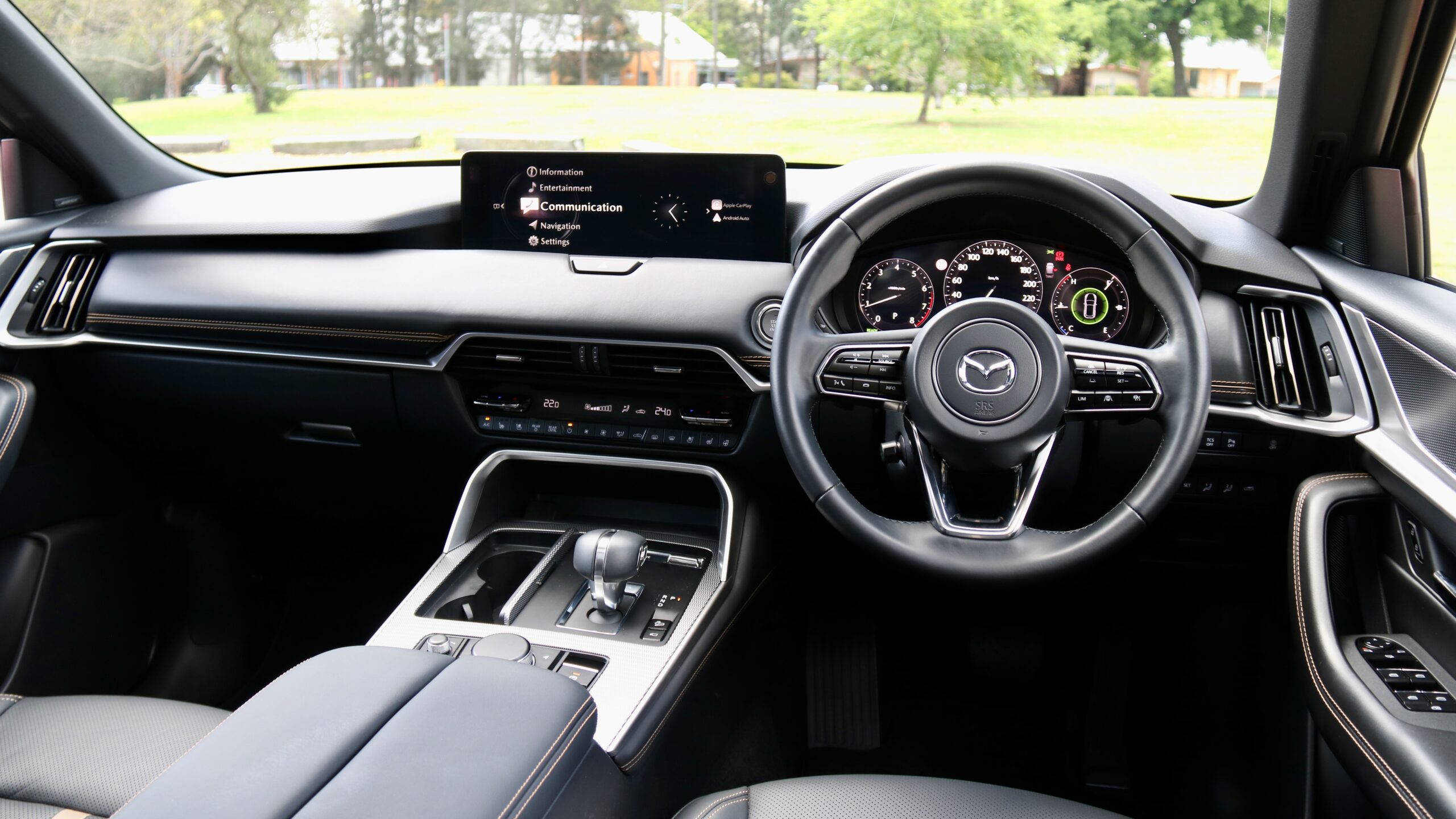
Tesla used to be the default choice for those wanting an electric family car, with the Model Y becoming one of the most popular cars in most markets in 2024. But times have changed. Elon’s controversial and polarising deep dive into American politics has seen Tesla sales plummet and first-quarter profit drop by 71 per cent.
Nowadays, there are many alternatives to the hot-selling Model Y, which starts at $58,900 plus on-road costs. If you’re after an electric SUV that’s not a Tesla Model Y, what do you buy? Here are five alternatives:
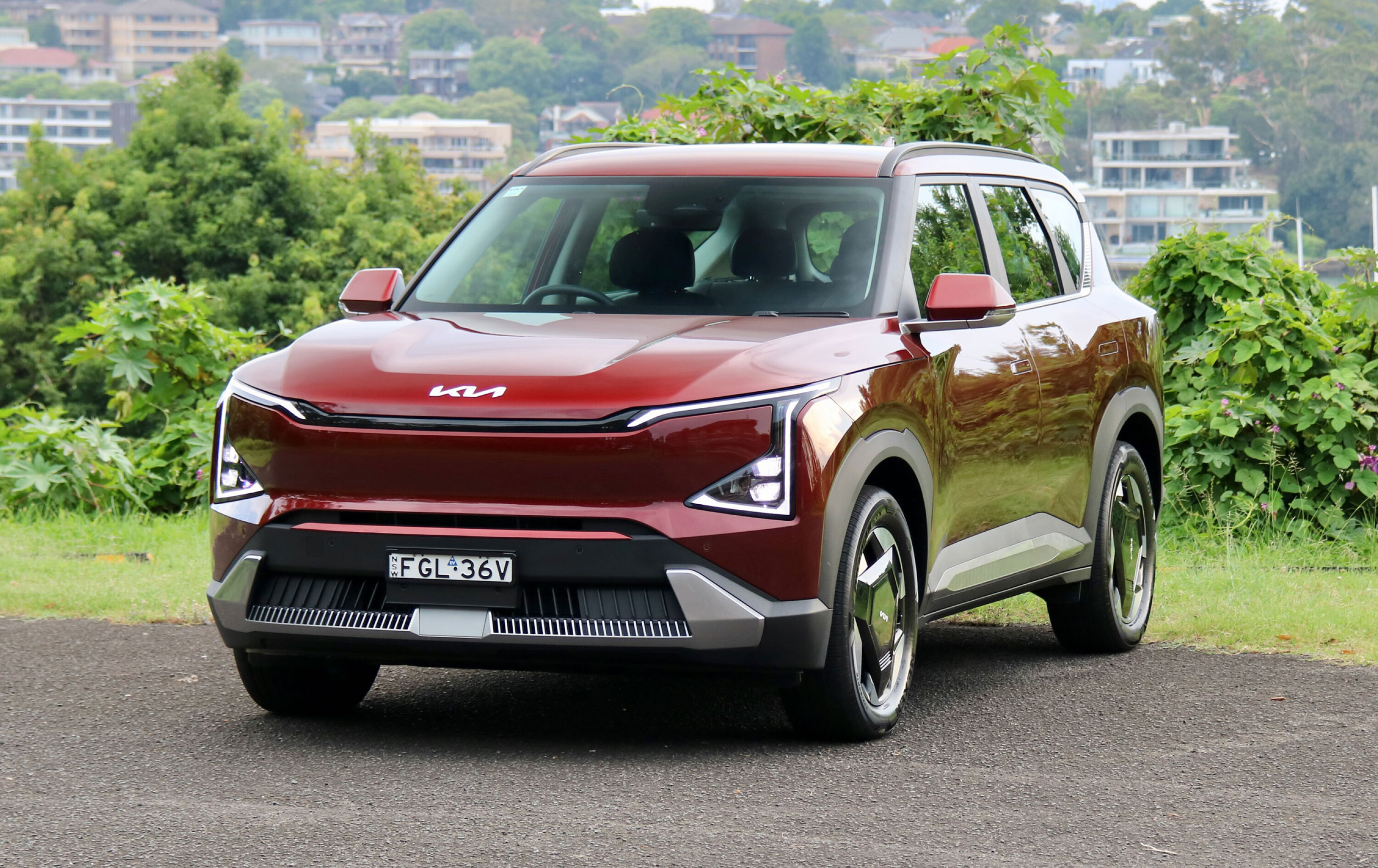
Launched locally in 2024, the Kia EV5 is a great all-round SUV – that just happens to be powered by electricity. Importantly, its pricing starts from $56,770 drive away, which is a lot less than a Model Y but also similar to high-end versions of the ICE-powered Sportage. It’s also only $6,780 more than the smaller just-launched EV3.
While the entry-level EV5 Air’s range is down on the base Model Y, the Air Long Range increases that to 555km (WLTP) for another $7,220. For the money, the EV5 Air is reasonably well equipped, including features such as dual 12.3-inch displays, cloth and synthetic leather trim, massaging front seats and 18-inch alloy wheels.
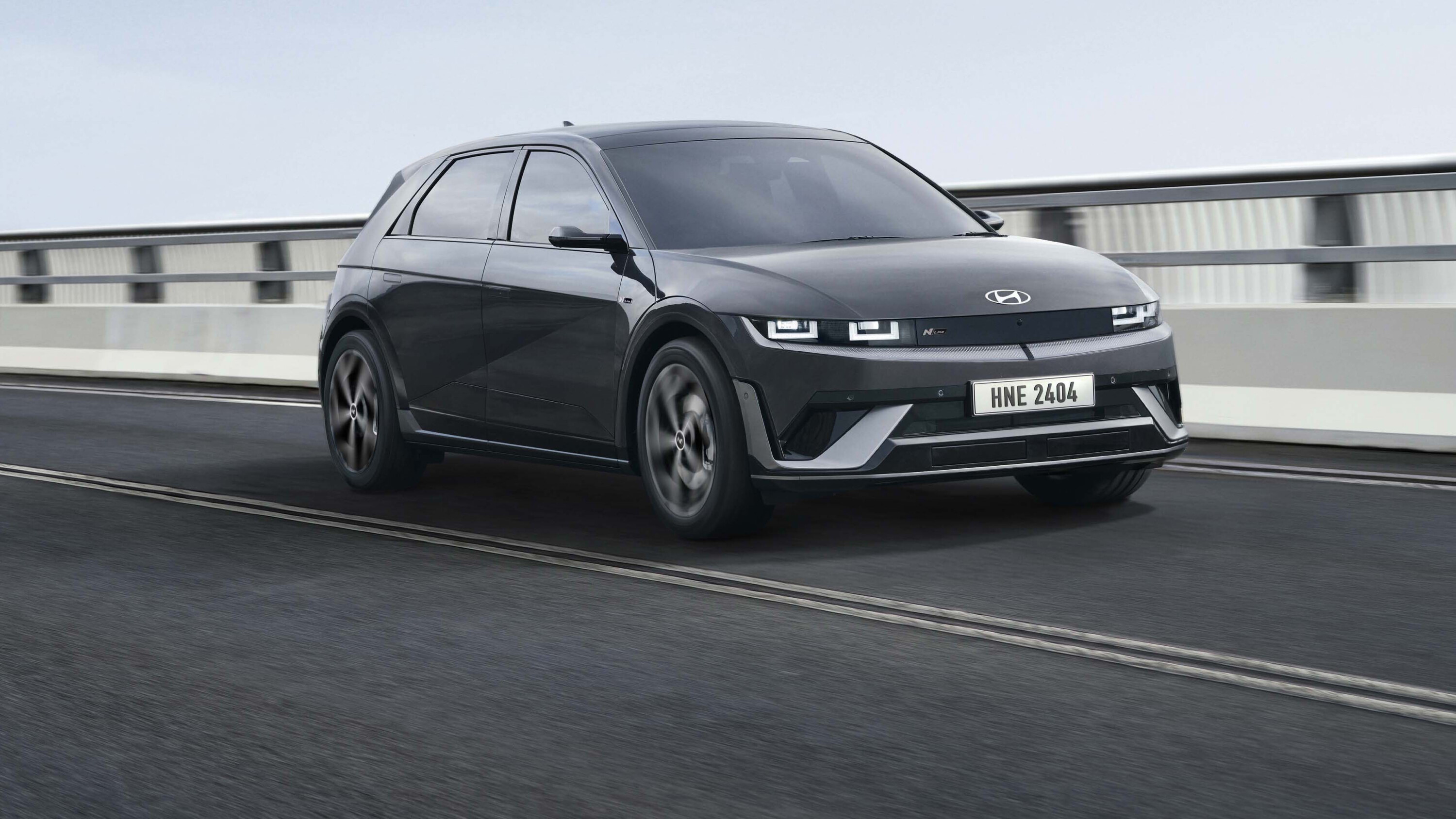
The Hyundai Ioniq 5 is a great electric SUV that’s distinctively styled, well equipped and nice to
drive. While its starting price is more than $10,000 more than the entry-level Model Y at $69,800
+ORC, the Ioniq 5 is still a great all-rounder with impressive engineering.
The entry level model is equipped with a 63kWh battery for an impressive (for the size) WLTP
range of 440km, though more expensive models feature a larger 84kWh battery for a WLTP range
of 570km. The Ioniq 5 also boasts some of the fastest EV charging speeds on the market, with up
to 350kW available to ensure you’re on the road more.
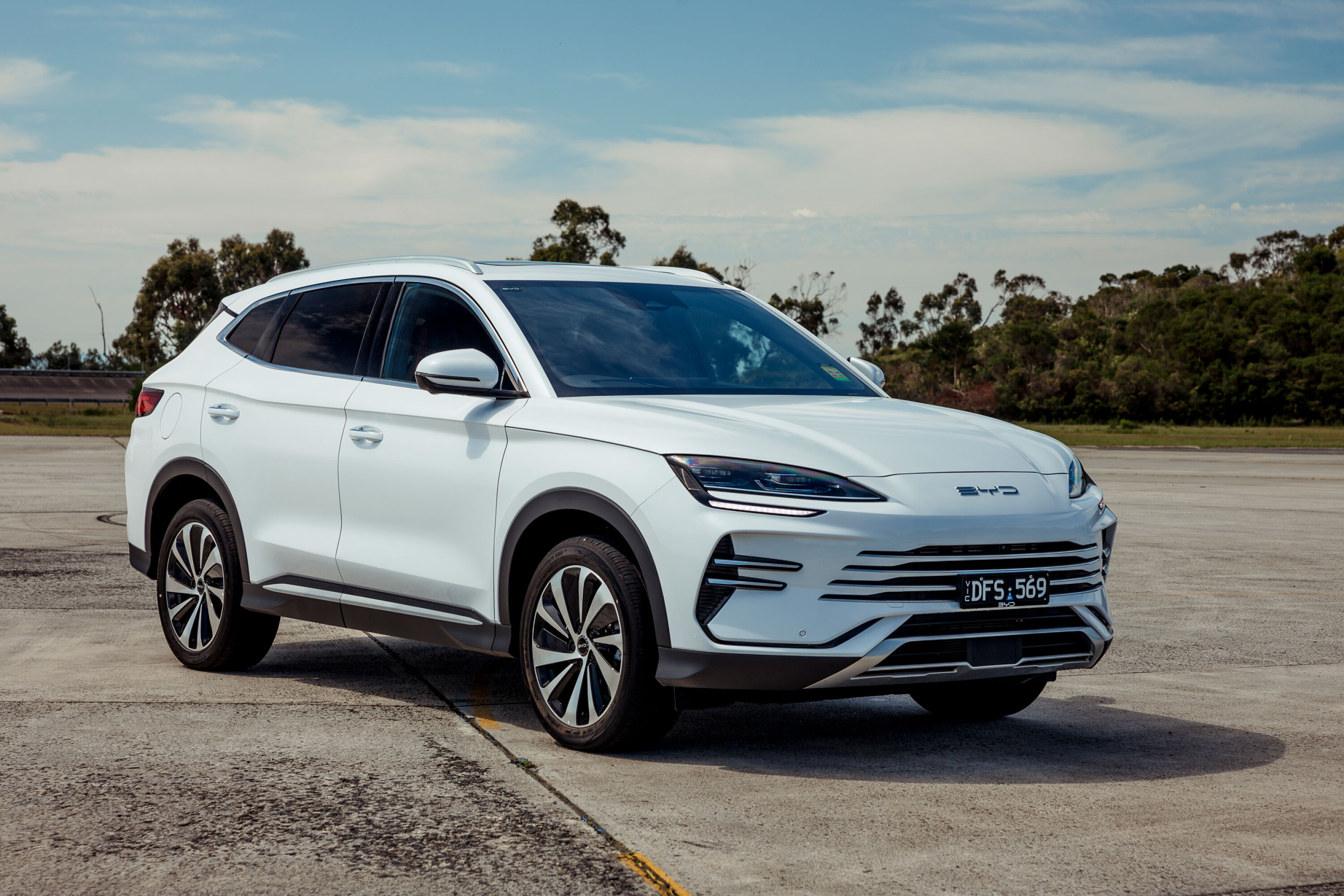
BYD is making sales waves down under with its impressive lineup, and the Sealion 7 electric SUV is the latest addition. Priced from $54,990 plus on-road costs, the Sealion 7 is offered in two models: Premium and top-spec Performance, which is still only $63,990 +ORC.
The Sealion 7 range uses an 82.56kWh battery for up to 482km of range (WLTP), while the base car uses a 230kW/800Nm rear motor and the Performance upping the ante with a second motor on the front axle for 390kW/690Nm outputs.
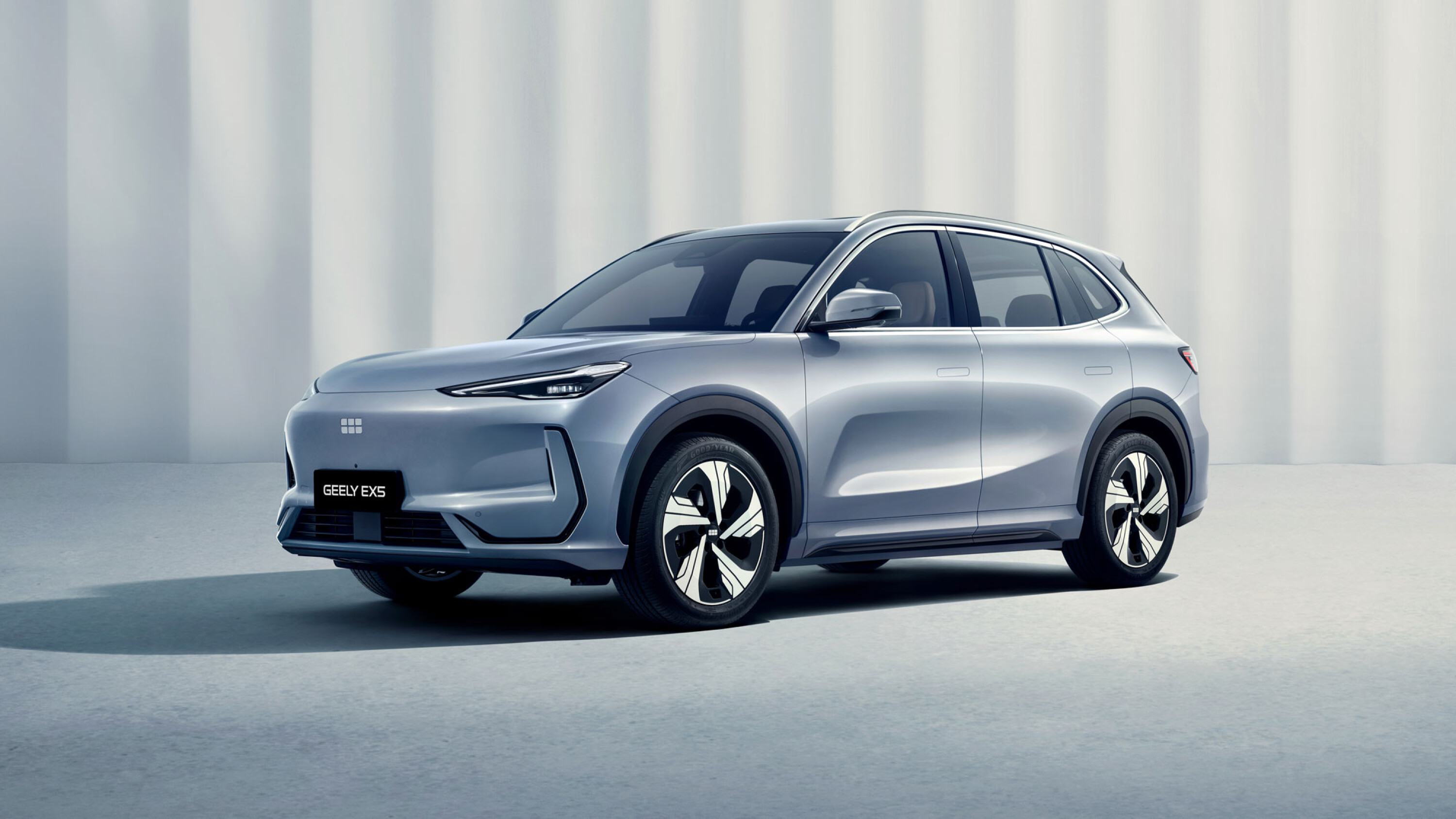
Geely shocked buyers when it recently launched its new EX5 electric mid-size SUV when its pricing was announced. Priced from just $40,990 plus on-road costs, the EX5 is not only cheaper than rivals but also most ICE mid-size SUVs as well and it’s far better equipped than something like a base Mazda CX-5 that’s also priced around the early $40,000 mark.
For the price, buyers earn a 60.22kWh battery for a WLTP range of 430km and a 160kW/320Nm electric motor on the front axle. Despite the bargain pricing, the EX5 is quite well equipped with features such as synthetic leather trim, heated front sets, a 15.4-inch touchscreen, LED lighting and a digital driver’s display.
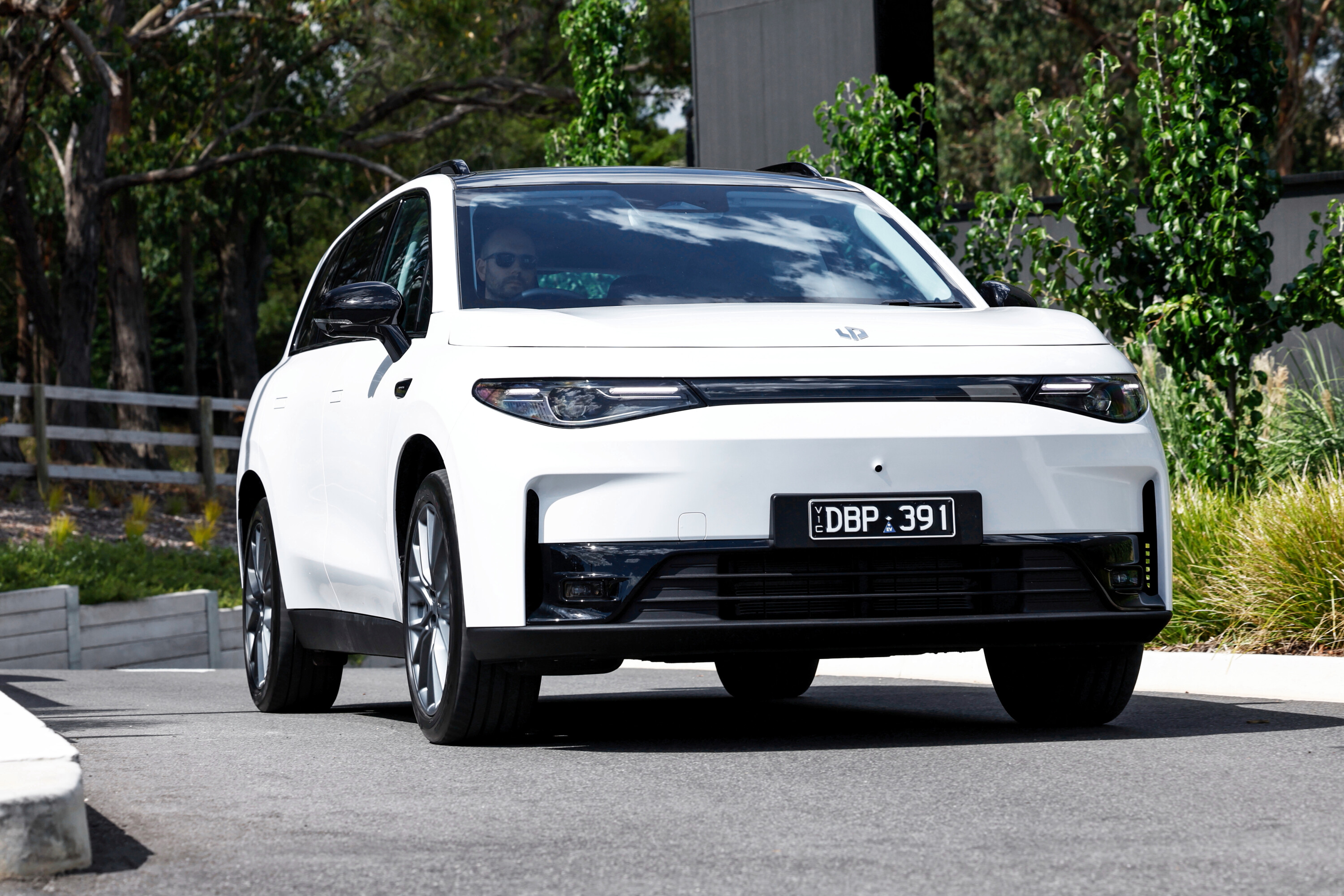
Backed by Stellantis, one of the largest car conglomerates in the world, Leapmotor is new to Australia but it’s made waves with its excellent value C10 SUV , which is priced from just $45,888 plus on-road costs. Its 69.9kWh battery gives a WLTP range of 420km, while a 160kW electric motor drives the rear wheels.
The C10 is quite well equipped as well, with features such as a 14.6-inch touchscreen, sat-nav, synthetic leather trim, a panoramic glass roof and an NFC card. Unlike the other choices here, the C10 can be bought as a plug-in hybrid drivetrain for those not wanting to go full EV just yet.
GWM Australia has improved its GWM Cannon Alpha PHEV offering ahead of its Australian launch with a longer electric driving range and drop in price by up to $2500.
Deliveries for GWM’s answer to the BYD Shark and Ford Ranger PHEV will commence in May and will sell for up to $2500 less than the initial pricing of $63,990 drive away that was announced in February.
Now, depending on location, the Cannon Alpha PHEV is available from $61,490 drive away for the
entry-level Lux and $67,990 drive away for the $67,990 drive away.
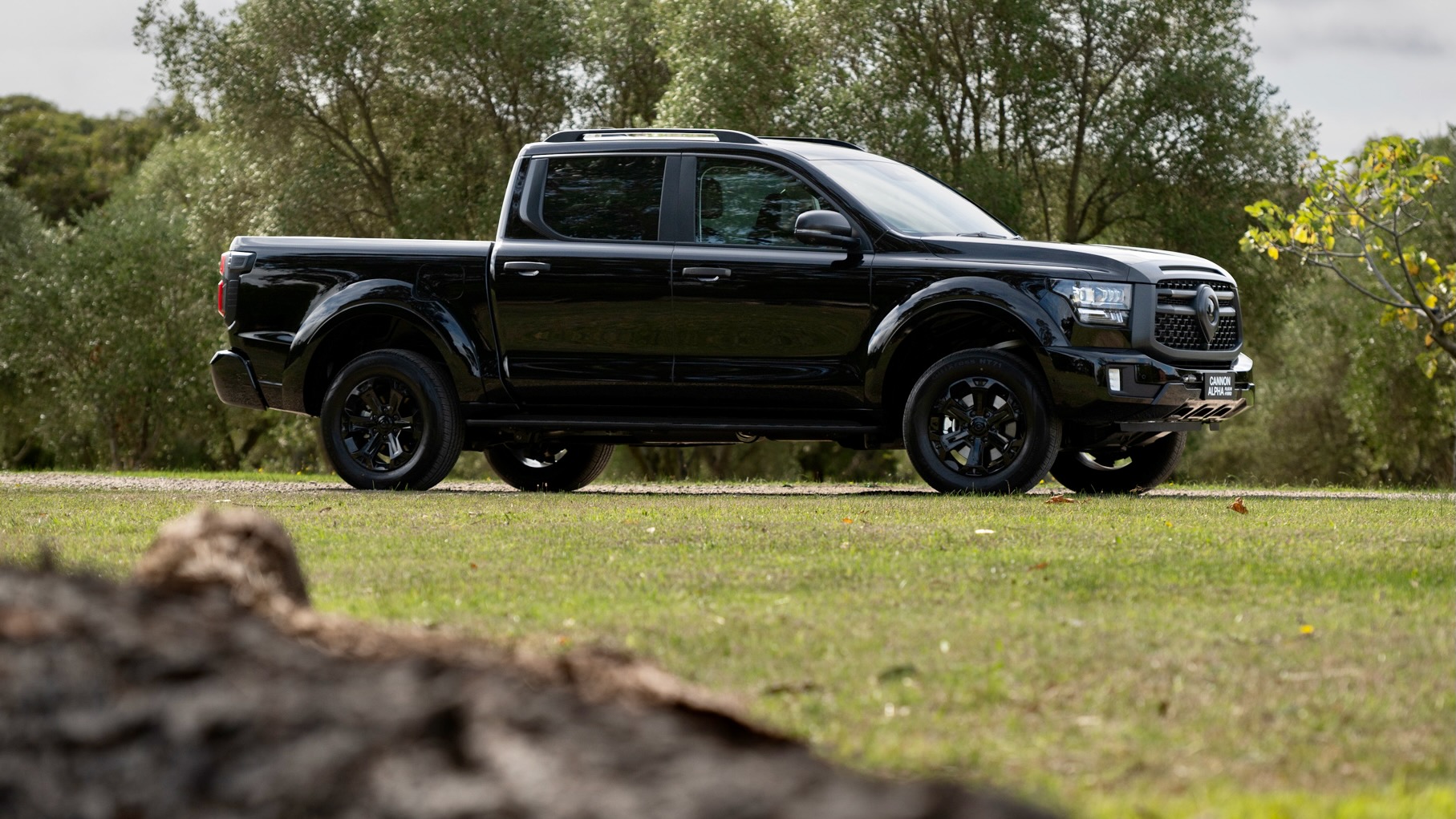
The GWM Cannon Alpha PHEV is powered by a 2.0-litre turbocharged petrol engine and plug-in hybrid set up making 300kW of power and 750Nm of torque. Drive is sent to all four wheels via a nine-speed automatic transmission, while its 37.1kWh battery now provides a longer range of up to 115km (NEDC).
The battery can be fast charged at up to 50kW and features vehicle-to-load capability up to 6kW. Its claimed combined fuel consumption is 1.7L/100km with a full battery, or 7.9L/100km with the battery at a low state of charge.
Like the Ranger but unlike the Shark, the Cannon Alpha PHEV can tow the important 3,500kg braked trailer and it can also wade through 800mm of water.
| Lux | $61,490 – $64,590 (depending on location) |
|---|---|
| Ultra | $67,990 – $71,090 (depending on location) |
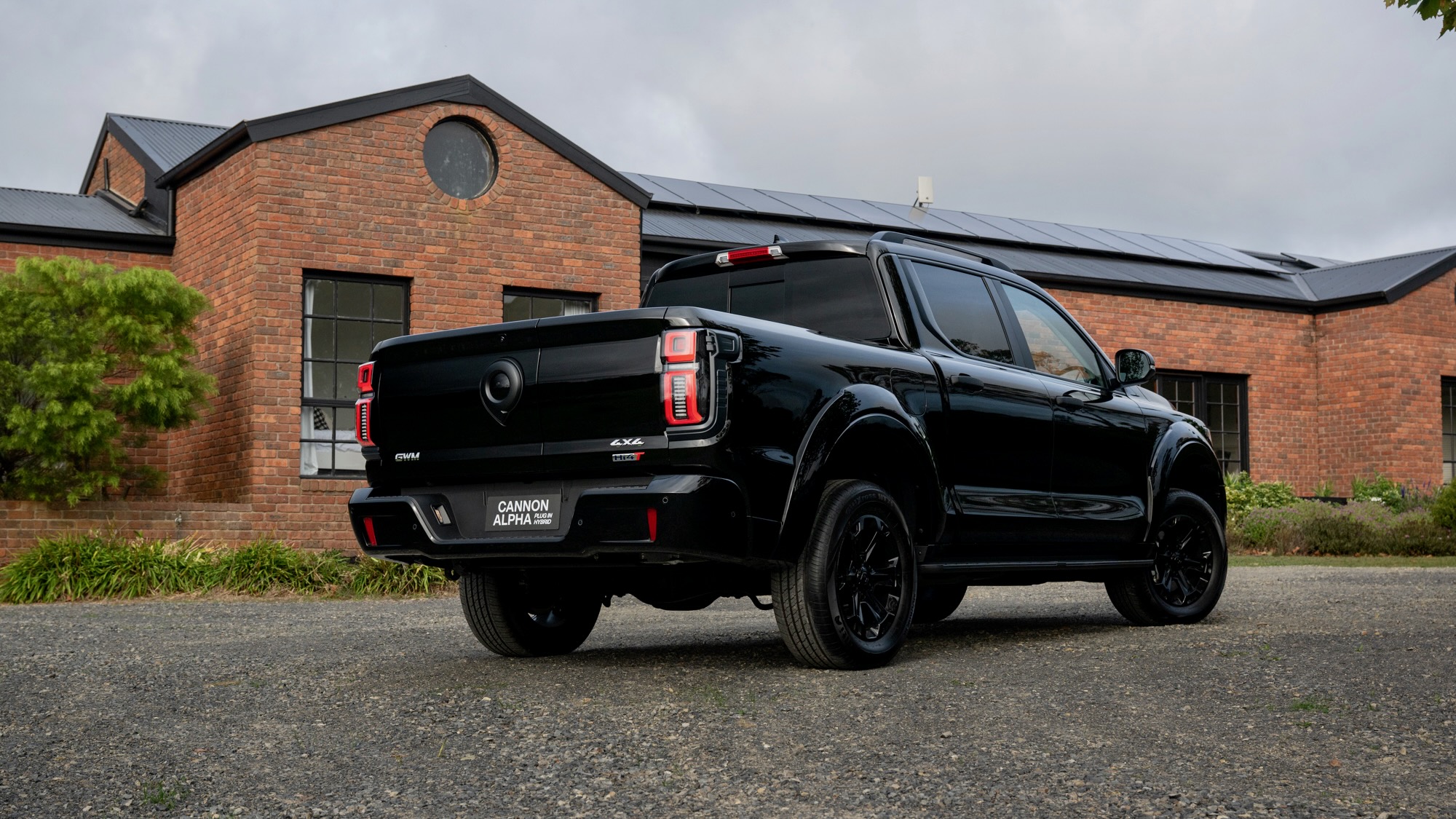
The GWM Cannon Alpha PHEV will arrive at GWM dealerships in May, with local deliveries to
commence then.

| Driving | |
|---|---|
| Interior | |
| Practicality | |
| Overall value |
It’s only just been launched on the market, but the Chery Tiggo 4 Pro is already making waves in the Australian new car market, with 1,018 units of the Tiggo 4 Pro sold in January 2025 alone. That’s a little surprising given that January was only its second full month on sale in Australia. So what appeals to buyers about the Tiggo 4 Pro?
Well, it’s undoubtedly an excellent value-for-money proposition. Pricing starts at just $23,990 for the entry-level Urban – that’s drive away, as well – with the top-spec Ultimate adding only $3,000 to the price. Even with premium paint, the most expensive Tiggo 4 Pro is comfortably under the $30,000 threshold – and unlike the pricing of most rivals quoted here, that includes all on-road costs.
The Tiggo 4 Pro’s seven-year/unlimited km warranty with up to seven years of roadside assistance is long, too, while the first five years of servicing only costs $1,400. In addition to that, even the entry-spec car is well equipped with features like automatic LED lighting, a dual 10.25-inch layout and dual-zone automatic climate control.
Away from the value equation, there’s still lots to like about the Tiggo 4 Pro. Its cabin is good quality with lots of soft touch surfaces, it’s more practical than its small size suggests with a 380-litre boot (1,225L with the rear seats folded) and it’s powered by a gutsy turbocharged 1.5-litre engine. It was also recently awarded a five-star ANCAP safety rating with impressive scores in each category.
Only the Tiggo 4 Pro’s overactive safety assist, too-soft driving experience and thirsty drivetrain count against it. But if you’re value focused, the Chery Tiggo 4 Pro is a great option and we expect even larger sales numbers from it this year.
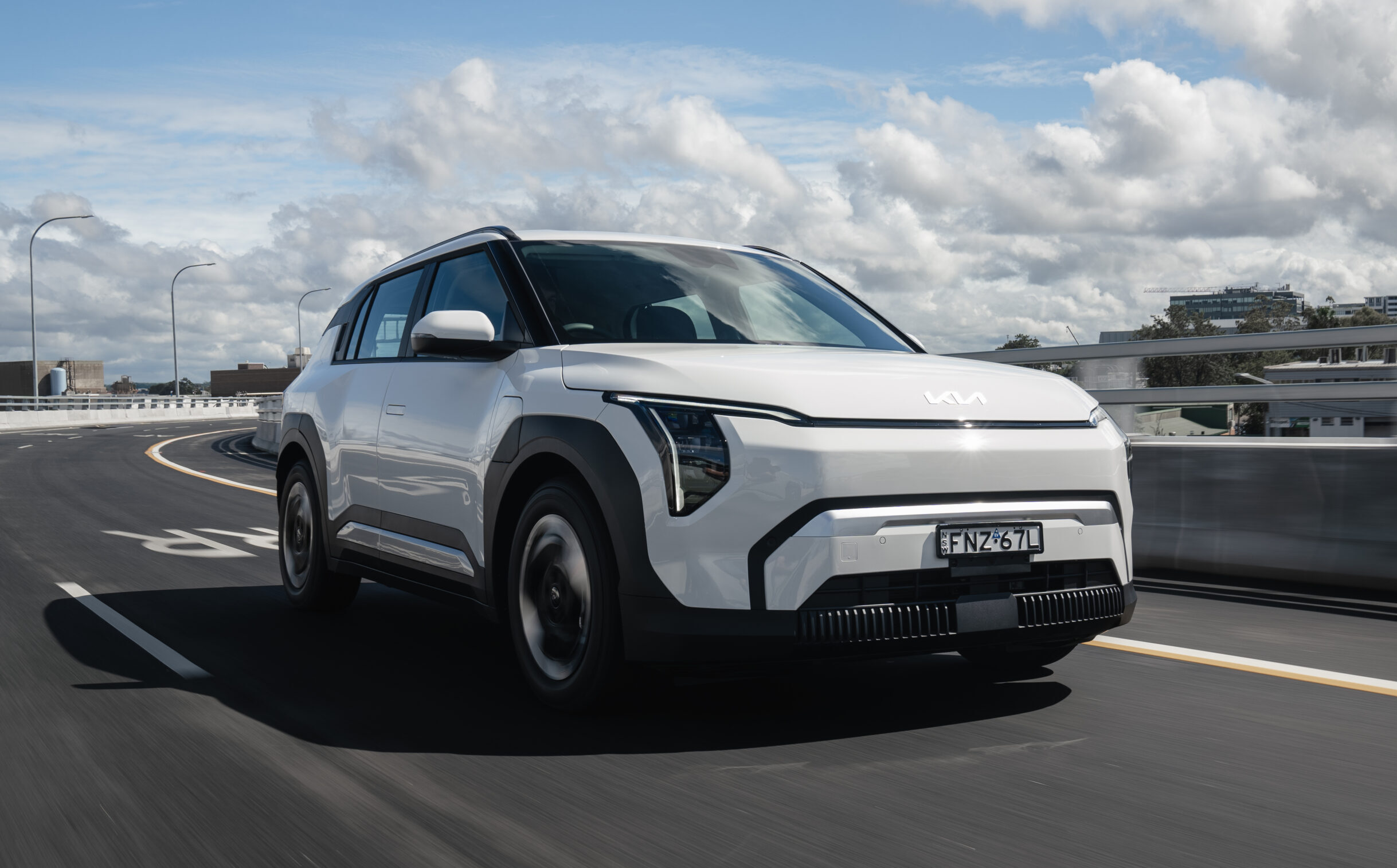
| Driving | |
|---|---|
| Interior | |
| Practicality | |
| Overall value |
While the EV6, EV9 and EV5 have come before it, Kia’s new EV3 electric small SUV looks to be the most compelling yet as it’s well priced, characterful and practical for its size. Priced from $48,990 drive away (depending on location), the EV3 has lowered the price of entry to an electric Kia by around $7,000 and has made the brand more accessible and appealing to those who want a cheaper and/or smaller EV.
Inside the EV3 is an almost-identical dashboard to other recent Kia products like its larger electric siblings and the new K4 small car, with dual 12.3-inch displays and a small 5.0-inch touchscreen for the dual-zone climate control in the middle of them. The EV3’s cabin is practical with lots of storage space, while the 460-litre boot is healthy for its size.
For now, there’s only a single 150kW electric motor variant available in Australia, though a dual-motor variant is said to be coming later this year with more power for those wanting more pep. Like other recent Kia models, the EV3 has been Australian-tuned for our market for greater ride comfort over our rubbish roads.
The peak charging speed is reasonable, while the range is excellent. Also excellent are the EV3’s servicing costs, which are far less than we’re used to from the brand – and Kia’s excellent seven-year warranty is still present.
It’s only just gone on sale in Australia, but we think that the Kia EV3 is going to sell well locally. It’s well priced at the entry point to the range, it’s cute to look at, offers a good range and performance and is inexpensive to service.
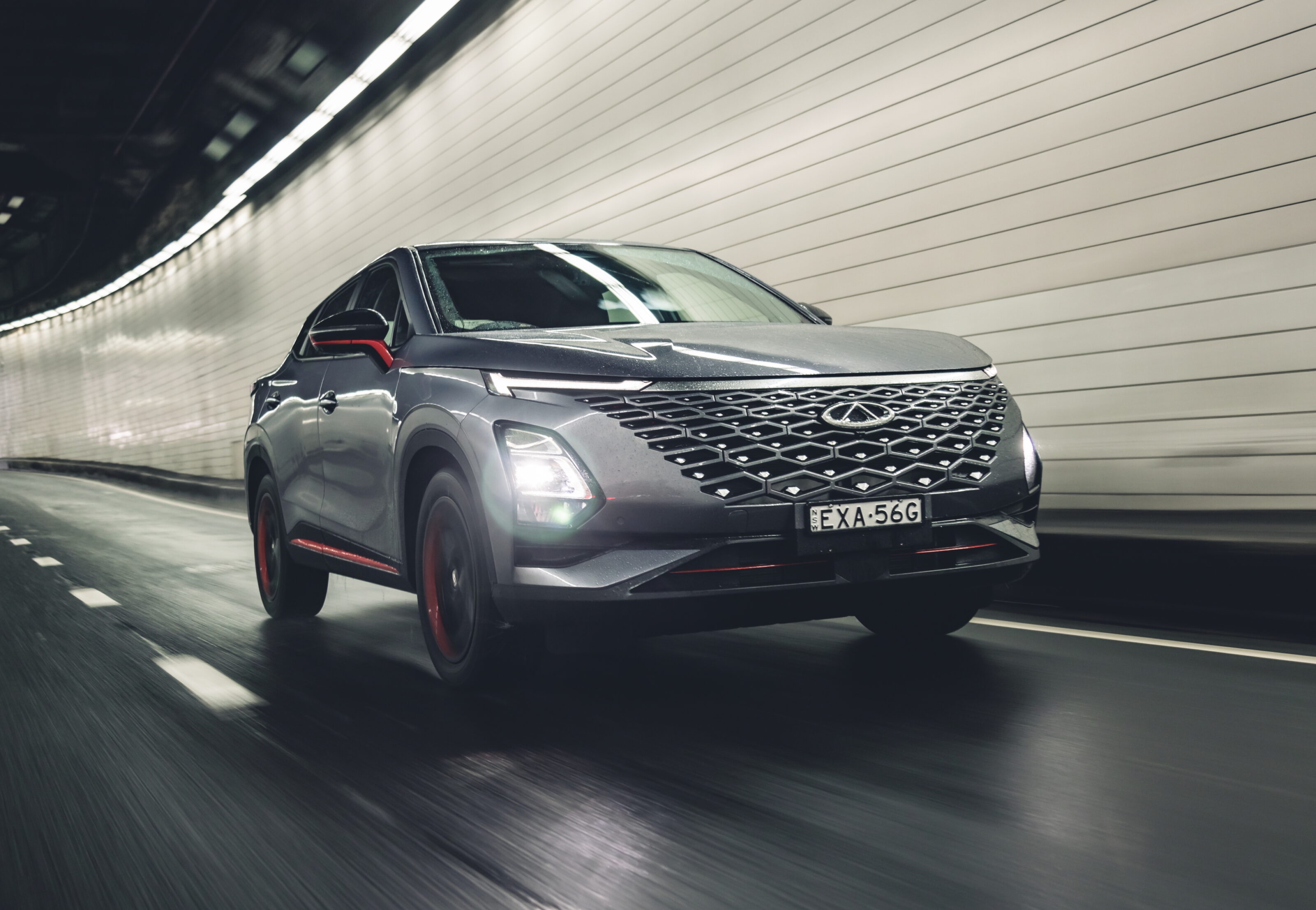
| Driving | |
|---|---|
| Interior | |
| Practicality | |
| Overall value |
The Omoda 5 was the product that Chery utilised to re-launch in Australia in early 2023. The brand’s first truly global product, the Omoda 5 is what you’d expect from the Chery brand: well priced, well equipped, contemporary styling and covered by a long warranty. And with over 6,100 sales in 2024, clearly Australians agree.
Since it was released, the Omoda 5 has seen a range shuffling with extra value added in the form of a new entry-level FX model, which is priced from $24,490 plus on-road costs. It keeps the upper-spec models’ turbocharged engine and safety features, including autonomous emergency braking, lane keeping assistance, adaptive cruise control and blind-spot monitoring with rear cross-traffic alert.
Like the smaller Tiggo 4 Pro, the quality inside the Omoda 5 impresses with plenty of soft touch materials used throughout the cabin, and the dashboard layout is modern as well. In-car tech is handled through a dual-10.25 inch set up for the infotainment and driver’s display, and while both systems can take some getting used to, the screen quality is good.
What’s not so good about the Omoda 5 is the intrusiveness of the active safety systems such as the lane-keeping assistance and active speed monitoring. Plus, the steering is very light, which accentuates the indecisive lane keep assist. While it’s well planted, the ride quality can also be a bit too jumpy thanks to the soft suspension set-up. Plus, its 360-litre boot isn’t that big and is otherwise featureless, while the rear seat is tight for taller folks.
Still, the Omoda 5 is excellent value for money. It’s well equipped, cheap to service, covered by a long warranty, looks exotic and is reasonably practical as well. No wonder so many have found favour with Australians.
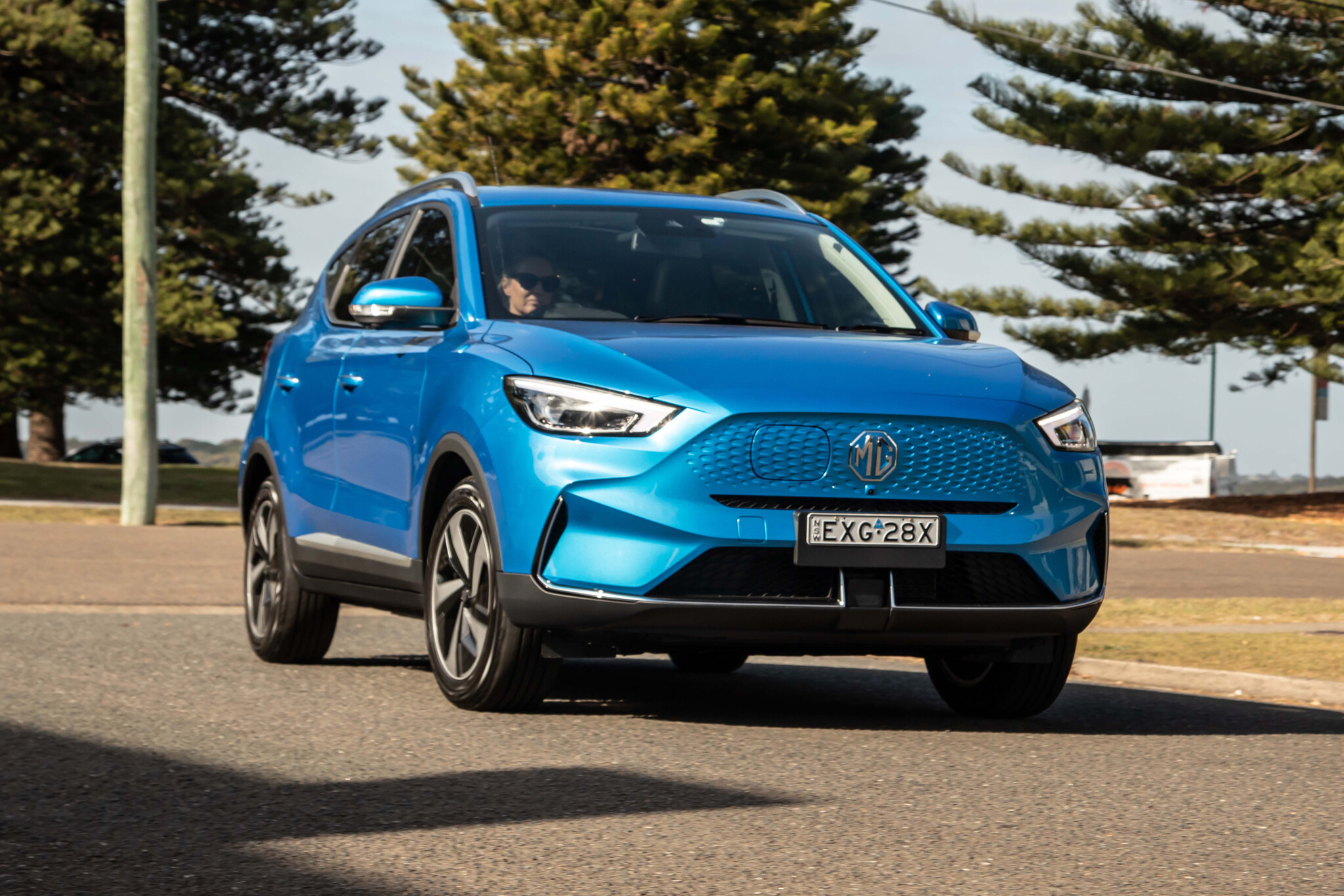
| Driving | |
|---|---|
| Interior | |
| Practicality | |
| Overall value |
MG’s first electric car in Australia, the popular ZS EV, is not long for this world. Priced at a special $36,888 drive away for both the base Essence and upper-spec Long Range to clear stock ahead of a new model later in the year, the ZS EV is currently excellent buying at a bargain price.
The ZS EV models use a front-mounted electric motor, with the Essence making 130kW/280Nm, though the Long Range makes slightly less power at 115kW/280Nm. Both offer peppy performance, especially in urban situations. The ZS EV’s ride quality isn’t bad either, though it can feel a bit underdamped in larger bumps.
The cabin of the ZS EV is nearly identical to the ZS that debuted almost 10 years ago, so it doesn’t feel that modern, but the quality is reasonable and it’s practical as well. The 10.25-inch touchscreen is well equipped as well, with features like sat-nav, smartphone mirroring and even access to the brand’s ‘iSmart’ smartphone app.
The ZS EV’s cabin is also practical and can carry four adults comfortably. The rear seat is roomy enough for two, especially in headroom, and the 359-litre boot is reasonable as well. Covering the ZS EV is a 10-year/200,000km warranty and the service cost for the first six years costs just $1,998.
Overall, the MG ZS EV was a commendable first effort for the brand, and it’s no surprise to see that it’s sold well locally. Now in run-out at a bargain price, the ZS EV’s appeal is even stronger – especially now that the Long Range model is priced the same as the Essence with the smaller battery. While it’s not the newest car around, the ZS EV still offers a good range, a practical cabin and reasonable performance as well.
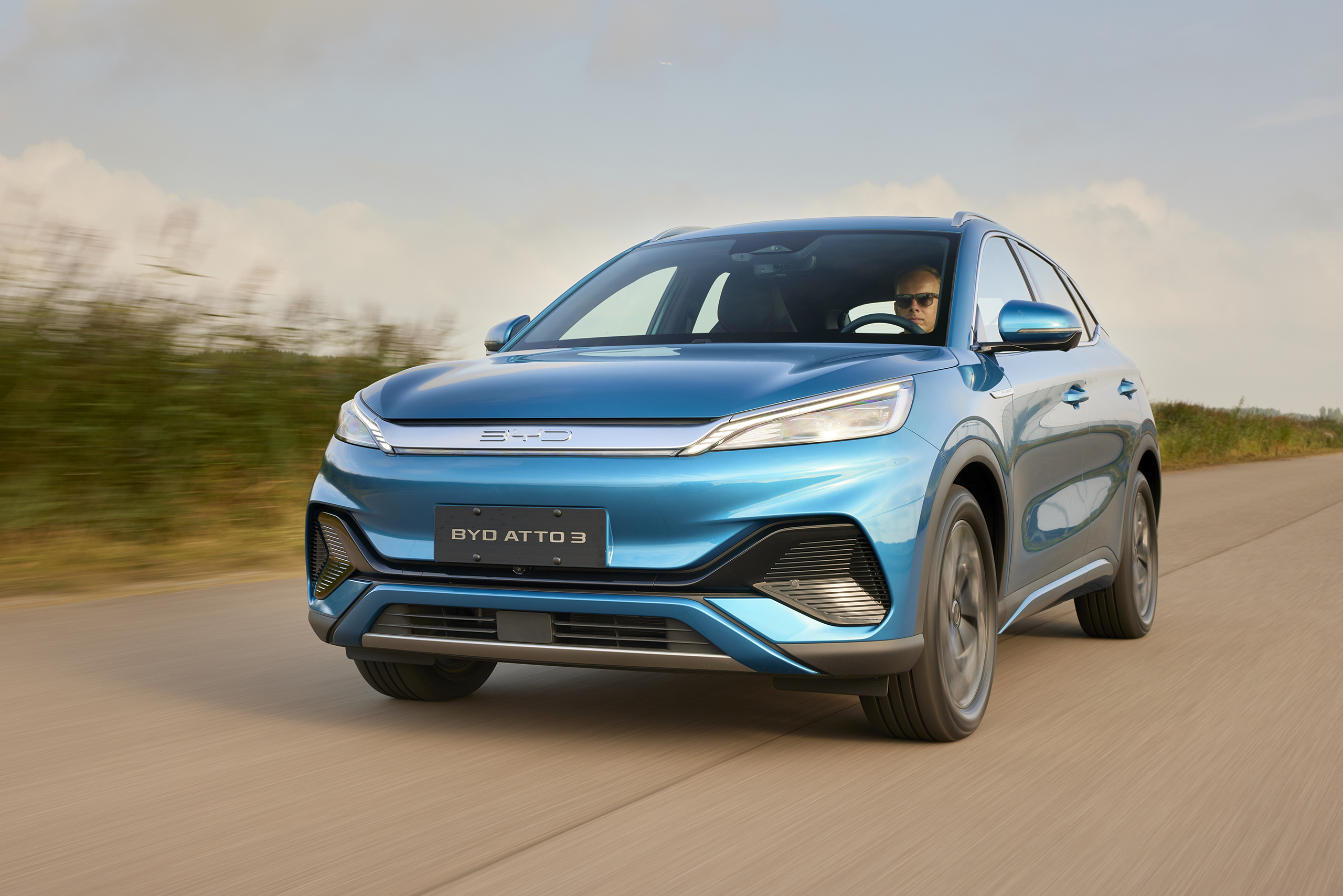
| Driving | |
|---|---|
| Interior | |
| Practicality | |
| Overall value |
There’s a brand currently on sale in Australia making big waves, and this is the car that started it all for them locally. Of course, we’re talking about BYD and its Atto 3 small electric SUV, which has sold solidly since its introduction locally in 2022.
Since its launch, the Atto 3’s entry price has fallen to just $39,990 plus on-road costs for the new entry-level Essential model, and it’s pricing that attracted buyers to the Atto 3 in the first place. But there’s more to the model, including a long standard equipment list, an attractive and good quality cabin, and solid practicality.
The Atto 3 offers a choice of two batteries: a 49.9kWh one in the base Essential or a larger 62.2kWh unit in the upper-spec Premium. Range is WLTP-rated at 345km for the Essential and 420km for the Premium, with DC fast charging at up to 70kW in the Essential and 88kW in the Premium. Both variants use a 150kW/310Nm electric motor that drives the front wheels, and performance is peppy rather than brisk, but that’s fine.
The Atto 3’s driving dynamics aren’t incredible either, it must be said, which is something that would be better without the standard Atlas Batman tyres. But the Atto 3 is comfortable to drive and offers good bump suppression. The Atto 3’s cabin is also funky to look at, with a huge 12.8-inch touchscreen that rotates and the quality is pretty good as well.
Overall, the BYD Atto 3 is a solid entrant to the small SUV segment and it’s no surprise that it has sold well locally: it’s very well priced, good quality, reasonable performance, practical and covered by an above-average warranty. The new Essential trim has made it even better priced than before, yet it’s still well equipped across the range.

| Driving | |
|---|---|
| Interior | |
| Practicality | |
| Overall value |
As we’ve seen with both the Volvo EX30 and Smart #1 and #3 cousins, the Zeekr X – which uses the same platform and mechanicals as those cars – features a 66kWh battery that can be charged at up to 150kW with either a 200kW single motor or 315kW dual-motor drivetrain. So in that case, what separates the Zeekr from its cousins?
The Zeekr is undoubtedly designed to be sharper – while the Smarts are cute and European and the Volvo is quite Nordic in its look, the Zeekr is more futuristic in appearance. The same sort of futuristic vibe extends to the cabin where the big touchscreen dominates and thankfully, unlike the EX30, there’s also a driver’s display.
Like the Smart twins, the Zeekr X is less sporty than the EX30 and that’s helped by the 100mm-longer wheelbase for extra ride comfort. But it still drives assuredly and even though some of its active safety features can be irritating, they’re much better tuned than a lot of other new cars.
The Zeekr’s cabin is warm and inviting, and more spacious than you might first think given its small dimensions. Centre of the cabin is a 14.6-inch touchscreen that’s mostly easy to use and well featured, while we also quite like the light colouring which makes it feel airy.
Overall, we think the Zeekr X has definite appeal in the new car market. While the brand isn’t yet as well known as its cousins, it impresses with funky design, great quality and a solid driving experience. The warranty could be longer and it could be less expensive to service, but we think it’s overall worthy of a test drive.
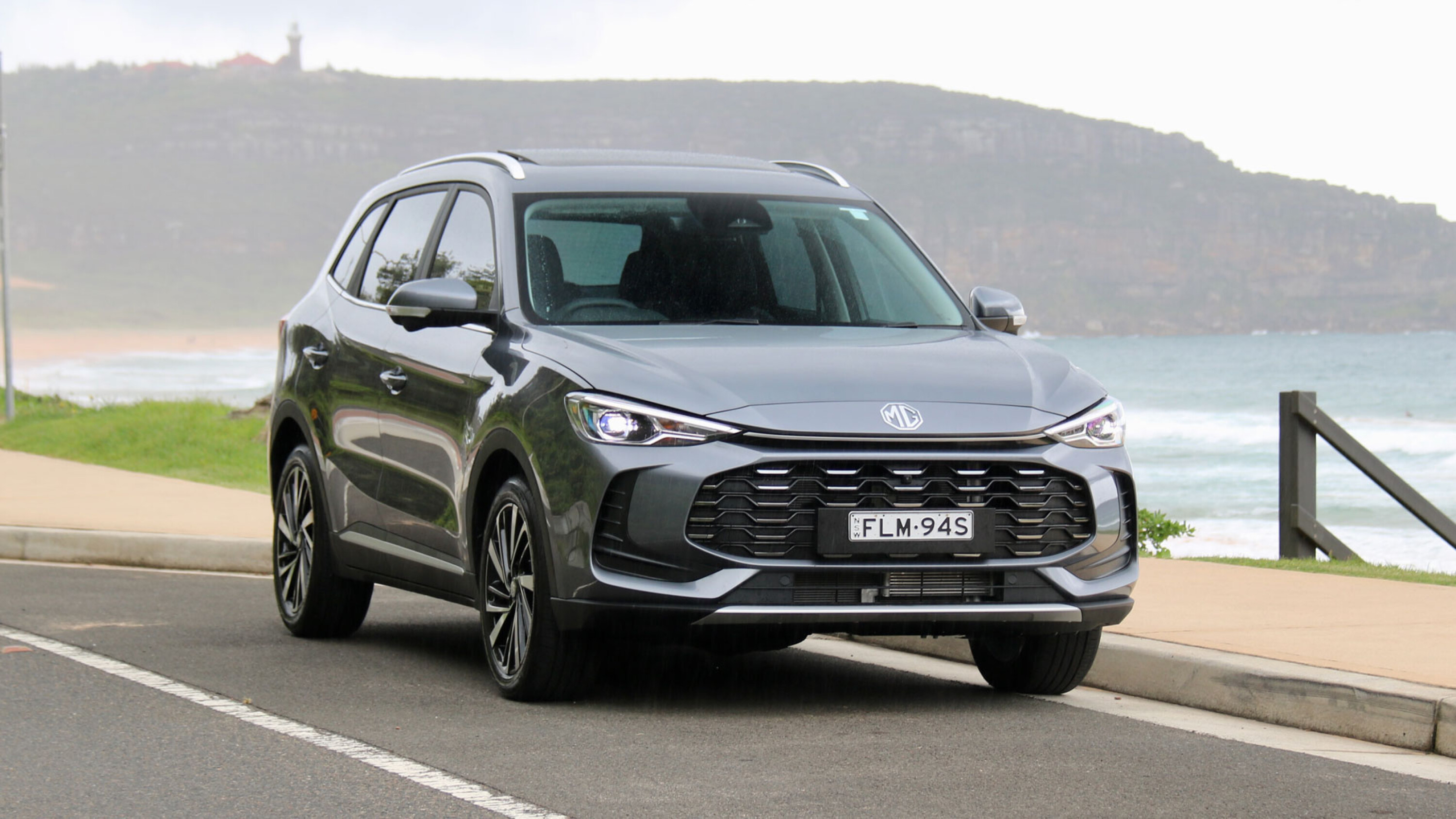
| Driving | |
|---|---|
| Interior | |
| Practicality | |
| Overall value |
The second-generation MG ZS first launched in Australia in November 2024 in Hybrid+ spec priced from $33,990 drive away, but the petrol-powered models have just arrived and lower the price of entry significantly to just $26,990 drive away.
While not as cheap as the ZST, the new ZS is better equipped and it’s also larger and more refined. The cabin is more modern with higher quality materials, while the growth spurt has allowed for a larger rear seat and boot – the size has increased from a healthy 359 litres to a large 443L with the seats up, for example.
The infotainment system has upgraded to MG’s latest unit, which is much easier to use than the system in the ZST and while it doesn’t feature smartphone mirroring that’s wireless, it’s still got sat-nav, digital radio and access to the company’s ‘iSmart’ live services so that owners can lock and unlock the car, turn on the climate control to warm or cool the car before getting in and even check where the car is.
On the road, the new ZS presents a compelling option in the small SUV segment as it’s more comfortable than the ZST and CX-3, and is a generally relaxing car to drive. The naturally aspirated 1.5-litre petrol engine is not fast, but should give most buyers enough performance. The only annoyance comes from the lack of steering wheel reach adjustment – just like the ZST – and the overactive speed limit assistance, which makes a fuss if you travel even 1km/h above the speed limit.
But the new MG ZS is a big improvement on the car it replaces and in the sub-$30,000 small SUV segment, does quite well overall. It offers more space than most rivals, more equipment than a lot of rivals, an industry-leading warranty and although service pricing isn’t cheap, it now matches the class leaders at 15,000km intervals.

| Driving | |
|---|---|
| Interior | |
| Practicality | |
| Overall value |
The second-generation MG ZS first launched in Australia in November 2024 in Hybrid+ spec priced from $33,990 drive away. Petrol-powered models have just arrived and lower the price of entry significantly to just $26,990 drive away, but we think the Hybrid+ is worth the extra spend.
While not as cheap as the ZST, the new ZS is better equipped and it’s also larger and more refined. The cabin is more modern with higher quality materials, while the growth spurt has allowed for a larger rear seat and boot – the size has increased from a healthy 359 litres to a large 443L with the seats up, for example.
The infotainment system has upgraded to MG’s latest unit, which is much easier to use than the system in the ZST and while it doesn’t feature smartphone mirroring that’s wireless, it’s still got sat-nav, digital radio and access to the company’s ‘iSmart’ live services so that owners can lock and unlock the car, turn on the climate control to warm or cool the car before getting in and even check where the car is.
On the road, the new ZS Hybrid+ presents a compelling option in the small SUV segment as it’s more comfortable than the ZST and CX-3, and is a generally relaxing car to drive. The 1.5-litre hybrid drivetrain is powerful making 158kW, yet efficient rated at just 4.7L/100km. The only annoyance comes from the lack of steering wheel reach adjustment – just like the ZST – and the overactive speed limit assistance, which makes a fuss if you travel even 1km/h above the speed limit.
But the new MG ZS Hybrid+ is a big improvement on the car it replaces and in the $30,000-$40,000 small SUV segment, does quite well overall. It offers more space and more equipment than a lot of rivals, an industry-leading warranty and cheap servicing, now with 15,000km intervals.
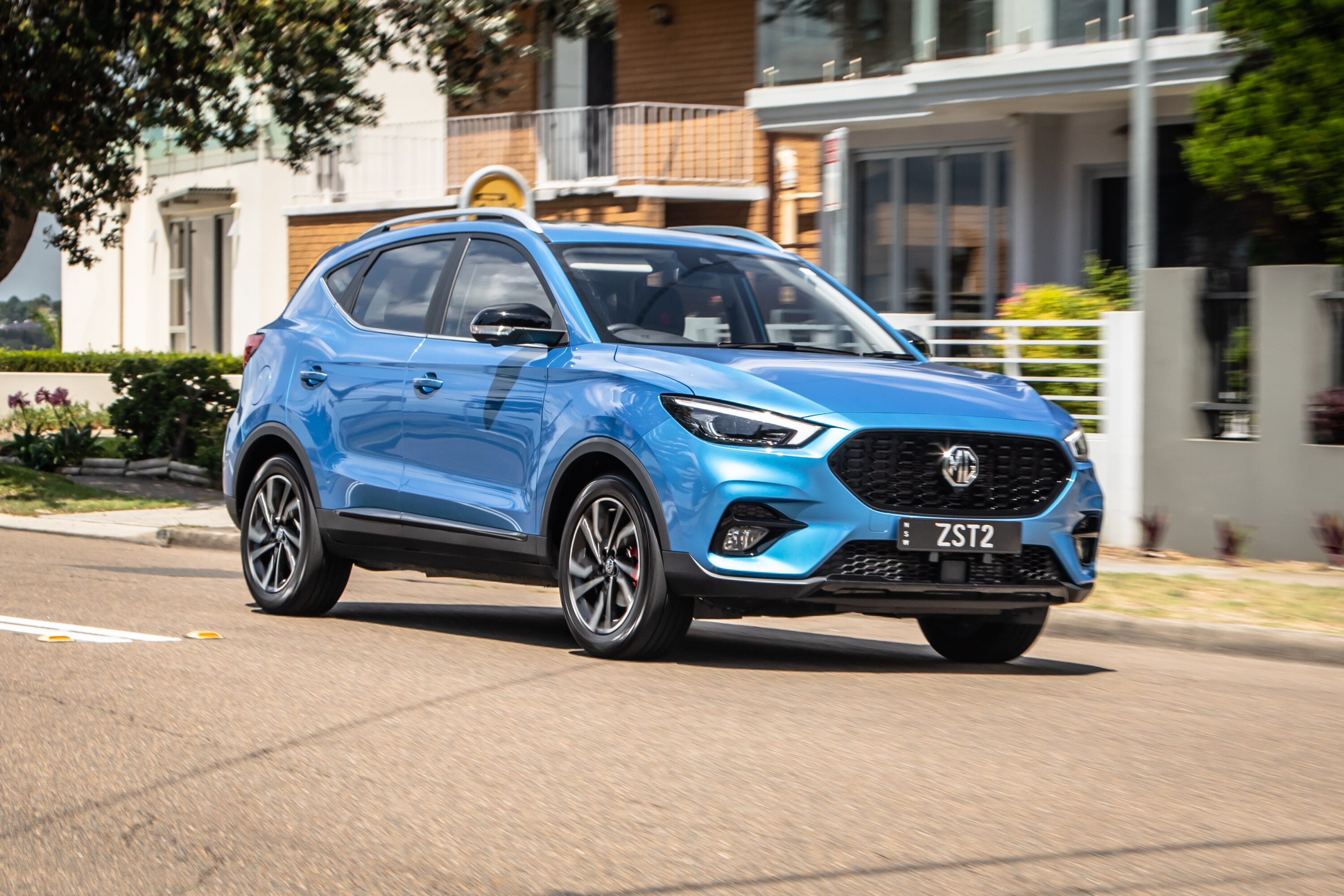
| Driving | |
|---|---|
| Interior | |
| Practicality | |
| Overall value |
The MG ZST debuted locally in 2017 as the ZS and after a few years, the facelifted ZST joined the range with more features, revised styling and a more powerful 1.3-litre turbo-petrol engine at the top of the range. The ZS remained on sale and together, they’ve outsold every other small SUV in Australia since 2021.
Value is undoubtedly the key to the ZST’s success in Australia. Not only is it cheap to buy – especially now in run out – but its 10-year warranty is industry leading and its service pricing is cheap as well. Plus, even the entry-level Vibe is well equipped with features like automatic LED lighting, a 10.1-inch touchscreen with Apple CarPlay and Android Auto and a full active safety suite.
The ZST’s interior is not the most up-to-date but it’s well featured and the material quality is good for the price with a lot of synthetic leather trim around the cabin. Both variants use a 10.1-inch touchscreen that features smartphone mirroring and satellite navigation. It’s not the easiest or fastest system to use, but the screen quality is good.
The driving experience of the ZST is comfortable, though it could be a bit quieter for road noise and the driving position is hampered by a lack of reach adjustment for the steering wheel. The naturally aspirated engine in the ZST Vibe is not the punchiest engine in the world, but it’s fine among the competition for the price – the turbo unit in the Essence is much livelier, if that’s what you’re searching for.
Overall, it’s not difficult to see why the MG ZST has been so popular in Australia. Now that it’s in run out, its pricing is even sharper and it’s one of the few new cars available for under $25,000 drive away. Add in a 10-year warranty, a long list of equipment and a relaxed driving experience and it’s easy to see why it’s been so popular since its release.
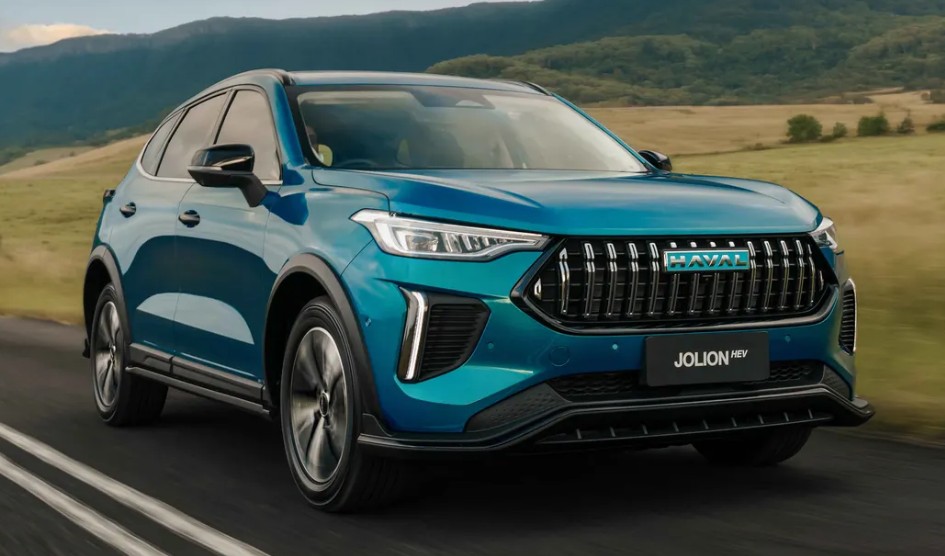
| Driving | |
|---|---|
| Interior | |
| Practicality | |
| Overall value |
With 14,238 sales in 2024 alone in Australia, the GWM Haval Jolion was the third-best selling small SUV and it’s easy to see why. Priced from just $26,990 drive away and sporting larger dimensions than a lot of competitors, the Jolion offers a lot of features and metal for the money.
Under the bonnet is a 1.5-litre turbocharged petrol engine that drives the front wheels using a seven-speed dual-clutch transmission. It makes reasonable 105kW and 210Nm outputs, though its 8.1L/100km claimed fuel consumption is the highest of the sub-$30k entrants – and in our experience, it’s likely to be even higher in the real world as well.
The Jolion’s cabin is a mixed bag. The quality is good for the price, and it’s also quite practical and spacious for its size. Though the infotainment screen is good quality, trying to turn the intrusive active safety features off can be difficult at speed thanks to the confusing menus.
The Jolion’s ride and handling balance also trails the class leaders – it’s too softly sprung at times, giving lacklustre body control. The driving position is also compromised thanks to the lack of reach adjustment for the steering wheel and under-thigh angle adjustment for the driver’s seat, which makes you feel as though you’re sitting on the seat, rather than in it.
Still, the Jolion’s value equation is excellent and that’s not just from cheap purchase pricing but also from cheap servicing and a long warranty. It’s easy to see why so many people have bought a Jolion, but as always, make sure you do your research before committing.
Looking to get into a brand-new small SUV? Our stories below will guide you to the model that best suits your needs!
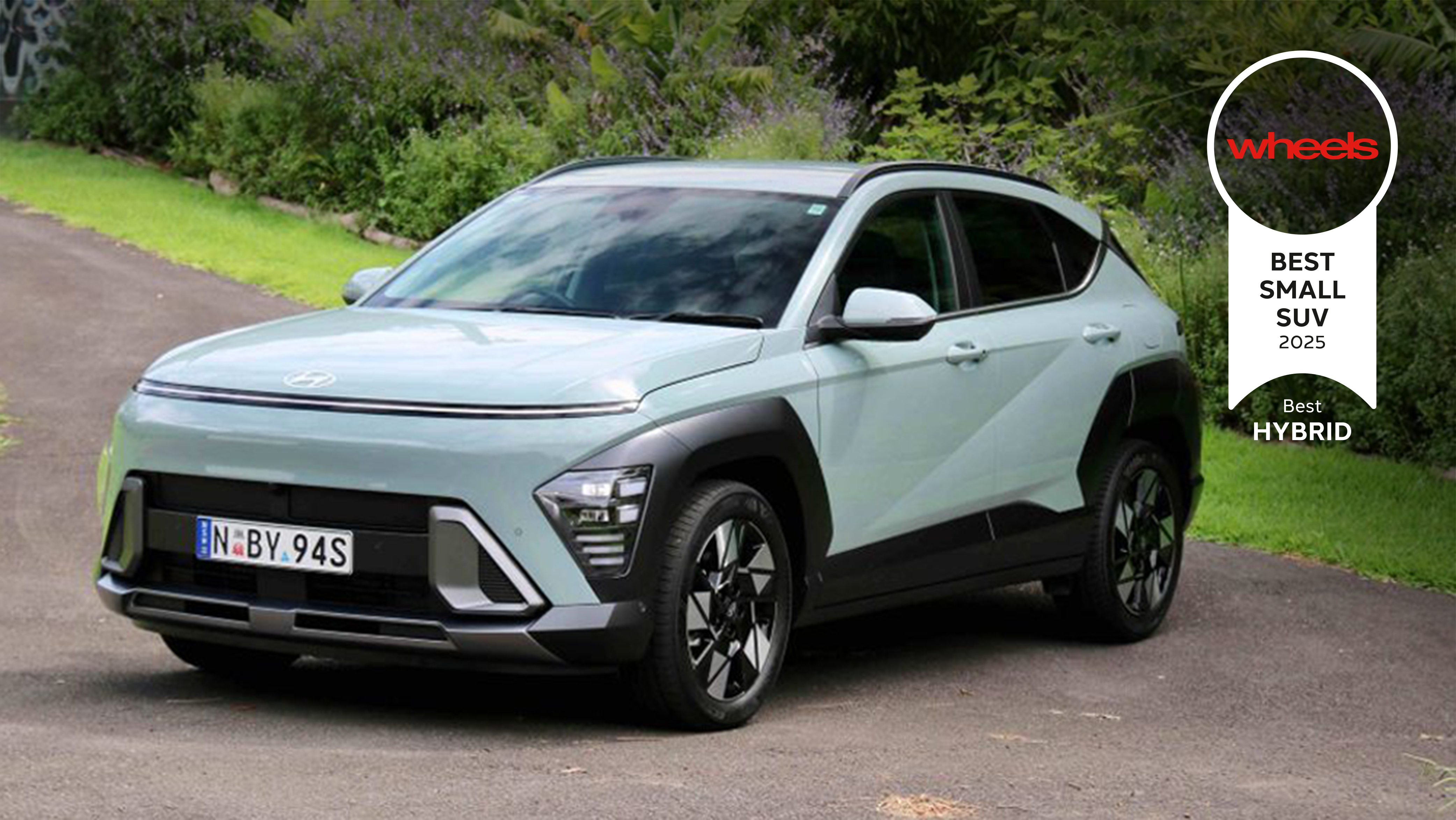
| Driving | |
|---|---|
| Interior | |
| Practicality | |
| Overall value |
The second-generation Hyundai Kona has been on sale in Australia for over a year now and, like its predecessor, is proving popular with over 17,000 sold last year alone. The new Kona is larger, more mature, more refined and features an optional hybrid drivetrain for the first time locally, which we think is the model to choose.
Where the Kona has seen the biggest improvement is in its interior design as it’s now more up-to-date than the previous Kona, which felt dated in comparison to newer Hyundai models. The Kona’s cabin could be better quality, but there’s no denying the awesome practicality and pleasing ergonomics throughout.
The rear seat of the new Kona is larger than the old one and two adults will fit perfectly fine this time around. The boot is also larger now at 407-litres seats up and 1,241L with them folded, while there are some clever tricks like a dual-level boot floor to help practicality further. Impressively, all models feature a spare wheel.
This time around are a choice of three drivetrains: a naturally aspirated 2.0-litre petrol, a 1.6-litre hybrid or a turbocharged 1.6-litre, all mated to – CVT, dual-clutch and torque converter respectively – automatic transmissions. The former two are front-wheel drive, with the turbo engine exclusively all-wheel drive in Australia. The new Kona drives well with a great ride quality and improved refinement as well, especially with road noise.
Overall, the new Hyundai Kona is a worthy competitor in the small SUV segment thanks to its all-round ability: it’s much more practical this time around, good to drive, more practical, cheap to service and – finally – offers a hybrid choice.
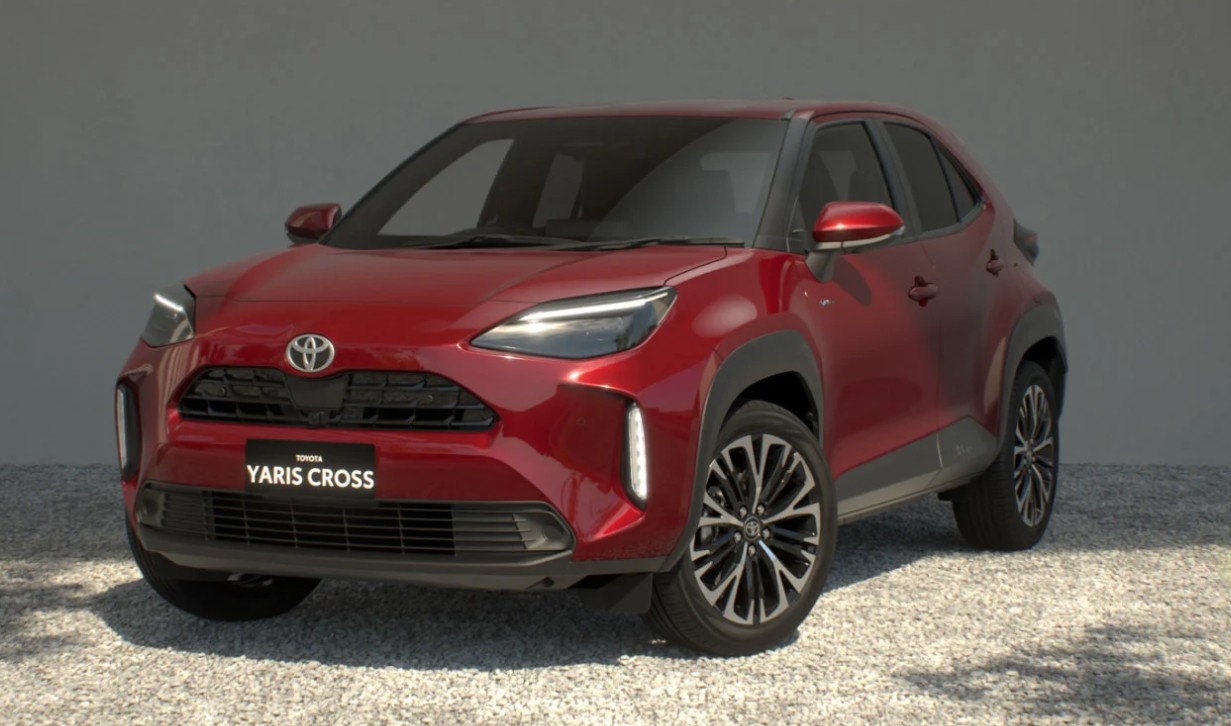
| Driving | |
|---|---|
| Interior | |
| Practicality | |
| Overall value |
The Toyota Yaris Cross is the smallest SUV that the company sells in Australia. The Yaris Cross is like its Corolla Cross sibling: larger and more practical, though using the same name as the car on which it’s based – in this case, the Yaris hatchback. Pricing starts at $30,900 for the entry-level GX and like all other non-performance/4WD/commercial Toyotas sold locally, the Yaris Cross is now only offered in hybrid form.
Under the bonnet is a 1.5-litre three-cylinder hybrid drivetrain making 85kW, which sends power to either the front or all wheels via a CVT gearbox. The claimed fuel consumption for the Yaris Cross ranges from just 3.8L/100km for 2WD models to 4L/100km for the slightly heavier AWD model, which is excellent. You’ll likely get similar consumption in real life too.
On the road, the Yaris Cross impresses with solid driving dynamics and a comfortable ride quality, though refinement could be better as both engine and road noise make themselves known.
The cabin of the Yaris Cross is good quality and funky, and a recent update gave it a digital driver’s display and new infotainment software to make it more modern and user-friendly inside. There are multiple storage spots, while the new central armrest has made it more comfortable. While the back seat isn’t huge, it will take two adults fine. The 390-litre boot is actually larger than all-wheel drive Corolla Cross models, though it shrinks to 316L with its own AWD system fitted.
Like the Corolla Cross, five-year servicing for the Yaris Cross is cheap and both its mechanical and battery warranties are extended by servicing through a Toyota dealership. Overall, the Yaris Cross is an excellent entry-level SUV that’s very fuel efficient, nice to drive and good quality, though it could be more refined and cheaper across the range.
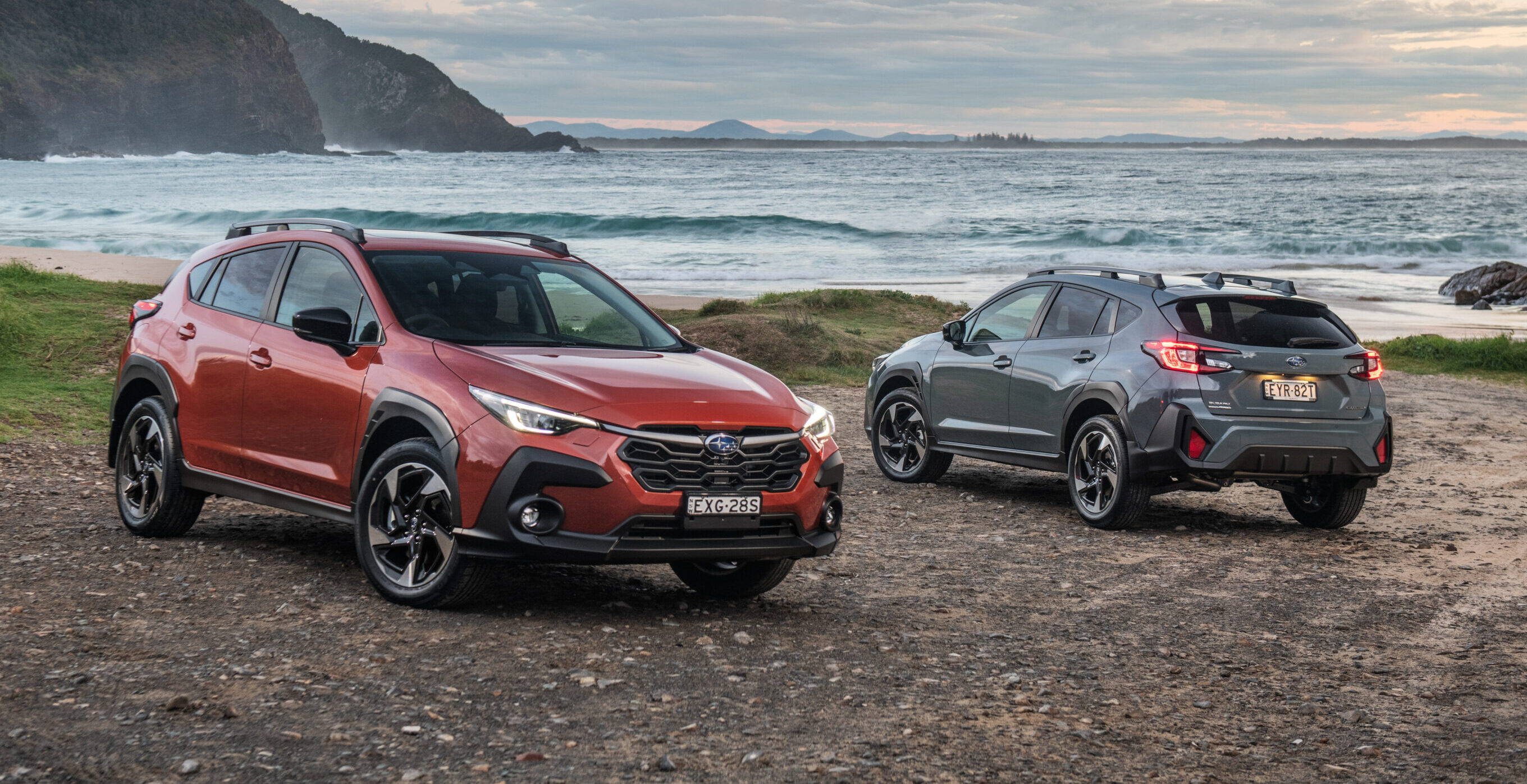
| Driving | |
|---|---|
| Interior | |
| Practicality | |
| Overall value |
If you’re looking for the best all-round small SUV that can comfortably go off-road, the Subaru Crosstrek is the car to choose. With the company’s famous ‘symmetrical’ all-wheel drive system, 220mm of ground clearance and its ‘X-Mode’ off-road modes, the Crosstrek can go much further than all its rivals – bar the hardcore Suzuki Jimny, though that’s much smaller and way less practical and refined.
Off-road chops aside, the Crosstrek is a solid offering in the segment. Its interior offers reasonable quality and a huge 11.6-inch touchscreen with features like sat-nav, digital radio and wireless smartphone mirroring. The seats are comfortable and as we’ve seen with many Subarus for this century, it’s packed with safety features like nine airbags, AEB, lane keeping assistance and adaptive cruise control.
Under the bonnet is a 2.0-litre four-cylinder ‘Boxer’ engine with or without hybrid assistance. While the engine can feel a bit sluggish, we’d still not bother with the hybrid as it only reduces the fuel consumption by 0.7L/100km to 6.5L/100km, but feels no different on the road and its battery location removes the spare wheel. Later in 2025 will be a more powerful and more efficient 2.5-litre ’strong hybrid’ version of the Crosstrek, and if you’re set on a hybrid, we’d wait for that.
The Crosstrek is otherwise quite nice to drive with a comfortable ride, good visibility and reasonable refinement as well. Likewise, Subaru’s five-year warranty is reasonable for the industry, though its service pricing isn’t cheap. While we’re moaning, the Crosstrek’s 291-litre boot is small and while the rear seat is roomier than you’d expect, it doesn’t feature air vents.
Overall, the Subaru Crosstrek is a popular offering in the small SUV segment. Its cabin is more spacious than you might expect, the whole range is well equipped and it offers an enjoyable driving experience – plus, it will go much further off-road than almost all of its rivals. Its lacklustre drivetrains could be better, as could its small boot, but it’s an overall solid offering in the segment.
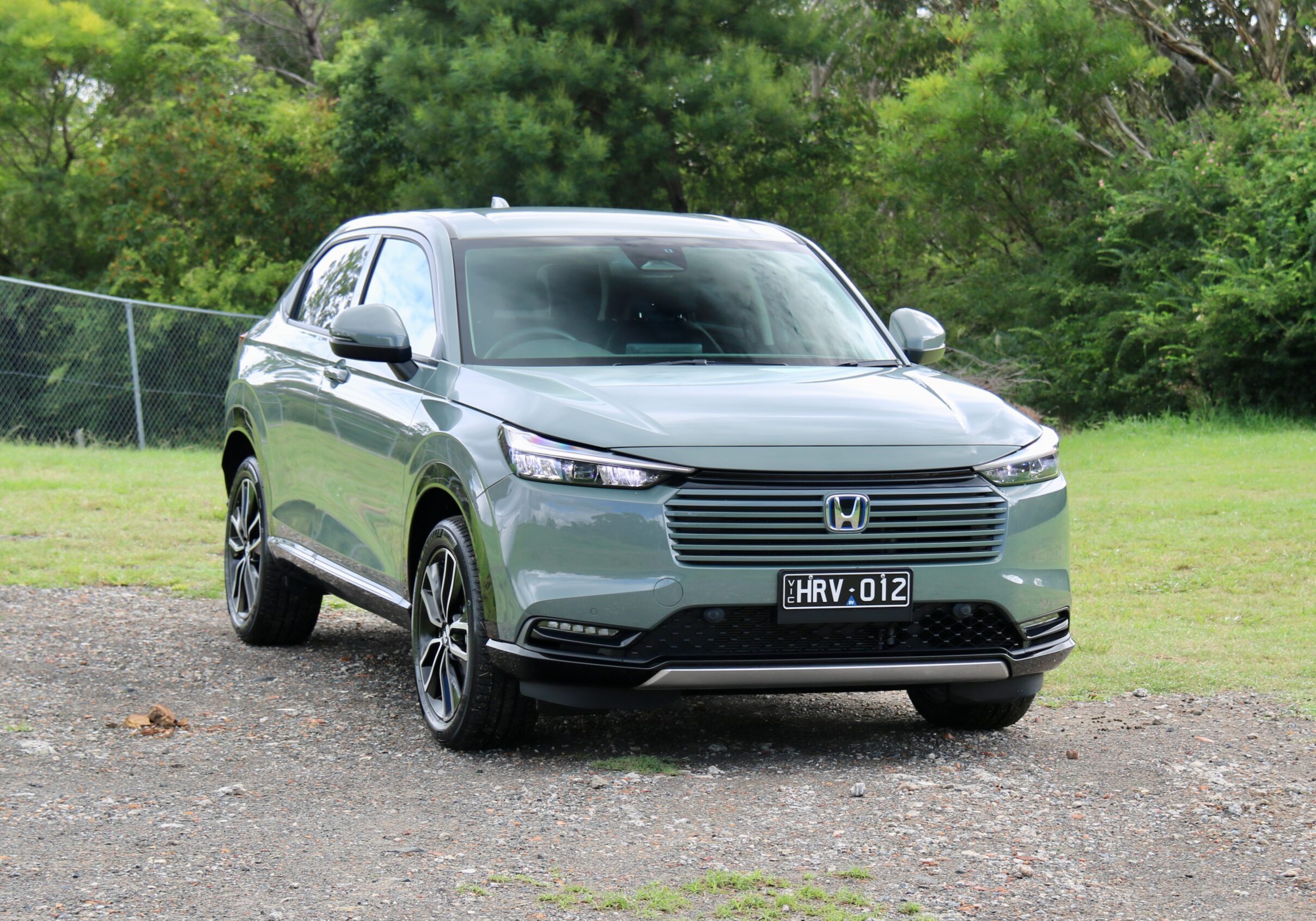
| Driving | |
|---|---|
| Interior | |
| Practicality | |
| Overall value |
Standing for “high-riding revolutionary vehicle”, the Honda HR-V small SUV was originally introduced in 1999 and two generations later, the HR-V has just been given a mild update with styling tweaks, some new equipment and a new mid-spec model. Pricing starts at $32,900 drive away, though for the better equipped hybrid, you’ll be spending at least $39,900 drive away.
The interior of the HR-V is typically Honda good quality, with cool touches like the climate control knobs lighting up blue or red when turning the temperature up or down, and side air vents that can be set to direct airflow towards the roof. The central touchscreen is a breeze to use, and features sat-nav, DAB+ and wireless smartphone mirroring across the range.
Turning to the back seat reveals the HR-V’s party piece in the small SUV segment: its excellent packaging. The rear seat is one of the roomiest in the segment with excellent legroom and headroom, while two adults will be quite comfortable – and that’s all you’re getting in there, because the HR-V is only a four-seater in Australia.
Making up for that slightly are Honda’s ‘Magic Seats’, which allow for a completely flat loading bay for when the rear seats are folded, but the cool trick is that the seat base folds up to rest against the backrest, allowing for taller items to be carried in the rear cabin. The boot is not massive at 304 litres, though that extends to a large 1,274L with the rear seats folded. Annoyingly though, there’s no spare wheel.
The driving experience of the HR-V is positive – the petrol engine feels a bit underpowered in anything other than urban driving, but the hybrid is noticeably better and far more efficient, rated at just 4.3L/100km for fuel consumption. It’s also refined and reasonably fun to drive, and quite comfortable. Honda’s five-year warranty can be extended to eight years in total, while the $199 cost for each of its first five services is quite cheap too.
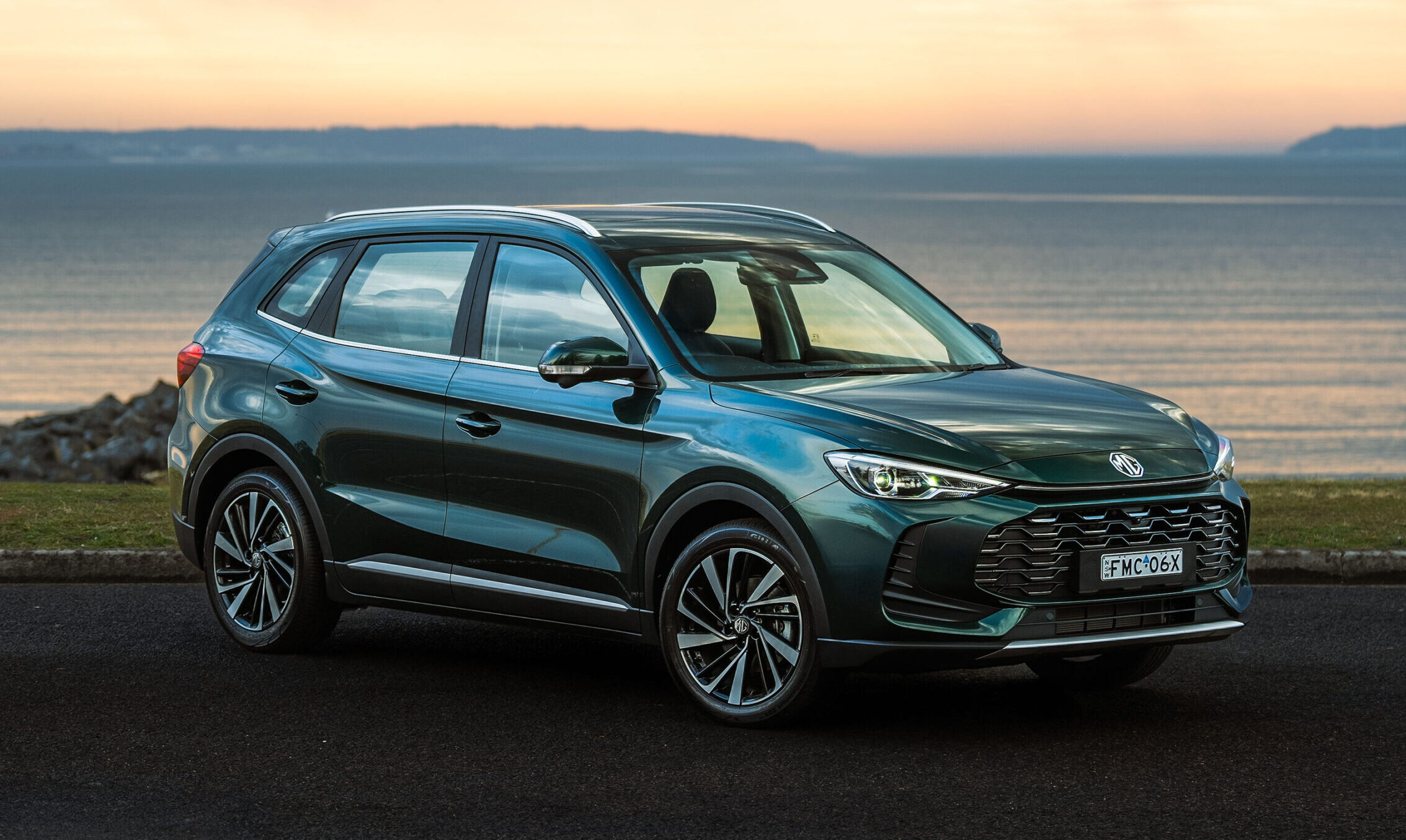
| Driving | |
|---|---|
| Interior | |
| Practicality | |
| Overall value |
The second-generation MG ZS first launched in Australia in November 2024 in Hybrid+ spec priced from $33,990 drive away. Petrol-powered models have just arrived and lower the price of entry significantly to just $26,990 drive away, but we think the Hybrid+ is worth the extra spend.
While not as cheap as the ZST, the new ZS is better equipped and it’s also larger and more refined. The cabin is more modern with higher quality materials, while the growth spurt has allowed for a larger rear seat and boot – the size has increased from a healthy 359 litres to a large 443L with the seats up, for example.
The infotainment system has upgraded to MG’s latest unit, which is much easier to use than the system in the ZST and while it doesn’t feature smartphone mirroring that’s wireless, it’s still got sat-nav, digital radio and access to the company’s ‘iSmart’ live services so that owners can lock and unlock the car, turn on the climate control to warm or cool the car before getting in and even check where the car is.
On the road, the new ZS Hybrid+ presents a compelling option in the small SUV segment as it’s more comfortable than the ZST and CX-3, and is a generally relaxing car to drive. The 1.5-litre hybrid drivetrain is powerful making 158kW, yet efficient rated at just 4.7L/100km. The only annoyance comes from the lack of steering wheel reach adjustment – just like the ZST – and the overactive speed limit assistance, which makes a fuss if you travel even 1km/h above the speed limit.
But the new MG ZS Hybrid+ is a big improvement on the car it replaces and in the $30,000-$40,000 small SUV segment, does quite well overall. It offers more space and more equipment than a lot of rivals, an industry-leading warranty and cheap servicing, now with 15,000km intervals.
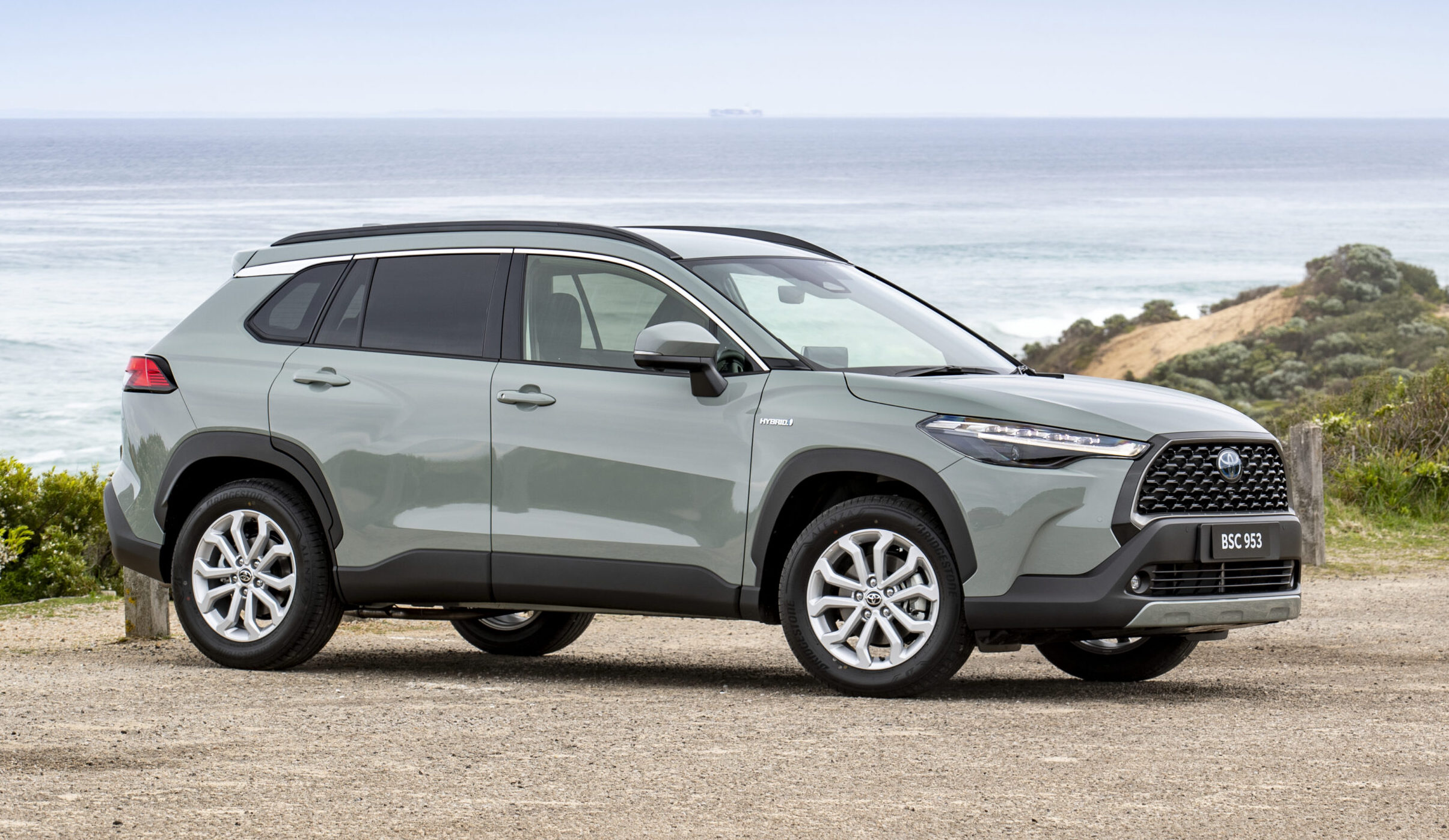
| Driving | |
|---|---|
| Interior | |
| Practicality | |
| Overall value |
It’s not unusual for manufacturers to offer multiple models in the same segment and Toyota is one such manufacturer: in the small SUV segment, it offers not only the Yaris Cross and C-HR, but also the Corolla Cross, the latter of which is the largest and most practical Toyota small SUV offering.
Priced from $36,480 plus on-road costs for the entry-level GX, like its siblings, the Corolla Cross is hybrid-only and in this case, is only available with the larger 2.0-litre hybrid drivetrain, making a healthy 146kW – or the same power as the turbocharged 1.6L Kia Seltos. Both front- and all-wheel drive are available on the mid-spec GXL and top-spec Atmos as well.
The cabin of the Corolla Cross is quite similar in look to the regular Corolla with an almost identical dashboard layout, though the lower centre console is taller and more practical. There’s plenty of cabin space in the Corolla Cross too, particularly in the rear, while the boot measures from a small 380 litres in the top-spec Atmos AWD to a healthier 425L in the GX and GXL 2WD models.
The driving experience of the Corolla Cross is not the most refined, but the ride quality is compliant and mature on higher-speed roads, while the handling – particularly in the AWD models with their multi-link rear suspension set up – is enjoyable as well.
As you’d expect for a Toyota, the servicing is cheap at just $1,275 for the first five years and servicing at a Toyota dealership extends the mechanical warranty to seven years in total, and the battery warranty to 10 years in total if annual battery checks are performed. It’s clear that while the Corolla Cross’ pricing is not cheap, its running costs are low and that’s in addition to its other attributes: it’s practical, good to drive and a great all-rounder.
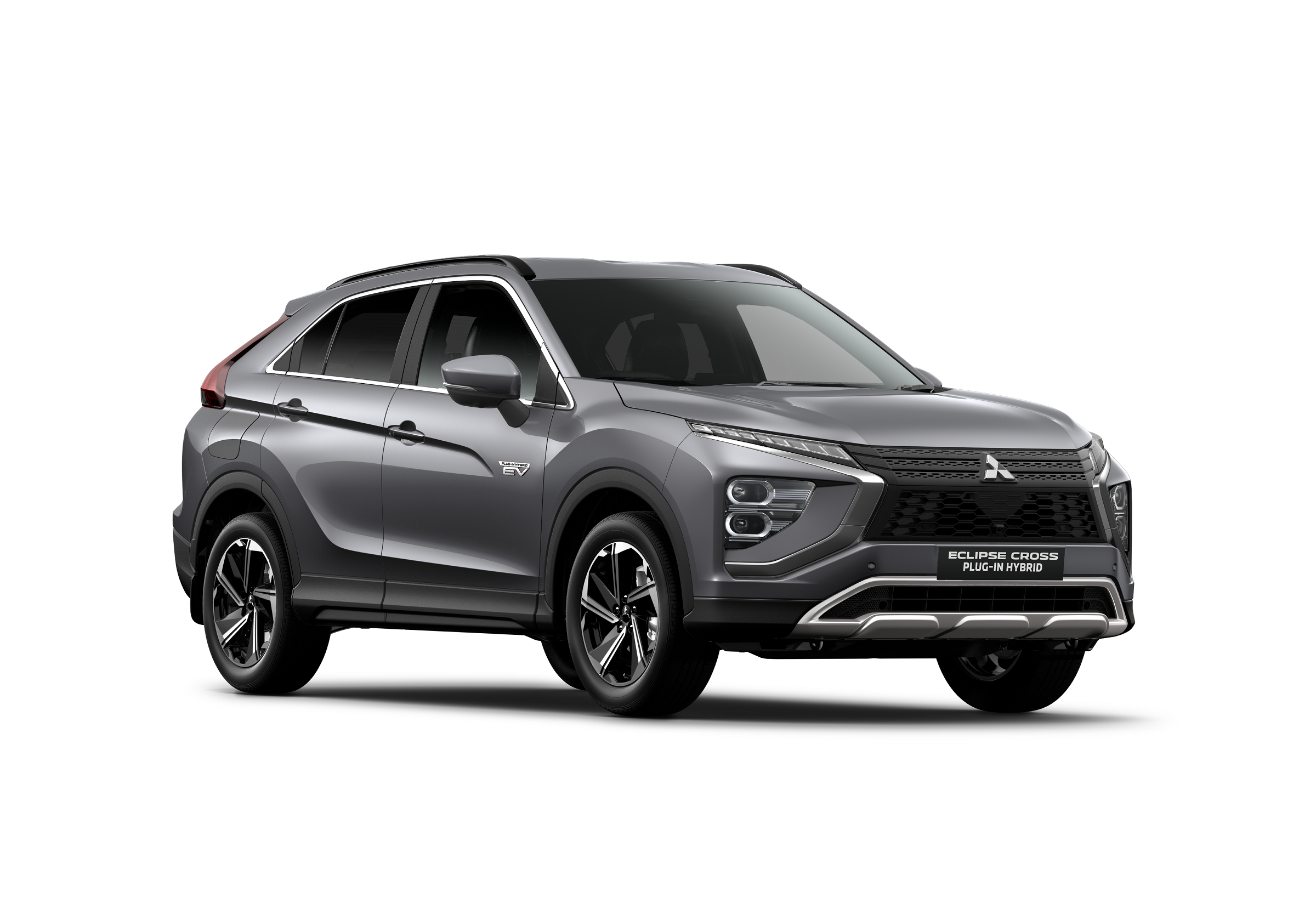
| Driving | |
|---|---|
| Interior | |
| Practicality | |
| Overall value |
Production for Australia has already stopped but the Mitsubishi Eclipse Cross still has appeal for small SUV buyers. Launched in 2017 as the slightly larger and more premium sibling to the big-selling ASX, the Eclipse Cross features a practical cabin that can comfortably carry four adults and their luggage.
The cabin of the Eclipse Cross feels a bit dated in parts like the basic touchscreen, but it’s ergonomically sound and the seats are comfortable. The quality is reasonable, with lots of soft touch points, and it’s certainly more upmarket than the ASX that sits below it in price. Its 405-litre boot is a good size for the segment as well.
Pricing starts at $31,990 plus on-road costs for the entry-level ES petrol, and buyers can choose from not only multiple models but also different drivetrains, including a plug-in hybrid that’s priced from $47,790 +ORC.
The 2.4-litre plug-in hybrid drivetrain in the Eclipse Cross range is refined and gutsy, and can impressively be DC fast charged. Mitsubishi says that it can cover around 50km of electric driving before needing the petrol engine to help too, and we found that fairly accurate in the real world. The driving experience is softer and less well damped than a lot of rivals, but it’s still comfortable enough. It’s not sporty like the Eclipse name suggests, but the plug-in hybrid and its cool all-wheel drive system can be fun to drive.
Where the Eclipse Cross has more appeal is in its aftersales program with a five-year warranty that can be extended to 10 years in total with dealer servicing. Add in low capped price servicing and it’s easy to see with the Eclipse Cross has appeal to small SUV buyers.
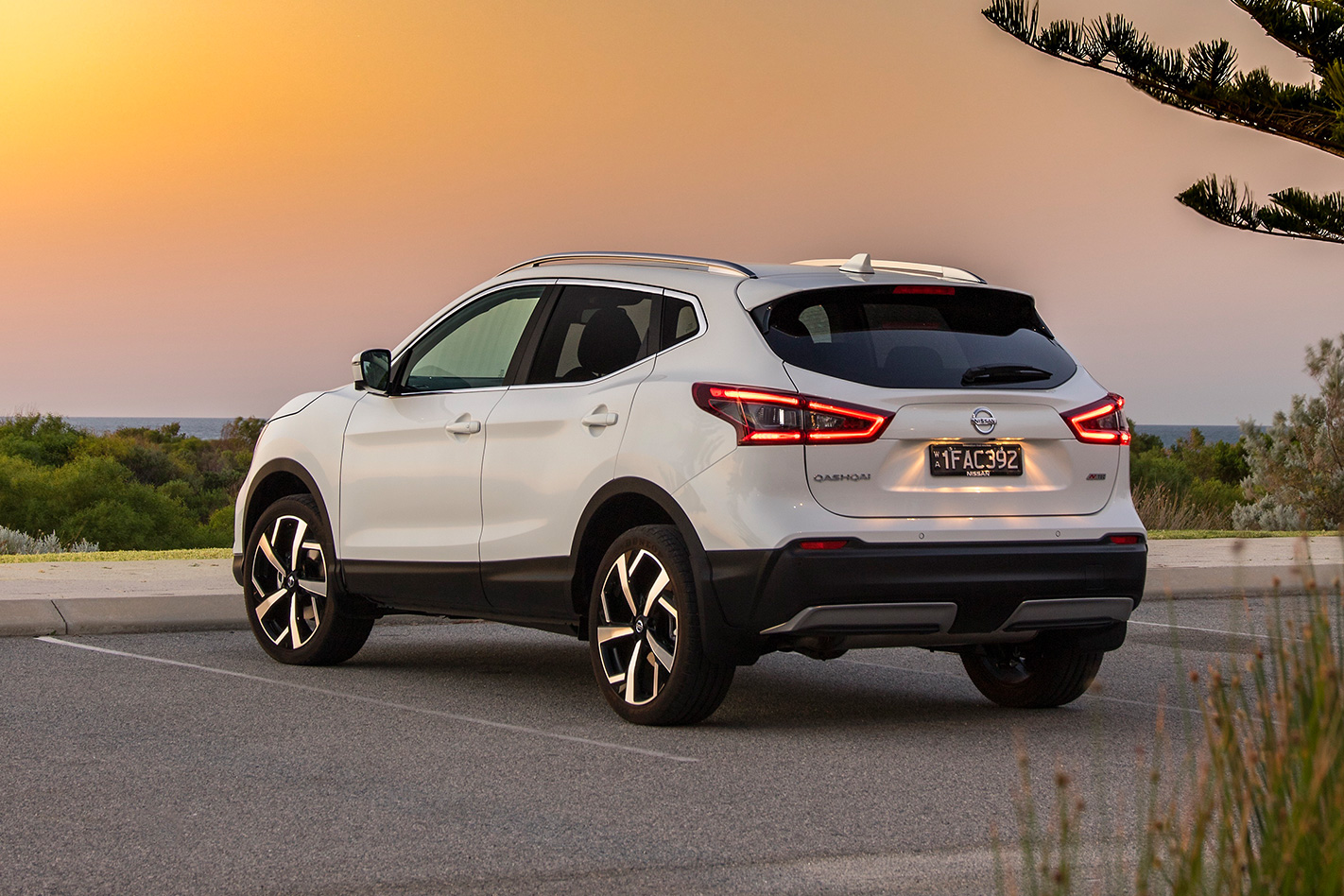
| Driving | |
|---|---|
| Interior | |
| Practicality | |
| Overall value |
The Nissan Qashqai – formerly Dualis in Australia – is a car that we think should sell stronger. While its 6,560 units sold in 2024 were reasonable, it has more sales potential and the recent facelift should help thanks to an improved value equation, particularly at the entry level where a lot more standard equipment did not – surprisingly – lead to a price rise.
The cabin of the Qashqai is one of the highest quality in the segment thanks to plenty of soft touch materials and lively damped switchgear. A 12.3-inch touchscreen is now standard across the range and it’s more modern than the former system formerly used in lower models – it’s crisp and well-featured. The rear seat of the Qashqai is reasonably spacious and will fit two adults fine, and the boot measures a healthy 479 litres with the seats up and 1,422L with them folded.
Under the bonnet of the Qashqai is a choice of two engines: a 1.3-litre turbo four-cylinder or a 1.5-litre turbo three-cylinder hybrid, with both driving only the front wheels through a CVT automatic transmission. Both need premium unleaded fuel, but both are quite fuel efficient – especially the hybrid in the real world.
On the road, the Qashqai impresses with a mature and refined driving experience that feels quite European, which is no surprise given that it was built there and designed for those roads. Both available drivetrains feel peppy for the segment, and impress with their low end grunt. Even the CVT transmission is mostly un-CVT like in its operation thanks to well defined stepped ratios.
Nissan’s five-year warranty can impressively be extended to 10 years in total if serviced through a Nissan dealership, while the brand has also improved its five-year service cost at just $1,995. Overall, the Qashqai is a classy and refined entrant to the segment that deserves more love from buyers. It’s well rounded with a great cabin, reasonable practicality, a solid driving experience and gutsy drivetrains, including the unique range-extended hybrid system. While it’s still not cheap to buy, the recent facelift improved the value equation and it’s a more worthy buy as a result.
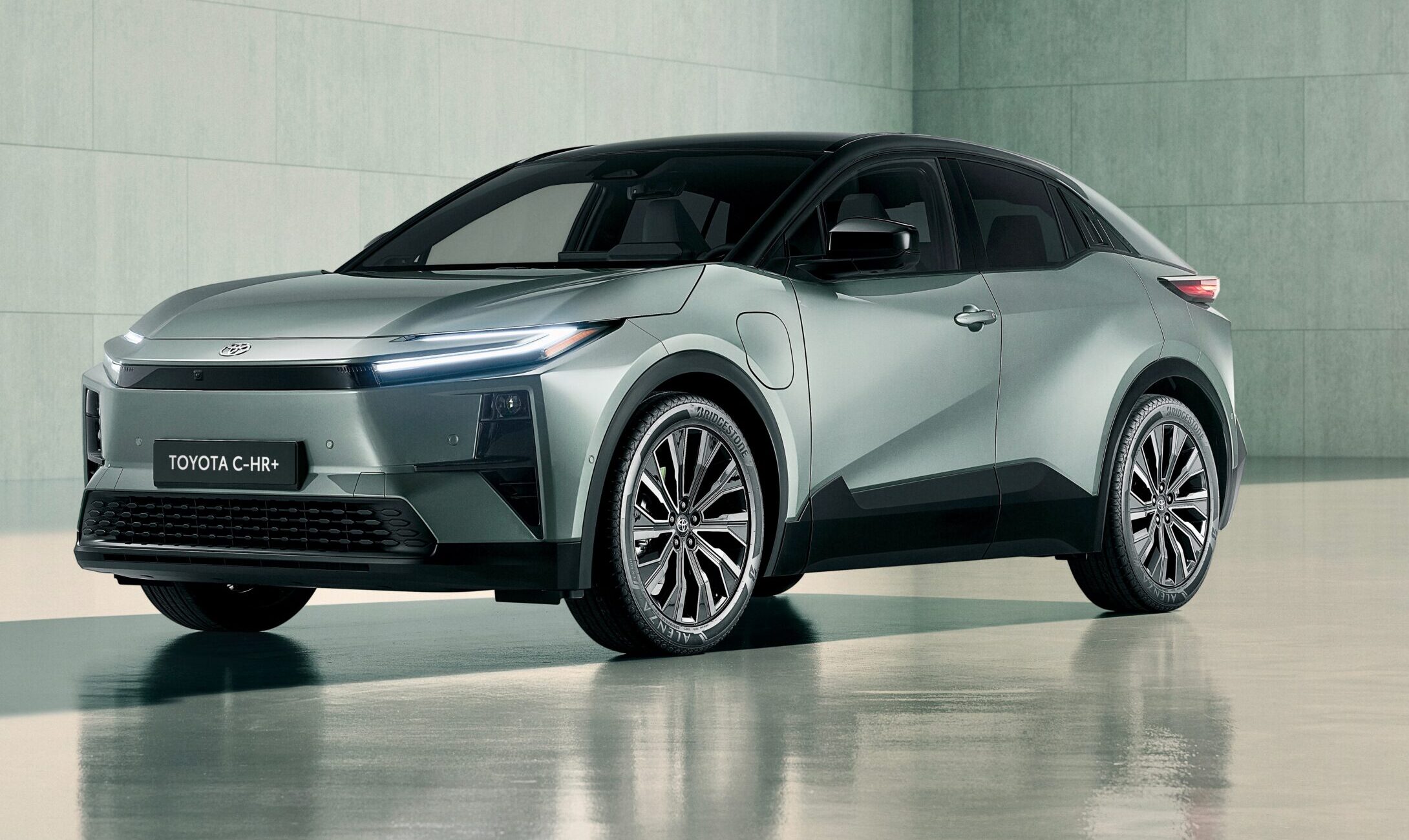
| Driving | |
|---|---|
| Interior | |
| Practicality | |
| Overall value |
The C-HR was actually Toyota’s first modern-day small SUV sold locally, slotting beneath the then-current RAV4 mid-sizer upon its release in 2017. Fast forward to now and not only does Toyota have two other small SUVs in its line-up, but the C-HR is also now even more exotic to look at and – thanks to a new production source – more expensive than its siblings.
Priced from $42,990 plus on-road costs – or at least $10,000 more than when the first-generation model was released – the new C-HR is available in three models: base GXL, mid-spec Koba and top-spec GR Sport. The GXL and Koba use a 1.8-litre hybrid drivetrain and the GR Sport a larger 2.0-litre unit, and while the smaller engine is totally fine, the larger one is a spritely performer. Both are quiet efficient and will happily return under 5L/100km in the real world without trying.
The interior of the C-HR is Toyota’s most driver-focused cabin in years with a clear dashboard angling towards the pilot. Material quality – particularly in the Koba and GR Sport – is pleasing, with lots of soft touch materials used. The new 12.3-inch touchscreen is quite responsive and bright, as well as fully featured, while the front cabin is quite practical as well with lots of storage space. The rear seat, however, is cramped and while two adults will fit, it’s a bit claustrophobic. The boot measures from 362 litres in the GR Sport to 388L in the GXL – the GXL is also the only model with a spare wheel.
Toyota’s five-year warranty is pretty standard nowadays, though dealer servicing increases the mechanical warranty to seven years and the battery warranty to 10 years in total, and while roadside assistance is optional, servicing is cheap at just $255 each for the first five years/75,000km (whichever comes first).
Overall, the C-HR is much the same as it’s ever been, though with even more style this time around. It’s pleasurable to drive, good quality, well equipped and cheap to run, if not cheap to buy, nor that practical. If you’re after a more practical or better value alternative, Toyota will sell it to you, but there’s no denying that the new C-HR has appeal.

| Driving | |
|---|---|
| Interior | |
| Practicality | |
| Overall value |
The Kia Niro is the brand’s unique hybrid and electric small SUV that differs from the larger, cheaper and petrol-only Seltos. Priced from $45,000 plus on-road costs in hybrid form, the Niro can also be had as an EV and both are available in either base S or top-spec GT-Line form. Both the S and GT-Line are relatively well equipped, though the S still lacks features like a leather steering wheel or LED headlights, making the $5,650 jump to the GT-Line worth it in our view.
The cabin of the Niro is funky and much better quality than the basic Seltos’ cabin, with more soft touch surfaces in order with its more expensive pricing and higher-tech drivetrains. Its front cabin is also more practical than the Seltos with lots of storage, though the rear seat and boot aren’t quite as large. Measuring 425-litres with the seats up, the Niro’s boot is average in size.
On the road, the Niro range shows off its Australian-tuned suspension with excellent ride and handling that shames a lot of competitors. The hybrid drivetrain isn’t the quickest, but has more than enough grunt for most buyers. Helping the drivetrain is a six-speed dual-clutch automatic transmission that differs from rivals as it’s not a CVT, but that makes it feel more natural.
Kia’s industry coverage is above average in this company, though its service pricing is expensive at almost $570 per year. Thankfully, its real world low fuel useage will help pay for that, but it should be cheaper to own.
The Kia Niro has a lot going for it, including a handsome design, practical and tech-filled cabin, a peppy and efficient drivetrain and a long warranty. Counting against it is its expensive pricing, expensive service costs and that its ICE-powered Seltos sibling – let alone the Hyundai Kona Hybrid that it shares so much with under the skin – is less expensive to buy.
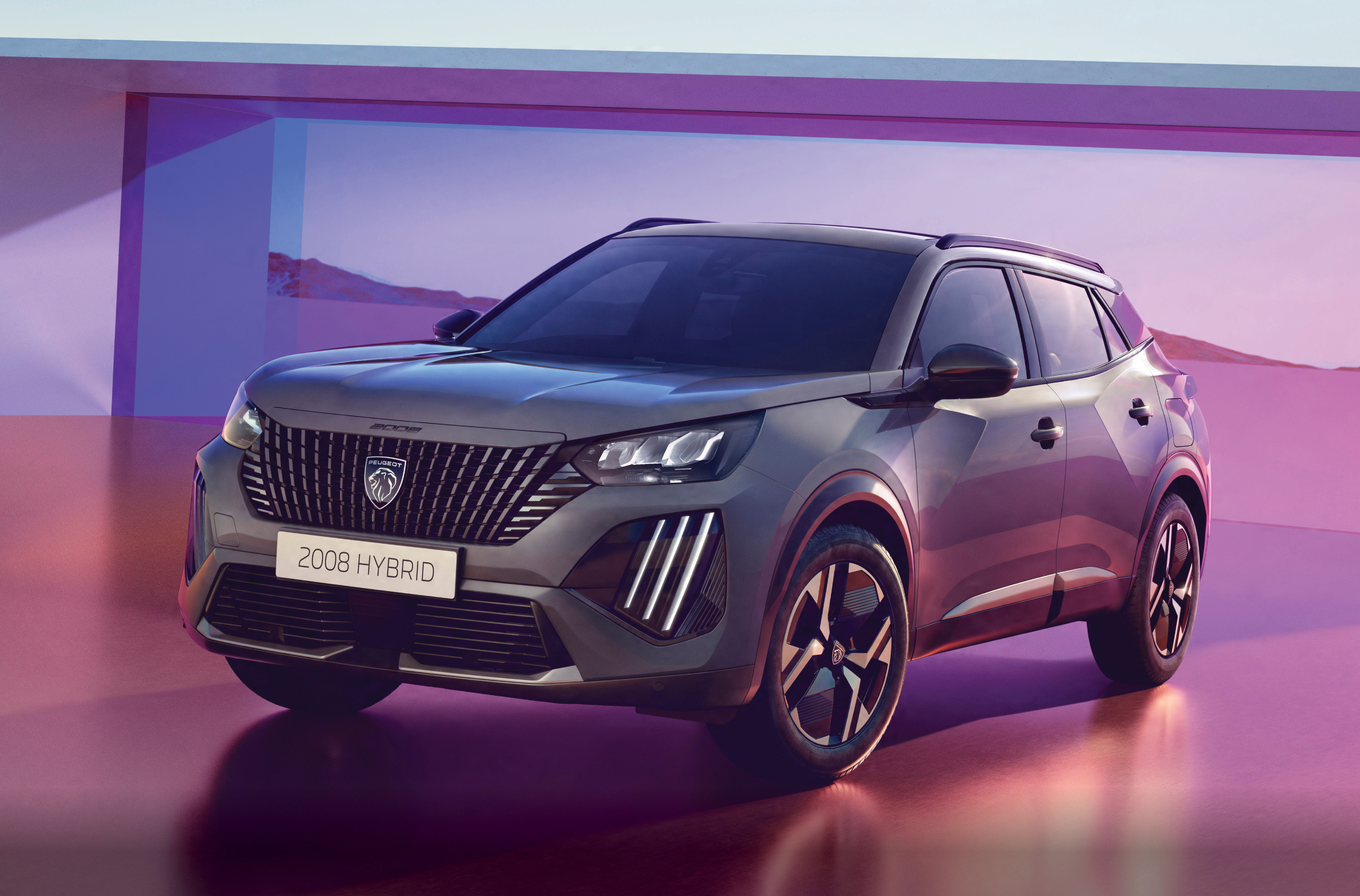
| Driving | |
|---|---|
| Interior | |
| Practicality | |
| Overall value |
The Peugeot 2008 is one of the brand’s most popular products in Australia. It recently received a mid-life facelift with new styling, new features and a new model line-up, and now it’s also getting a new 48V mild-hybrid drivetrain. But unlike most other mild hybrid drivetrains, the 2008’s is capable of powering the car by itself like a typical Toyota or Honda drivetrain.
Because of that, the 2008 Hybrid’s fuel consumption is rated at just 4.4L/100km – or almost 2L/100km less than the pre-update pure-petrol model that was actually less powerful at 96kW versus 100kW now. The new mild-hybrid drivetrain’s electric motor contributes an extra 51Nm of torque from 0rpm, making for smoother progress than the regular turbo-petrol engine, and the new six-speed dual-clutch transmission should be faster than the older regular auto.
Its interior is full of interesting materials like suede, leather and even lime green stitching on the upper-spec GT, plus it’s super practical with ample storage in the front. It uses a 10-inch touchscreen that’s well featured and easy to use, though some of the interior buttons could be more ergonomically pleasing to use. The rear seat of the 2008 is tighter than some rivals, though two adults will be fine, and its healthy 434-litre boot opens up to a large 1,467L with the rear seats folded.
On the road, the 2008’s ride quality impresses thanks to its suppleness – it doesn’t pretend to be all sporty, it’s just quite comfortable. It also handles well, and its refinement is excellent as well. The 2008 is covered by an industry-average five-year/unlimited km warranty, though with five years of roadside assistance and overall, while it’s not cheap to buy, we think the Peugeot 2008 Hybrid is definitely worth considering if you’re after an expensive-looking, efficient, comfortable and good quality small SUV.
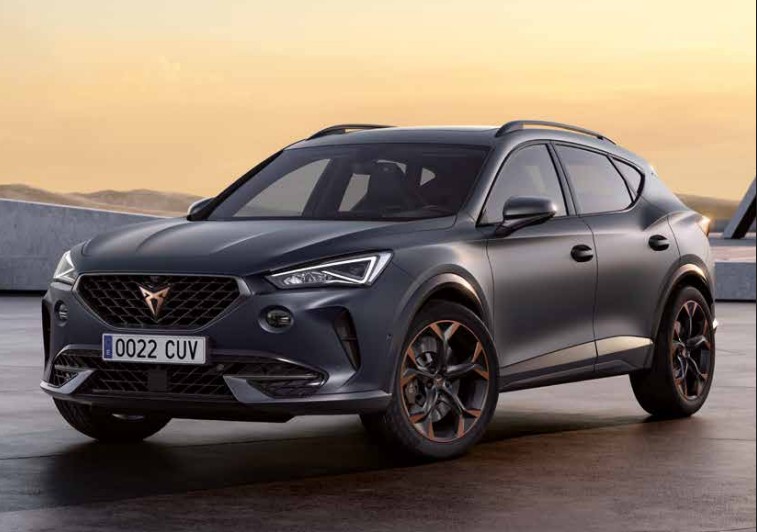
| Driving | |
|---|---|
| Interior | |
| Practicality | |
| Overall value |
Sexy Spanish Volkswagen Group offset Cupra has only joined the Australian new car market for a few years but it’s already offering a solid range of products. The Formentor is just one of them, combining a turbocharged either 2.0-litre (V, VZx) or 1.4-litre petrol engine with an electric motor (VZe PHEV). The VZe’s 12.8kWh battery allows for a claimed electric range of 58km.
The Formentor’s driving experience is great with a typically-VW Group solid feel from behind the wheel, though with extra fun and sharper handling. The ride is firm but still comfortable, and the rear visibility is good as well. The active safety features are impressively well tuned and not annoying.
The cabin of the Formentor is good quality, practical and full of tech like the large 12-inch touchscreen and 10.25-inch digital driver’s display with plenty of configurability. In-car storage is good, and while the rear seat could be larger, it’s still comfortable for two adults and features air vents, charging and even a separate climate zone.
Cupra covers its products with a five-year/unlimited km warranty with five years of roadside assistance. A five-year/75,000km service package costs a reasonable $1,990.
Overall, the Cupra Formentor impresses with its fun driving experience, its quality cabin, practicality, long equipment list and reasonable service pack pricing. While the rear seat and boot could be larger, it’s still worth of consideration if you’re after a hybrid small SUV.
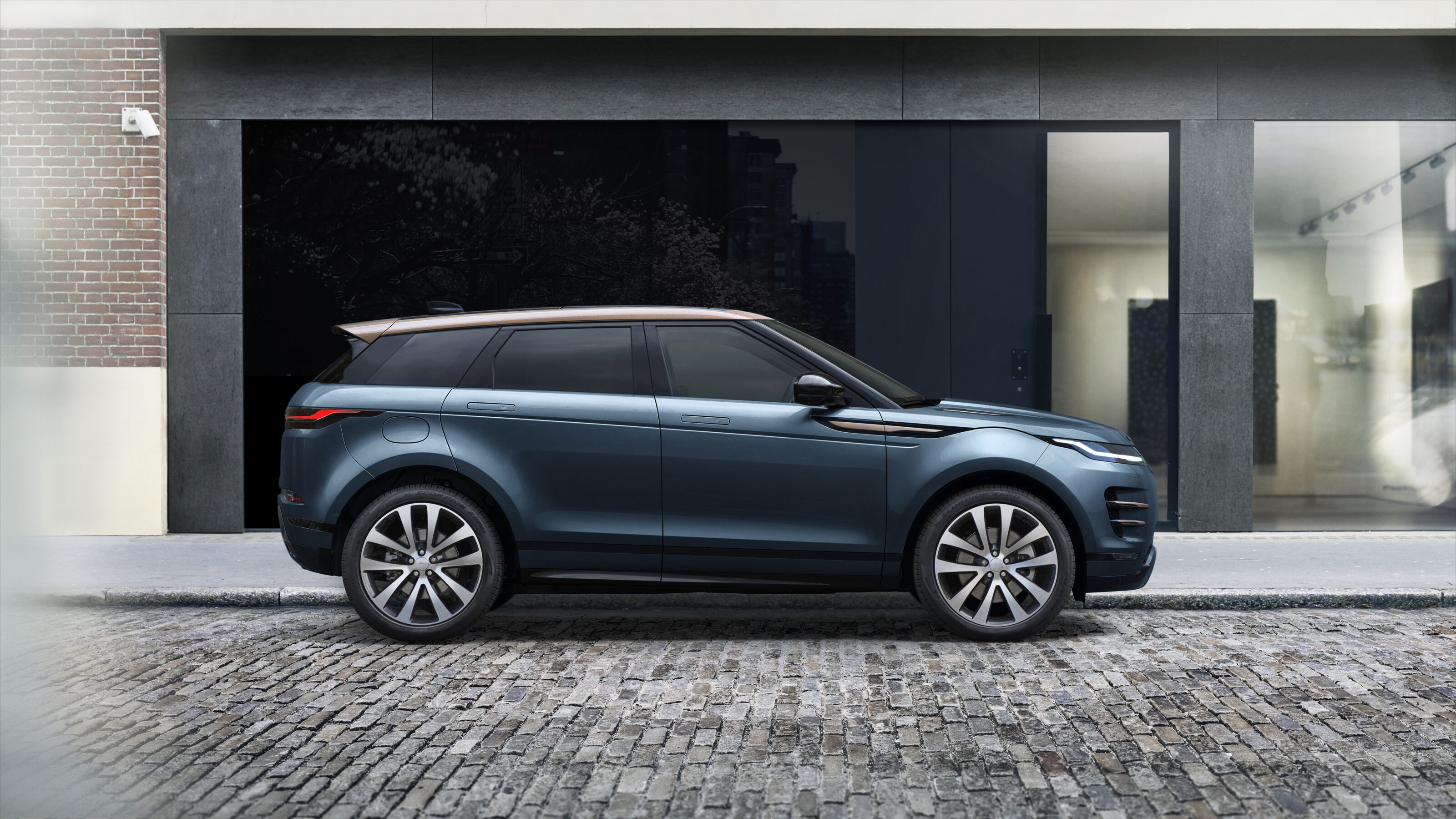
| Driving | |
|---|---|
| Interior | |
| Practicality | |
| Overall value |
Since the first-generation model went on sale in 2011, the Range Rover Evoque can only be regarded as a success, having sold over one million units. Buyers clearly wanted the luxury feel they’d expect from the Range Rover brand but in a smaller package.
Fast forward almost 15 years and now we’re seeing Evoque generation two, which grew slightly in dimensions compared with generation one, but is even more luxurious inside. Thankfully, too, Land Rover significantly simplified the Evoque’s lineup – at launch in 2020, there were 26 individual variants to choose from but now there are just five: the ‘P250’ petrol engine in SE, HSE or Autobiography specs, and the ‘P300e’ PHEV drivetrain in either HSE or Autobiography. Simple.
The PHEV drivetrain combines a turbocharged 1.5-litre three-cylinder petrol engine with an 85kW electric motor that draws power from a 15kWh battery, giving a WLTP-rated electric range of 62km. Combined with the petrol engine, the Evoque P300e makes 227kW/540Nm, comfortably more than the 184kW/365Nm 2.0-litre turbo-petrol engine. The Evoque’s driving experience is very comfortable and it handles pretty well too.
Inside the Evoque is a quality cabin with lots of exotic materials and big screens that are easy to use. The seats are very comfortable, and the back seat is also reasonably spacious too given the Evoque’s smaller dimensions – two six-footers will be fine. The Evoque’s 472-litre boot is good for its size, though it only opens up to 1,156L with the rear seats folded.
The Evoque still provides a comfortable and luxurious entrant to the Range Rover line-up. It uses a powerful, refined and efficient plug-in hybrid that offers a good all-electric range, it drives well and its cabin quality is excellent. The boot could be larger, however, and it’s also more expensive than it used to be, while still too many features remain optional. But get past those issues and there’s a lot to like about the Evoque.
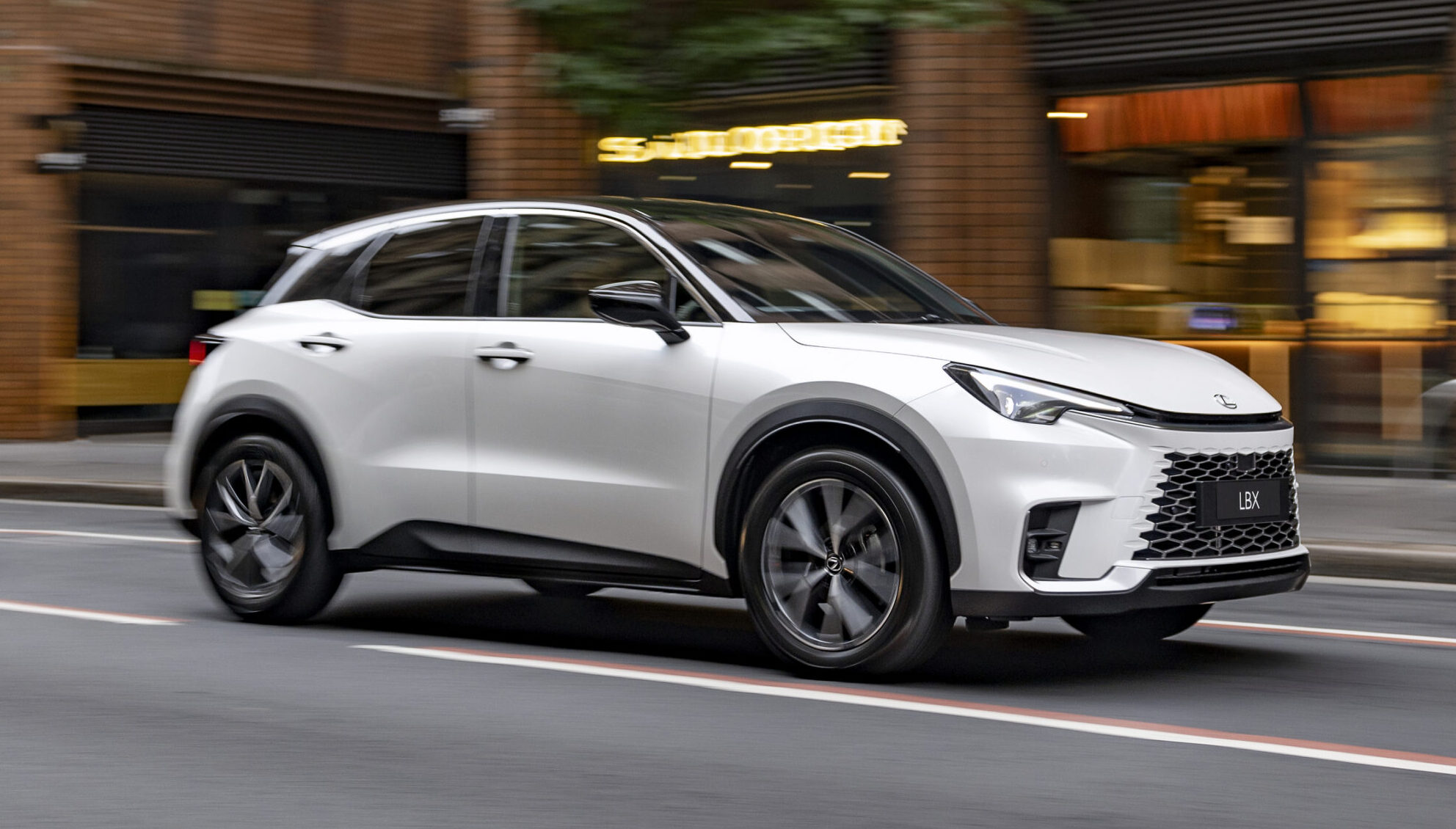
| Driving | |
|---|---|
| Interior | |
| Practicality | |
| Overall value |
The Lexus LBX is the brand’s smallest ever product. Sitting underneath the already-small UX, the LBX is short for “Lexus Breakthrough Crossover” and is heavily based on the Toyota Yaris Cross, though has completely bespoke styling and a new interior compared with its cheaper cousin. The LBX’s cabin quality is generally quite good with ample soft touch materials, and higher quality screens than the Yaris Cross.
The rear seat, however, is small and while the front-drive model’s 402-litre boot is larger than you’d expect, the all-wheel drive reduces that to just 315L. Still, you can tell Lexus tried hard to make the LBX’s cabin as practical as possible and it features plenty of storage space, including an under-dashboard tray and door bins that can hold 600ml bottles. The rear seat also includes two USB-C chargers.
There are two trim levels of LBX offered in Australia for now, with the 100kW 1.5-litre four-cylinder hybrid drivetrain common to both – the top-spec Sports Luxury can be optionally had with all-wheel drive as well. A fire-breathing LBX Morizo – with the same turbocharged 1.6-litre petrol drivetrain as the GR Yaris – is due locally later this year.
As we’ve seen from most other new Toyota and Lexus products over the past decade, the LBX’s driving experience is better than you might expect. It’s fun to drive and encourages you to drive it harder, while it’s also very easy to manoeuvre at lower speeds. The ride quality is a bit unsettled at lower speeds, but as you’d expect for a Lexus, it’s still quite comfortable.
If its size suits you, the Lexus LBX is a good option to consider in the small SUV segment. Based on the already well-rounded Yaris Cross, the LBX adds more refinement, more luxury feel, more features and is even better to drive. Like the Yaris Cross, it’s super practical and its hybrid drivetrain is very fuel efficient. It predictably costs more to buy and service, but against premium rivals, remains good value for money.
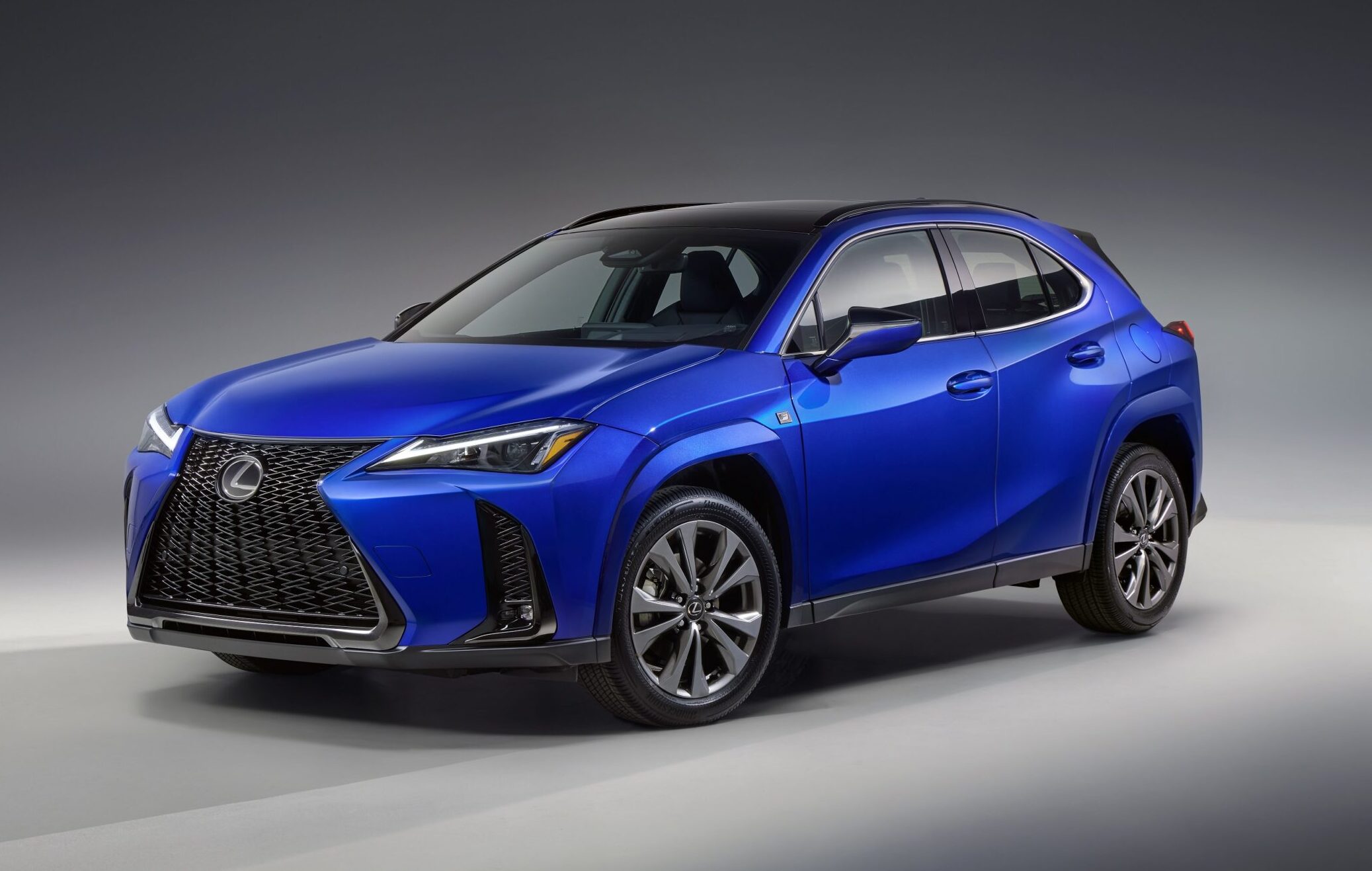
| Driving | |
|---|---|
| Interior | |
| Practicality | |
| Overall value |
The Lexus UX was the brand’s first properly small SUV when it went on sale locally in 2018. Using the then-new TNGA platform from parent company Toyota that revolutionised the way its products rode and handled, the UX was a great preview to the company’s next-generation cars.
Some seven years later, the UX has recently been updated with a more powerful and more efficient hybrid drivetrain and new interior tech such as a brand new infotainment system. Making a powerful 146kW of power, the base UX is now badged ‘300h’ thanks to its power increase from the former UX250h. Yet its fuel efficiency dropped to just 4.2L/100km, a figure that’s fairly easy to achieve in the real world.
As we’ve seen in various other Lexus and Toyota products, the use of the TNGA platform delivers a more than proficient ride and handling. It’s very comfortable, but keen drivers will appreciate how fun it can be from behind the wheel.
The cabin of the UX is excellent quality with plenty of soft touch materials, even on the entry-level UX Luxury. Move up the range to the Sports Luxury or F Sport and even more luxury features like full leather trim and a ‘Kashoku’ door garnish are added for a bespoke feel. The new 12.3-inch touchscreen system is a big step forward on the screen in the pre-updated model too – it’s much faster to use and is equipped with more features.
If there is a downside to the UX’s cabin it’s that it doesn’t feel very spacious. The smaller Audi Q2, for example, offers more rear space than the UX. In front-drive form, the UX’s 368-litre boot is smaller than even the smaller LBX and the high floor means that it isn’t that practical. But there’s still plenty to like about the Lexus UX like its lovely driving experience, quality cabin and very efficient drivetrain.
Looking to get into a brand-new small SUV? Our stories below will guide you to the model that best suits your needs!
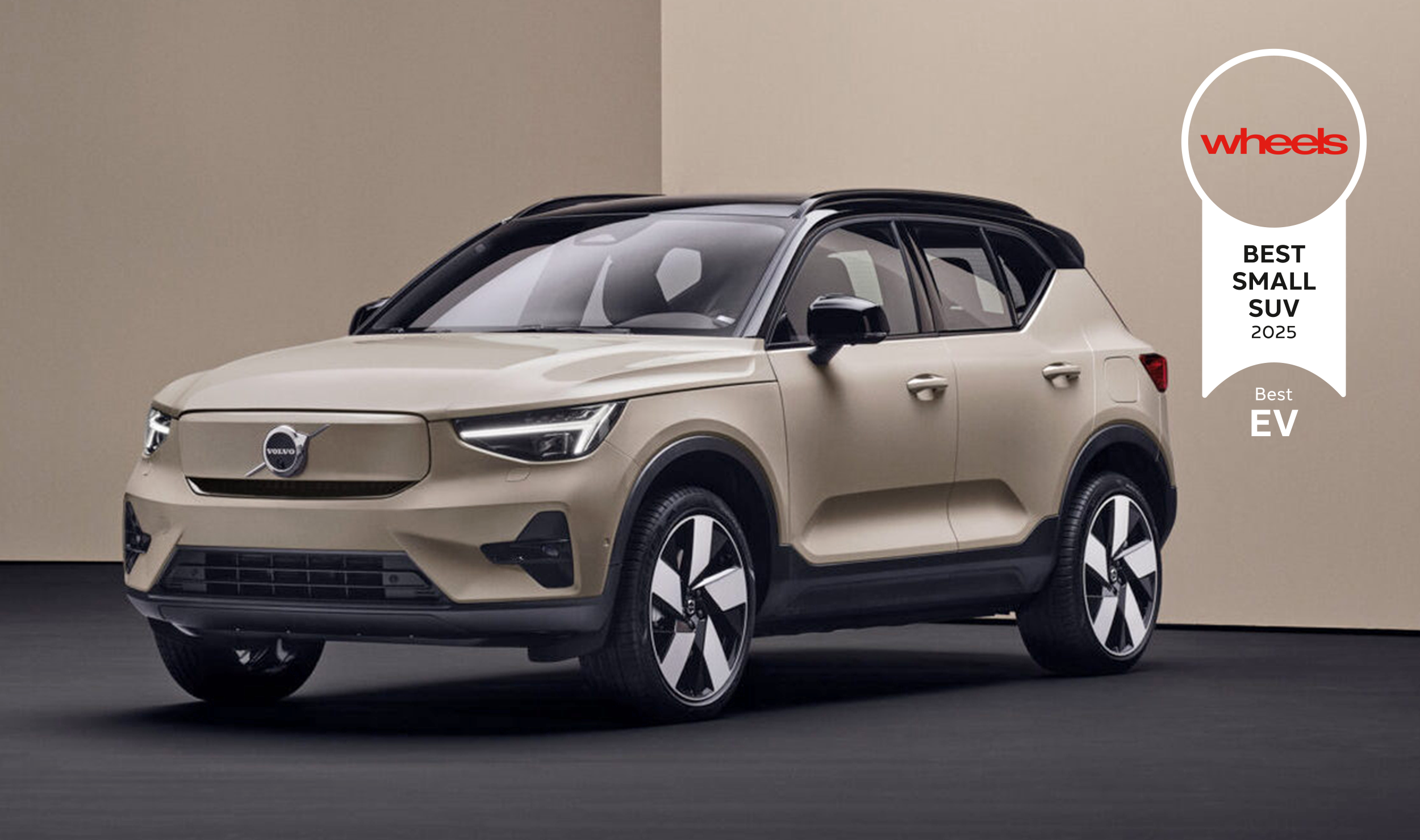
| Driving | |
|---|---|
| Interior | |
| Practicality | |
| Overall value |
The Volvo EX40, formerly known as the XC40 Recharge, is larger than the small EX30 and is almost mid-sized in its dimensions. The interior practicality – as you’d expect for a Volvo – is excellent with a spacious rear seat and boot that make it one of the most practical small SUVs on the market.
Starting at $76,990 plus on-road costs, the EX40 is not cheap to buy but Volvo recently made more equipment standard on the entry-level single motor variant, matching the formerly-upper-spec dual-motor car.
Inside the EX40 is a long list of standard equipment, and excellent quality as well – as you’d expect from this brand. There are plenty of practical touches like big door bins and a big central storage system, while the 410-litre boot is larger than you might expect in person.
Although the ride quality can be a bit sharp thanks to the standard 20-inch wheels, the EX40 is still an impressive drive. It’s comfortable but can also be fun as well. Even the 185kW single motor variant is quick, but the 300kW twin motor definitely pushes you back in your seat. The EX40’s range is not amazing, however.
Like the smaller EX30, Volvo includes five years of servicing in the EX40’s price. Overall this is a stand-out in the segment – It’s handsome, practical, good to drive, well equipped and even though it’s on the pricier side, the long list of equipment helps to justify the cost.

| Driving | |
|---|---|
| Interior | |
| Practicality | |
| Overall value |
MG’s first electric car in Australia, the popular ZS EV, is not long for this world. Priced at a special $36,888 drive away for both the base Essence and upper-spec Long Range to clear stock ahead of a new model later in the year, the ZS EV is currently excellent buying at a bargain price.
The ZS EV models use a front-mounted electric motor, with the Essence making 130kW/280Nm, though the Long Range makes slightly less power at 115kW/280Nm. Both offer peppy performance, especially in urban situations. The ZS EV’s ride quality isn’t bad either, though it can feel a bit underdamped in larger bumps.
The cabin of the ZS EV is nearly identical to the ZS that debuted almost 10 years ago, so it doesn’t feel that modern, but the quality is reasonable and it’s practical as well. The 10.25-inch touchscreen is well equipped as well, with features like sat-nav, smartphone mirroring and even access to the brand’s ‘iSmart’ smartphone app.
The ZS EV’s cabin is also practical and can carry four adults comfortably. The rear seat is roomy enough for two, especially in headroom, and the 359-litre boot is reasonable as well. Covering the ZS EV is a 10-year/200,000km warranty and the service cost for the first six years costs just $1,998.
Overall, the MG ZS EV was a commendable first effort for the brand, and it’s no surprise to see that it’s sold well locally. Now in run-out at a bargain price, the ZS EV’s appeal is even stronger – especially now that the Long Range model is priced the same as the Essence with the smaller battery. While it’s not the newest car around, the ZS EV still offers a good range, a practical cabin and reasonable performance as well.

| Driving | |
|---|---|
| Interior | |
| Practicality | |
| Overall value |
There’s a brand currently on sale in Australia making big waves, and this is the car that started it all for them locally. Of course, we’re talking about BYD and its Atto 3 small electric SUV, which has sold solidly since its introduction locally in 2022.
Since its launch, the Atto 3’s entry price has fallen to just $39,990 plus on-road costs for the new entry-level Essential model, and it’s pricing that attracted buyers to the Atto 3 in the first place. But there’s more to the model, including a long standard equipment list, an attractive and good quality cabin, and solid practicality.
The Atto 3 offers a choice of two batteries: a 49.9kWh one in the base Essential or a larger 62.2kWh unit in the upper-spec Premium. Range is WLTP-rated at 345km for the Essential and 420km for the Premium, with DC fast charging at up to 70kW in the Essential and 88kW in the Premium. Both variants use a 150kW/310Nm electric motor that drives the front wheels, and performance is peppy rather than brisk, but that’s fine.
The Atto 3’s driving dynamics aren’t incredible either, it must be said, which is something that would be better without the standard Atlas Batman tyres. But the Atto 3 is comfortable to drive and offers good bump suppression. The Atto 3’s cabin is also funky to look at, with a huge 12.8-inch touchscreen that rotates and the quality is pretty good as well.
Overall, the BYD Atto 3 is a solid entrant to the small SUV segment and it’s no surprise that it has sold well locally: it’s very well priced, good quality, reasonable performance, practical and covered by an above-average warranty. The new Essential trim has made it even better priced than before, yet it’s still well equipped across the range.
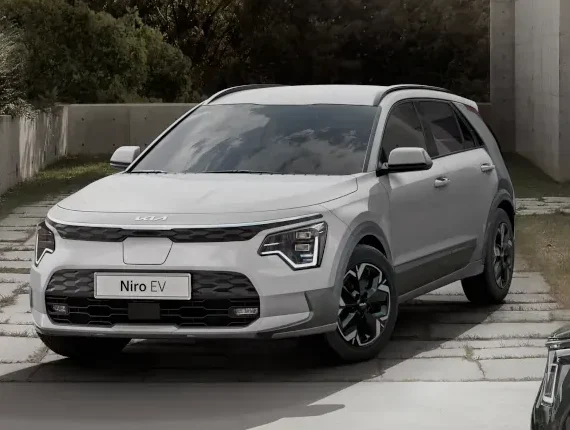
| Driving | |
|---|---|
| Interior | |
| Practicality | |
| Overall value |
The Kia Niro is the brand’s unique hybrid and electric small SUV that differs from the larger, cheaper and petrol-only Seltos. Priced from $66,590 plus on-road costs in electric form, the Niro can also be had as an hybrid and both are available in either base S or top-spec GT-Line form. Both the S and GT-Line are relatively well equipped, though the S still lacks features like a leather steering wheel or LED headlights, making the $5,770 jump to the GT-Line worth it in our view.
The cabin of the Niro is funky and much better quality than the basic Seltos’ cabin, with more soft touch surfaces in order with its more expensive pricing and higher-tech drivetrains. Its front cabin is also more practical than the Seltos with lots of storage, though the rear seat and boot aren’t quite as large. Measuring 425-litres with the seats up, the Niro’s boot is average in size.
On the road, the Niro range shows off its Australian-tuned suspension with excellent ride and handling that shames a lot of competitors. The electric drivetrain isn’t the quickest, but has more than enough grunt for most buyers.
Kia’s warranty coverage is above average in this company, and the Niro EV’s service pricing is cheap at just $270 per year.
The Kia Niro has a lot going for it, including a handsome design, practical and tech-filled cabin, a peppy and efficient drivetrain and a long warranty. Counting against it is its expensive pricing and that its ICE-powered Seltos sibling – let alone the Hyundai Kona Electric that it shares so much with under the skin – is less expensive to buy.
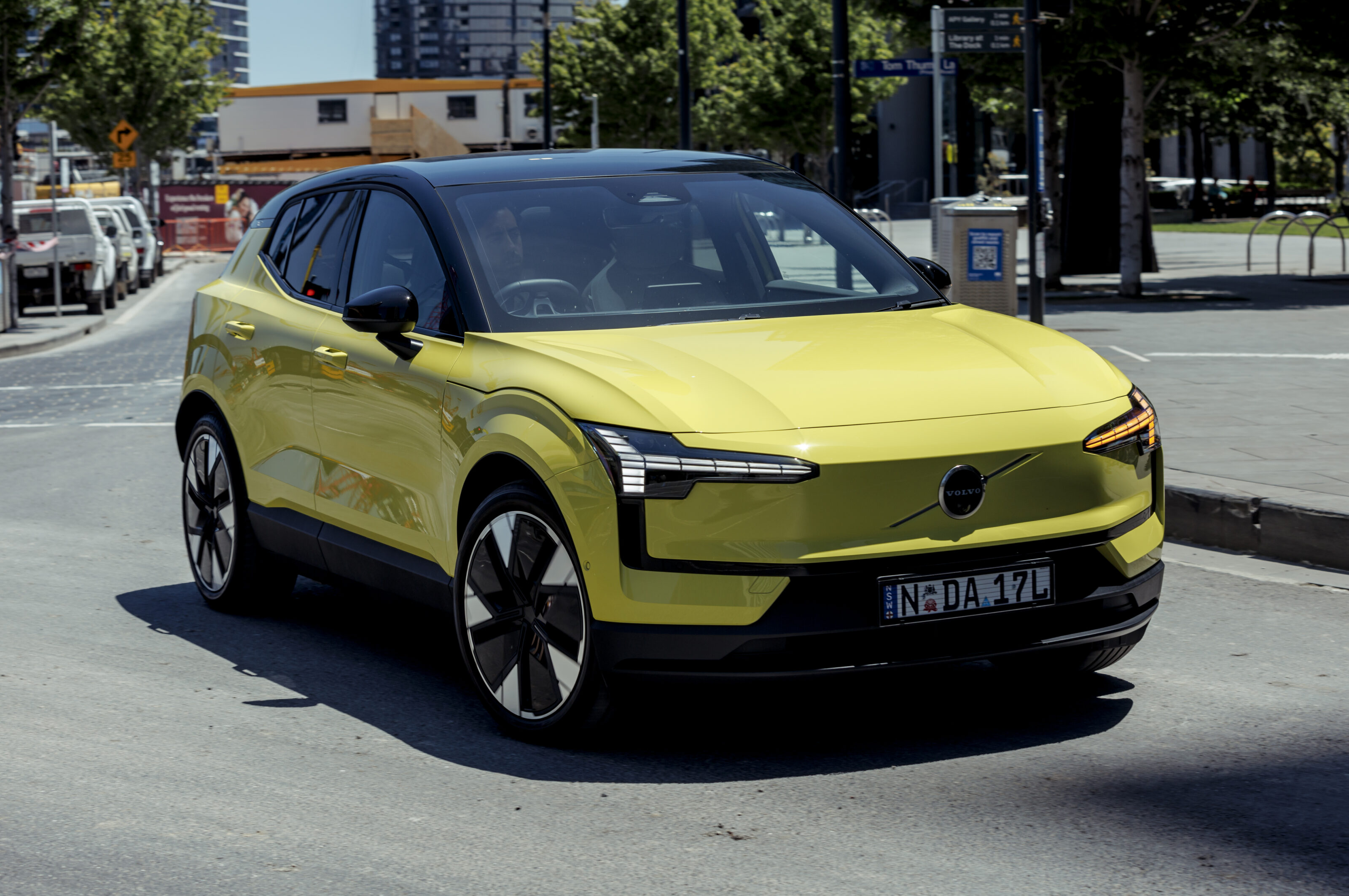
| Driving | |
|---|---|
| Interior | |
| Practicality | |
| Overall value |
The Volvo EX30 is the brand’s smallest product and rides on a new Geely-derived platform shared with the Smart #1 and #3 and Zeekr X, and all three share the same motors and batteries. Peak charging speed is a healthy 150kW, while the 66kWh battery should allow for up to 462km of range, which is also healthy.
Inside the EX30 is compact but more practical than you might imagine. Two six-foot adults will just about fit in the rear seat with just enough legroom and headroom for taller folk, though the 318-litre boot is not huge. Quality is solid with lots of sustainable materials used throughout the cabin.
Centre of the cabin is a 12.3-inch touchscreen that controls almost every function of the car with very little in the way of buttons – there isn’t even a driver’s display to show the car’s speed, like in a Tesla. The touchscreen itself is quick to use and the display is bright, but it could be easier to use and functions such as the headlights and mirrors are buried within.
The driving experience of the EX30 is fun though some might find its ride quality to be a bit firm. Even the entry-level model is more than fast enough with 200kW of power and a quick 5.3-second 0-100km/h sprint time – the top-spec dual-motors making 315kW of power ensure it’s easily the fastest car in the segment (alongside its Smart and Zeekr cousins, which use the same motors).
The EX30’s aftersales package is good with a five-year service plan included in the price and two-year service intervals, making the EX30 pretty painless from an ownership point of view. Overall, the Volvo EX30 is a strong entrant into the electric small SUV segment – if you don’t need the largest or most practical product.
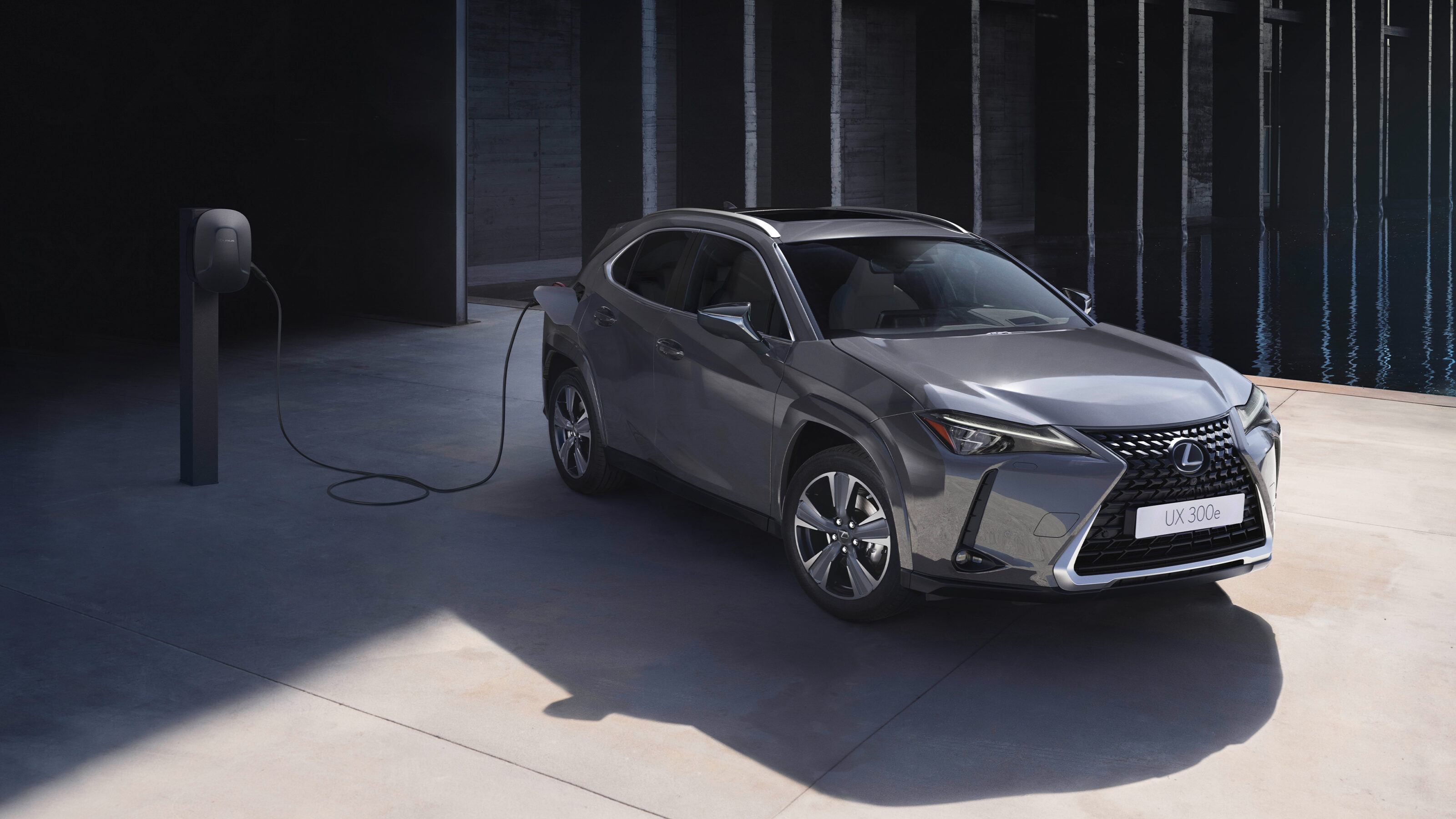
| Driving | |
|---|---|
| Interior | |
| Practicality | |
| Overall value |
The Lexus UX was the brand’s first properly small SUV when it went on sale locally in 2018. Using the then-new TNGA platform from parent company Toyota, which revolutionised the way its products rode and handled, the UX was a great preview to the company’s next-generation cars.
Some seven years later, the UX has recently been updated with a more powerful and more efficient hybrid drivetrain and new interior tech such as a brand new infotainment system. Making a reasonable 150kW of power, the electric UX is only available in ‘300e’ form.
As we’ve seen in various other Lexus and Toyota products, the use of TNGA platform means that the UX rides and handles quite well. It’s very comfortable, but keen drivers will appreciate how fun it can be from behind the wheel.
The cabin of the UX is excellent quality with plenty of soft touch materials, even on the entry-level UX Luxury. Move up the range to the Sports Luxury or F Sport and even more luxury features like full leather trim and a ‘Kashoku’ door garnish are added for a bespoke feel. The new 12.3-inch touchscreen system is a big step forward on the screen in the pre-updated model too – it’s much faster to use and is equipped with more features.
If there is a downside to the UX’s cabin it’s that it doesn’t feel very spacious. The smaller Audi Q2, for example, offers more rear space than the UX. The electric UX’s 314-litre boot is small and the high floor means that it isn’t that practical. But there’s still plenty to like about the Lexus UX like its lovely driving experience, quality cabin and very efficient drivetrain.

| Driving | |
|---|---|
| Interior | |
| Practicality | |
| Overall value |
While the EV6, EV9 and EV5 have come before it, Kia’s new EV3 electric small SUV looks to be the most compelling yet as it’s well priced, characterful and practical for its size. Priced from $48,990 drive away (depending on location), the EV3 has lowered the price of entry to an electric Kia by around $7,000 and has made the brand more accessible and appealing to those who want a cheaper and/or smaller EV.
Inside the EV3 is an almost-identical dashboard to other recent Kia products like its larger electric siblings and the new K4 small car, with dual 12.3-inch displays and a small 5.0-inch touchscreen for the dual-zone climate control in the middle of them. The EV3’s cabin is practical with lots of storage space, while the 460-litre boot is healthy for its size.
For now, there’s only a single 150kW electric motor variant available in Australia, though a dual-motor variant is said to be coming later this year with more power for those wanting more pep. Like other recent Kia models, the EV3 has been Australian-tuned for our market for greater ride comfort over our rubbish roads.
The peak charging speed is reasonable, while the range is excellent. Also excellent are the EV3’s servicing costs, which are far less than we’re used to from the brand – and Kia’s excellent seven-year warranty is still present.
It’s only just gone on sale in Australia, but we think that the Kia EV3 is going to sell well locally. It’s well priced at the entry point to the range, it’s cute to look at, offers a good range and performance and is inexpensive to service.
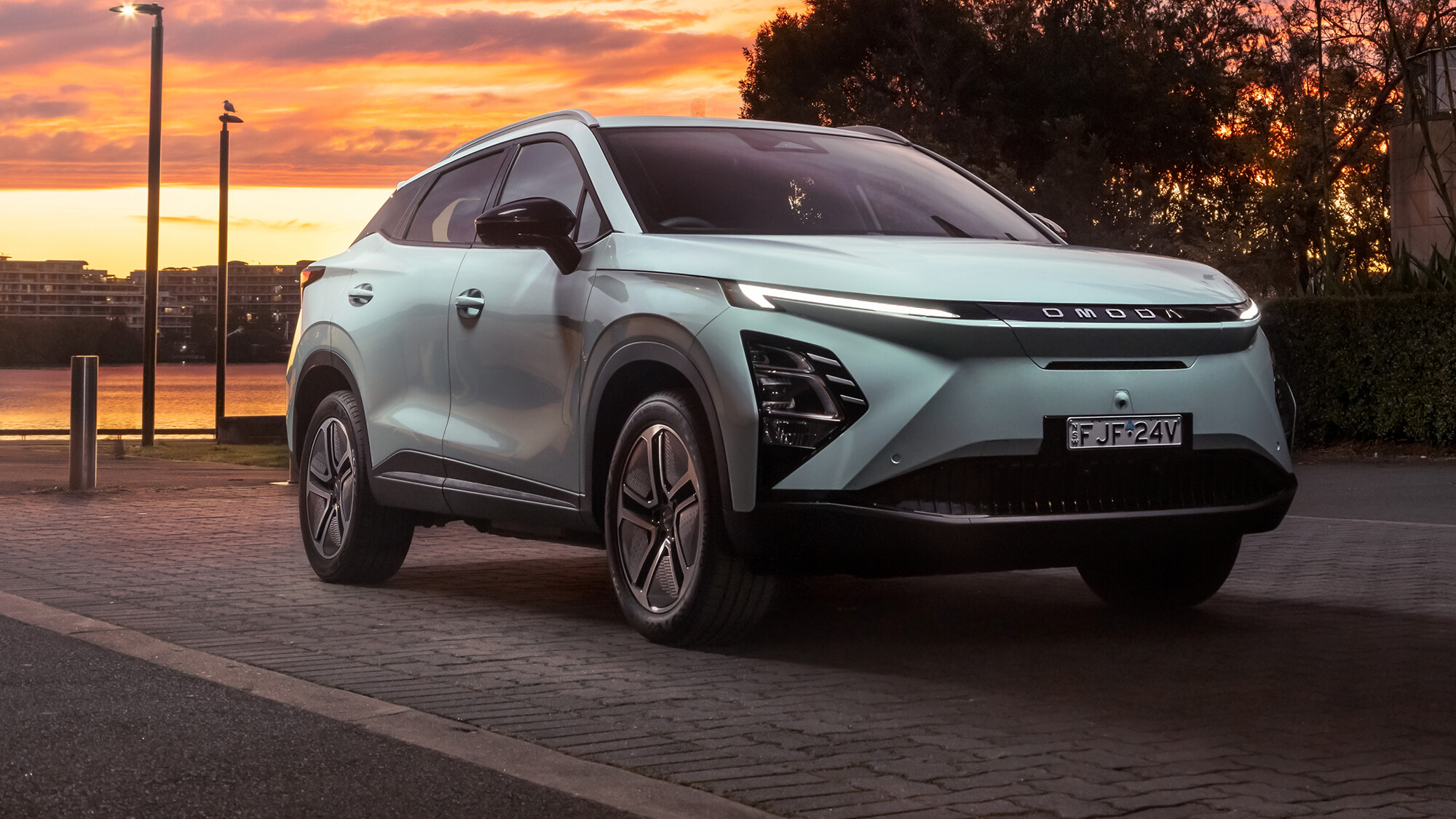
| Driving | |
|---|---|
| Interior | |
| Practicality | |
| Overall value |
The Chery Omoda E5 is the first electric offering from Chery in Australia. Based on the popular Omoda 5 small SUV, the E5 uses a 150kW/340Nm electric motor instead of the regular model’s petrol engine. Dashboard design aside, the Omoda E5 is otherwise unchanged inside: the back seat room is a bit tight for taller adults and the 300-litre boot isn’t big either, though it does feature a full-size spare wheel under the boot floor.
The ICE Omoda 5’s cabin is treated to a higher level of quality and a new dashboard design in the E5 with a more conventional bridge-type centre console instead of the ICE model’s sliding unit. That makes it a bit more practical, though the shortcut buttons have been lost in the process and that makes the infotainment system more difficult to use.
Behind the wheel of the Omoda E5 is a mixed bag. On smooth roads, it’s generally comfortable but even smaller bumps reveal a busy ride quality. The E5’s acceleration is strong – it hits 100km/h in just 6.7 seconds – but under full acceleration, torque steer is part of the package and the soft suspension means there’s plenty of body roll.
Where Chery wins back big brownie points is in its aftersales package: a seven-year/unlimited km warranty with an eight-year battery warranty – that too is rated to unlimited mileage, unlike many other car makers – and very cheap service costs of just $950 over a six-year period.
Overall, the Chery Omoda E5 is a tempting effort into the electric small SUV segment thanks to its cheap ownership costs, exotic styling, quality cabin, good performance and reasonable range. Its suspension could do with a re-tune, however, and the active safety features can be irritating as well. But if value is the name of the game for you, the Omoda E5 is a strong contender.
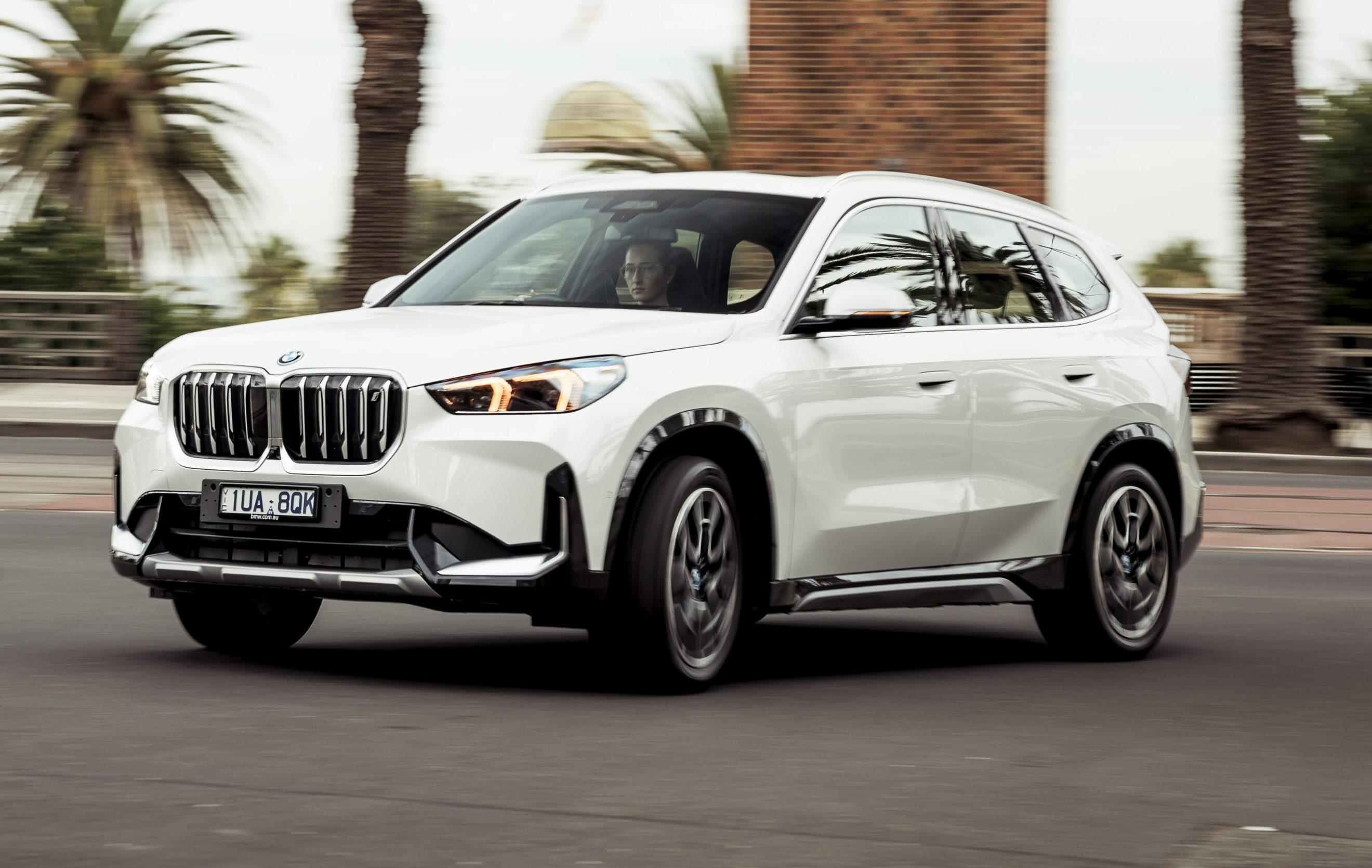
| Driving | |
|---|---|
| Interior | |
| Practicality | |
| Overall value |
An electric version of BMW’s smallest SUV, the X1, the BMW iX1 is very hard to distinguish from its ICE sibling: the wheels and grilles are the biggest clue. But like the regular X1, the iX1 presents a strong all-rounder for the small electric SUV segment thanks to its good driving experience, excellent quality and very practical cabin and good range.
Inside the iX1 is identical to the X1 with excellent quality materials and plenty of technology. Unlike larger BMW models, the centre display is only a touchscreen, which can be less helpful at speed as the screen’s menu structure can be a bit confusing. But the system is fully featured and quite quick, plus the screen quality is excellent.
As we saw with the X1, the iX1’s cabin is quite practical with big door bins, a funky centre console bridge and a huge back seat that two tall adults would be quite comfortable sitting in. The boot measures a large for the segment 490 litres – that’s 50L less than the X1 but still a good size.
On the road, the iX1 presents good driving dynamics, a well-tuned ride quality and ample performance. Its range is reasonable, though its peak charging speed could be improved. Its active safety features are excellent, however.
In summary, the BMW iX1 is a strong contender for best electric small SUV. It’s not cheap to buy, but is a well-rounded product that deserves strong consideration thanks to its practicality, good range and performance, long list of standard equipment and well-tuned safety features.

| Driving | |
|---|---|
| Interior | |
| Practicality | |
| Overall value |
So far a big success for the brand, the Mercedes-Benz GLA and GLB – and their electric EQA and EQB siblings – are offered in a wide range with four petrol variants including 200, 250, AMG 35 and AMG 45 (GLA only) models, while the electric versions offer just a single ‘250+’ spec with up to 578km of range from a charge, which is healthy in the segment. Peak charging is 100kW, which is not that fast, but the range should reduce the need to visit a charger.
On the road, both the models impress with a refined and enjoyable driving experience just as you’d expect from the Mercedes-Benz brand. While neither are the last word in sportiness, they are quite comfortable.
Inside is a modern cabin that features funky ambient lighting, bright screens and high quality finishing throughout. Uniquely in the segment too, the GLB and EQB feature seven seats – though the third row is definitely best described as kid-only. Fold the third row down and you get a healthy 495-litre bootspace, which is much larger than the 340L boot in the EQA.
As you’d expect though, both the models aren’t cheap to buy or maintain with the entry-level BMW iX1 around $5,000 less expensive and both quicker and faster charging. In addition to that, Merc’s servicing pricing is expensive at over $500 annually.
But the Mercedes-Benz GLA, GLB, EQA and EQB still offer a lot to buyers like good performance and range, quality cabins with exotic features and good practicality. The price is a factor, of course, but doesn’t take away from the solid all-round ability of these SUVs.

| Driving | |
|---|---|
| Interior | |
| Practicality | |
| Overall value |
While the Smart brand gives memories of tiny city cars that can park perpendicular to the kerb, these days the brand is about electric small SUVs and both of its models – the #1 (pictured) and #3 – fit into that category. Using the same platform, mechanicals and interior design, the #1 is slightly shorter but taller than the coupe-like #3.
Both offer two powertrains that are also used in the Volvo EX30 and Zeekr X: either a 200kW single-motor unit or a 315kW dual-motor set up that uses the famous Brabus name. All #1s and #3s drive quite well – they’re a bit softer than the EX30 and are all the better for it because they still handle well, but are more comfortable.
The Smart twins also have higher quality, more user-friendly interiors than the Volvo, with more liberal use of soft-touch plastics and more screens, including both a digital driver’s display and a head-up display – both of which the EX30 lacks. Their back seats are also larger than the Volvo, while the #3’s boot in particular is big for its size.
As with its platform mates, the Smart twins’ peak charging speed is healthy, and the efficiency of the single motor variants in particular is good – the Brabus can be a bit energy hungry, reducing its range. The service costs for both models are expensive as well.
But overall, while they’re not quite as quirky as the original Smarts from the early 2000s, they have character in an often bland part of the market. They’re also good value for money, and drive well too. Really, the only potential issues are the expensive servicing and the complicated touchscreen – but other than that, the new Smart range is definitely worth consideration.

| Driving | |
|---|---|
| Interior | |
| Practicality | |
| Overall value |
As we’ve seen with both the Volvo EX30 and Smart #1 and #3 cousins, the Zeekr X – which uses the same platform and mechanicals as those cars – features a 66kWh battery that can be charged at up to 150kW with either a 200kW single motor or 315kW dual-motor drivetrain. So in that case, what separates the Zeekr from its cousins?
The Zeekr is undoubtedly designed to be sharper – while the Smarts are cute and European and the Volvo is quite Nordic in its look, the Zeekr is more futuristic in appearance. The same sort of futuristic vibe extends to the cabin where the big touchscreen dominates and thankfully, unlike the EX30, there’s also a driver’s display.
Like the Smart twins, the Zeekr X is less sporty than the EX30 and that’s helped by the 100mm-longer wheelbase for extra ride comfort. But it still drives assuredly and even though some of its active safety features can be irritating, they’re much better tuned than a lot of other new cars.
The Zeekr’s cabin is warm and inviting, and more spacious than you might first think given its small dimensions. Centre of the cabin is a 14.6-inch touchscreen that’s mostly easy to use and well featured, while we also quite like the light colouring which makes it feel airy.
Overall, we think the Zeekr X has definite appeal in the new car market. While the brand isn’t yet as well known as its cousins, it impresses with funky design, great quality and a solid driving experience. The warranty could be longer and it could be less expensive to service, but we think it’s overall worthy of a test drive.
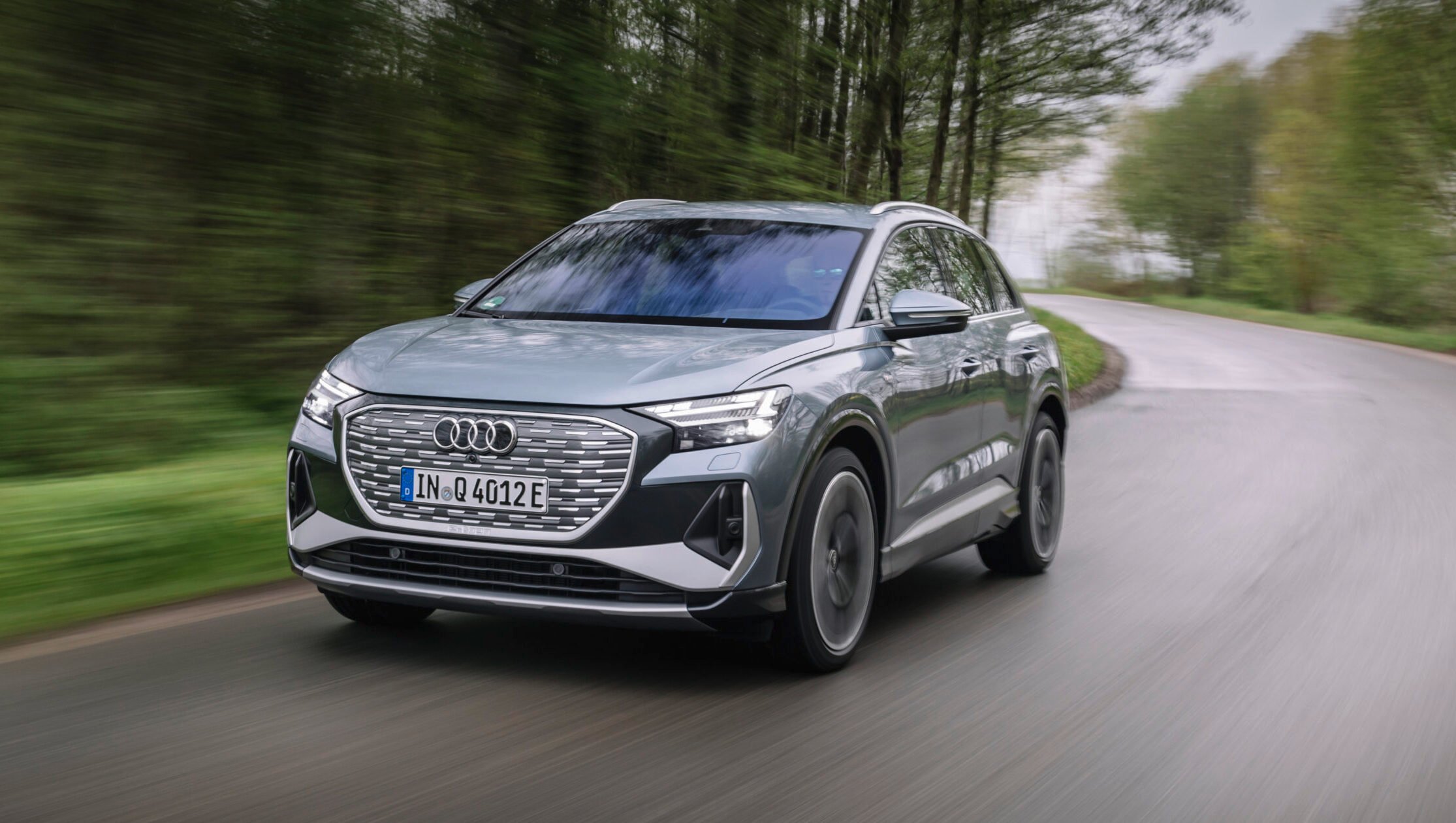
| Driving | |
|---|---|
| Interior | |
| Practicality | |
| Overall value |
Using the same platform as cars like the Volkswagen ID.4 and Skoda Enyaq, the Audi Q4 e-tron is the brand’s entry level EV for now and is available in both traditional wagon and Sportback coupe bodystyles in Australia. Two variants are available in each bodystyle – 45 and 55 – and up to 524km of range.
The base Q4 e-tron 45 uses a 210kW/545Nm rear-mounted electric motor, while the 55 adds another motor on the front axle for a higher 250kW total output and quicker performance, though less range thanks to extra weight. Both can charge quickly at up to 175kW.
The cabin of the Q4 e-tron is well featured, comfortable and features a lot of technology, though the quality could be better. It’s practical and the rear seat – even in the sloping roofed Sportback – can handle taller adults fine. The Sportback strangely has more bootspace than the wagon at 535 litres (versus 520L), which is healthy for the segment.
Audi covers the Q4 e-tron with a five-year warranty with five years of roadside assistance, while a six-year service plan costs just $2,050. Overall, the Q4 e-tron is a solid entrant as the brand’s smallest EV yet. It’s not cheap to buy and there are still some option packages available but the fundamentals are solid: it drives well, it’s practical and it charges quickly.
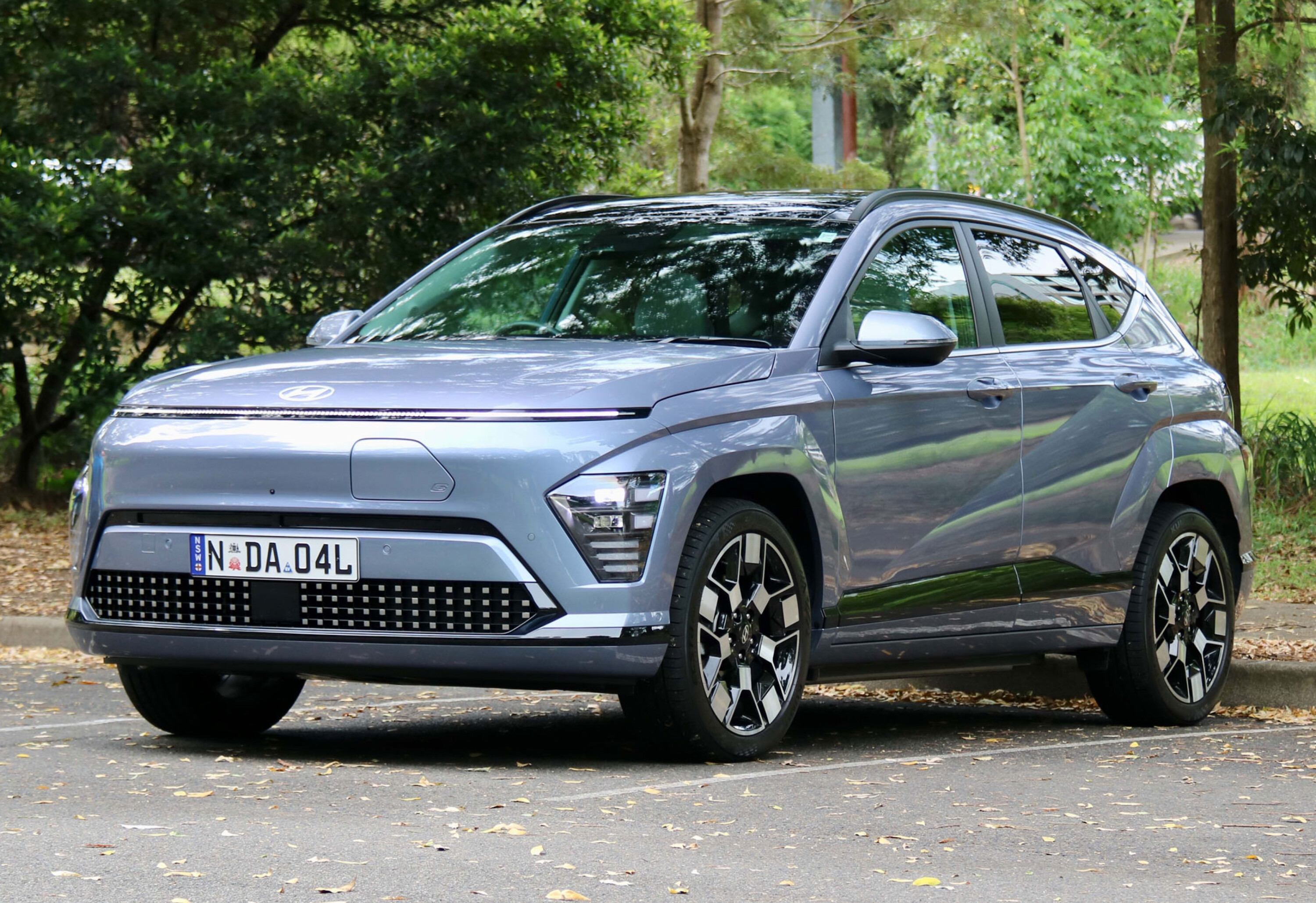
| Driving | |
|---|---|
| Interior | |
| Practicality | |
| Overall value |
The second-generation Hyundai Kona has been on sale in Australia for over a year now and, like its predecessor, is proving popular with over 17,000 sold last year alone. The new Kona is larger, more mature, more refined and features an optional hybrid drivetrain for the first time locally, which we think is the model to choose.
Where the Kona has seen the biggest improvement is in its interior design as it’s now more up-to-date than the previous model, which felt dated in comparison with newer Hyundai vehicles. The Kona’s cabin could be better quality, but there’s no denying the awesome practicality and pleasing ergonomics throughout.
The rear seat of the new Kona is larger than the old one and two adults will fit perfectly fine this time around. The boot is also larger now at 407 litres seats up and 1,241L with them folded, while there are some clever tricks like a dual-level boot floor to enhance its practicality. Impressively, all models feature a spare wheel.
While there are lots of petrol engines available, the electric Kona is available in either 99kW or 150kW forms with up to 505km of range. The new Kona drives well with a great ride quality and improved refinement as well, especially with road noise.
The new Hyundai Kona is a worthy competitor in the small SUV segment thanks to its all-round ability: it’s much more practical this time around, good to drive, cheap to service and – finally – offers a hybrid choice.
Looking to get into a brand-new small SUV? Our stories below will guide you to the model that best suits your needs!
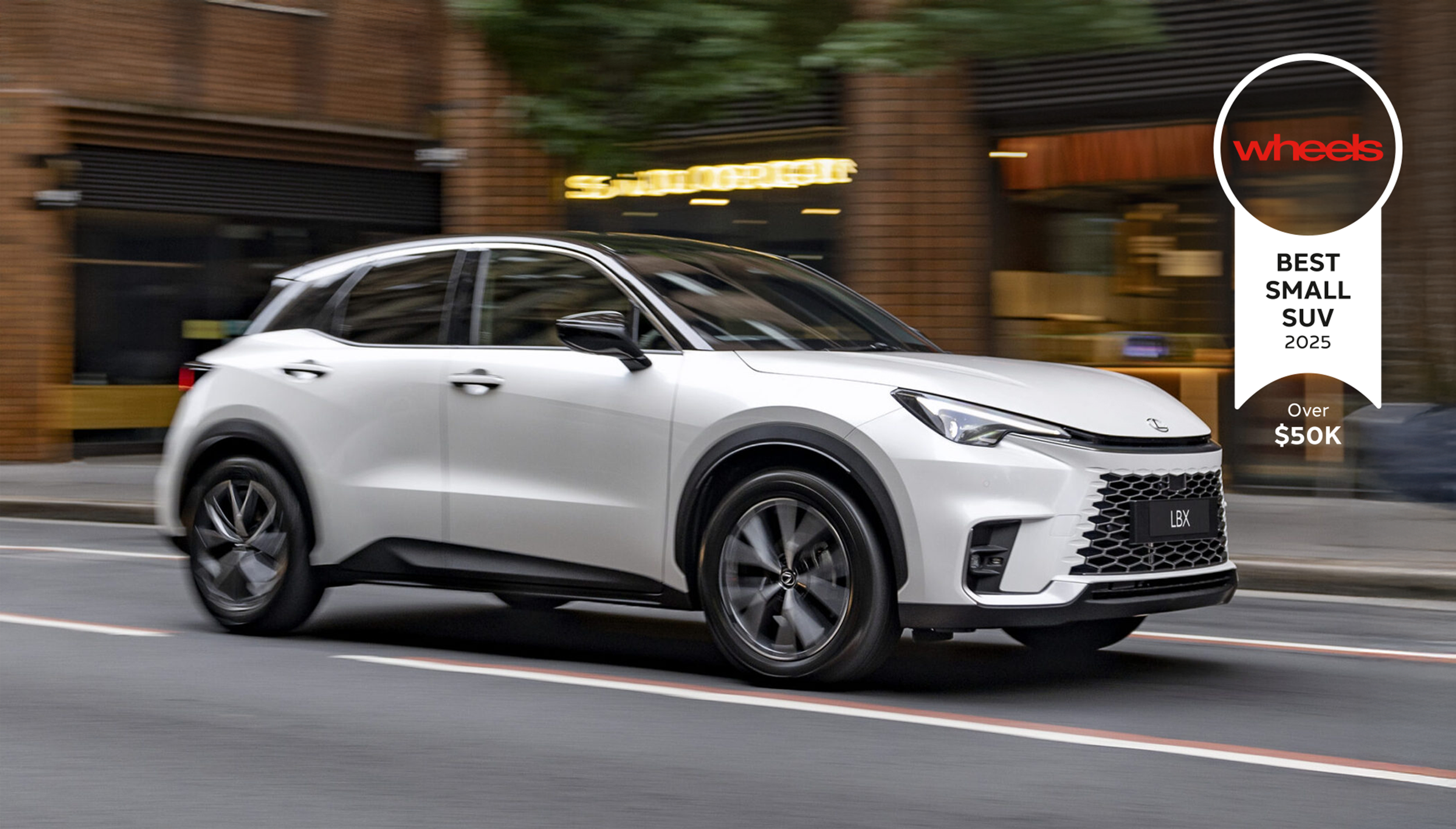
| Driving | |
|---|---|
| Interior | |
| Practicality | |
| Overall value |
The Lexus LBX is the brand’s smallest ever product. Sitting underneath the already-small UX, the LBX is short for “Lexus Breakthrough Crossover” and is heavily based on the Toyota Yaris Cross, though has completely bespoke styling and a new interior compared with its cheaper cousin. The LBX’s cabin quality is generally quite good with ample soft touch materials, and higher quality screens than the Yaris Cross.
The rear seat, however, is small and while the front-drive model’s 402-litre boot is larger than you’d expect, the all-wheel drive reduces that to just 315L. Still, you can tell Lexus tried hard to make the LBX’s cabin as practical as possible and it features plenty of storage space, including an under-dashboard tray and door bins that can hold 600ml bottles. The rear seat also includes two USB-C chargers.
There are two trim levels of LBX offered in Australia for now, with the 100kW 1.5-litre four-cylinder hybrid drivetrain common to both – the top-spec Sports Luxury can be optionally had with all-wheel drive as well. A fire-breathing LBX Morizo – with the same turbocharged 1.6-litre petrol drivetrain as the GR Yaris – is due locally later this year.
As we’ve seen from most other new Toyota and Lexus products over the past decade, the LBX’s driving experience is better than you might expect. It’s fun to drive and encourages you to drive it harder, while it’s also very easy to manoeuvre at lower speeds. The ride quality is a bit unsettled at lower speeds, but as you’d expect for a Lexus, it’s still quite comfortable.
If its size suits you, the Lexus LBX is a good option to consider in the small SUV segment. Based on the already well-rounded Yaris Cross, the LBX adds more refinement, more luxury feel, more features and is even better to drive. Like the Yaris Cross, it’s super practical and its hybrid drivetrain is very fuel efficient. It predictably costs more to buy and service, but against premium rivals, remains good value for money.
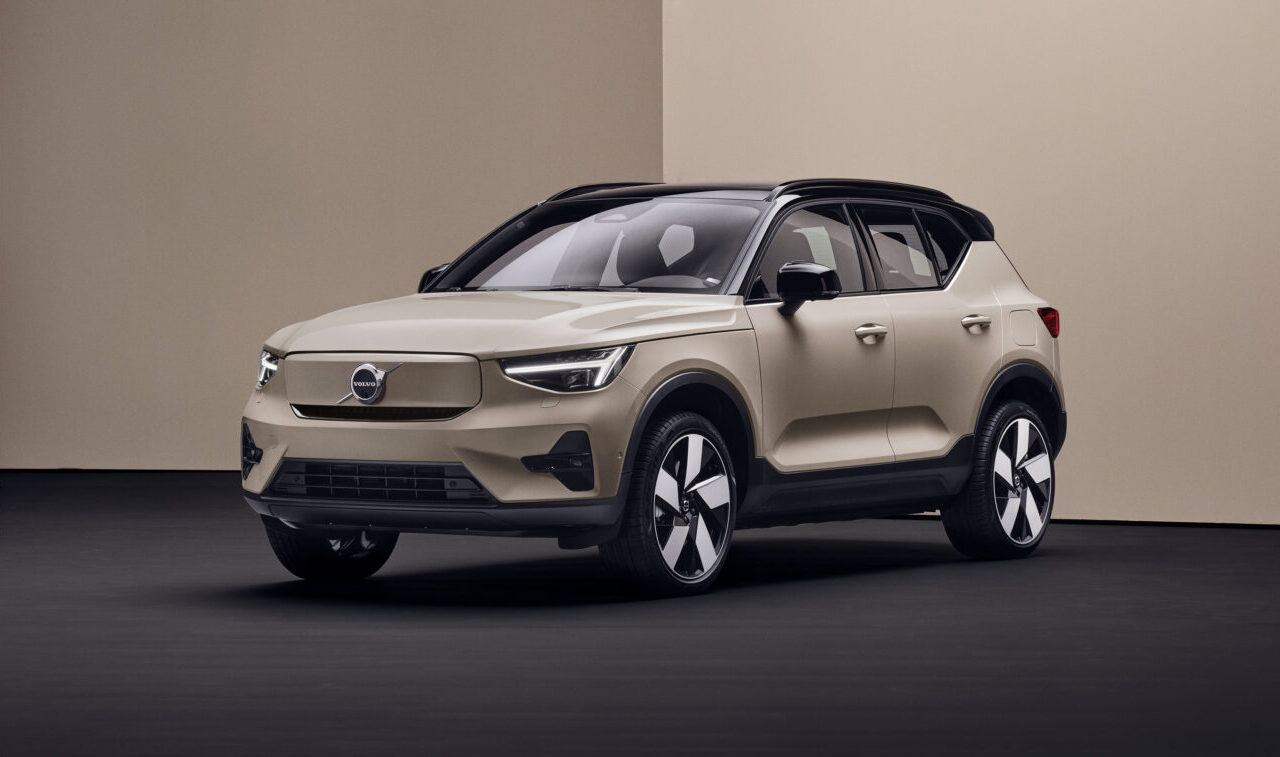
| Driving | |
|---|---|
| Interior | |
| Practicality | |
| Overall value |
The Volvo EX40, formerly known as the XC40 Recharge, is larger than the small EX30 and is almost mid-sized in its dimensions. The interior practicality – as you’d expect for a Volvo – is excellent with a spacious rear seat and boot that make it one of the most practical small SUVs on the market.
Starting at $76,990 plus on-road costs, the EX40 is not cheap to buy but Volvo recently made more equipment standard on the entry-level single motor variant, matching the formerly-upper-spec dual-motor car.
Inside the EX40 is a long list of standard equipment, and excellent quality as well – as you’d expect from this brand. There are plenty of practical touches like big door bins and a big central storage system, while the 410-litre boot is larger than you might expect in person.
Although the ride quality can be a bit sharp thanks to the standard 20-inch wheels, the EX40 is still an impressive drive. It’s comfortable but can also be fun as well. Even the 185kW single motor variant is quick, but the 300kW twin motor definitely pushes you back in your seat. The EX40’s range is not amazing, however.
Like the smaller EX30, Volvo includes five years of servicing in the EX40’s price. Overall this is a stand-out in the segment – It’s handsome, practical, good to drive, well equipped and even though it’s on the pricier side, the long list of equipment helps to justify the cost.
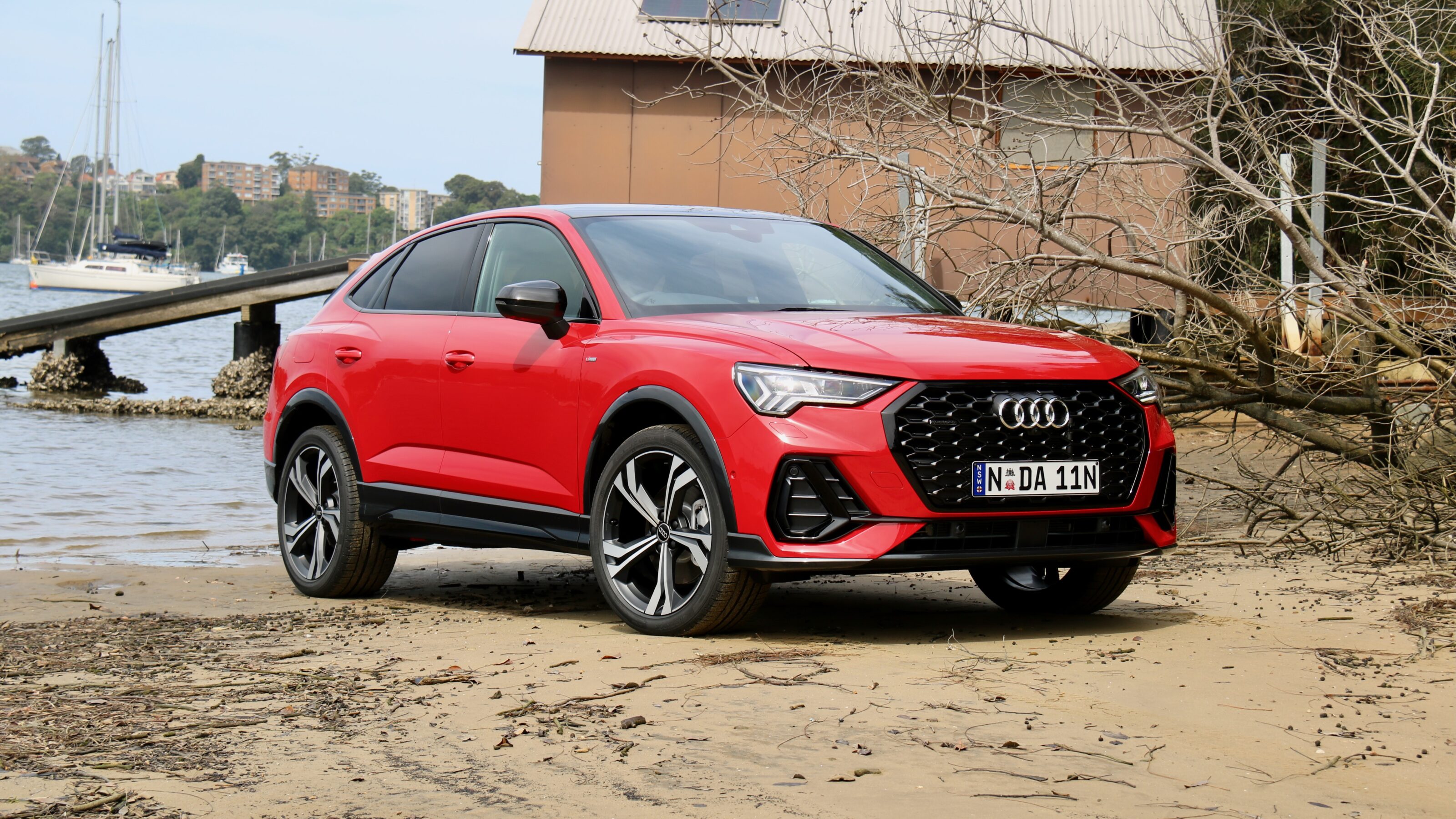
| Driving | |
|---|---|
| Interior | |
| Practicality | |
| Overall value |
Competing with vehicles such as the Mercedes-Benz GLA, BMW X2 and Lexus UX, the Q3 has proved to be a popular five-seat compact luxury SUV in Australia, offered with 1.4-litre and 2.0-litre turbocharged petrol engines and a 2.0-litre turbo-diesel, and both front-wheel and all-wheel drive options.
Prices begin at $57,500 for the 35 TFSI up to $70,800 for the 40TFSI Quattro S Line, as well as two higher-powered version in the RS ($101,215) and RS Sportback ($104,215).
It should be noted a third-generation Q3 is expected in Australia within the next year, with a plug-in hybrid powertrain expected to be added to the petrol variants.
The cabin of the Q3 feels suitably premium but also understated, with soft-touch materials and a sleek 10.1-inch touchscreen multimedia system and 10.25-inch digital instrument cluster. Standard equipment for the current Audi Q3 range also includes leather upholstery, dual-zone climate control, satellite navigation, wireless Apple CarPlay, wired Android Auto, four USB-C ports, a wireless charging pad, reversing camera and front/rear parking sensors.
Additionally, the Q3 buyer gets 19-inch alloy wheels, space saver spare wheel, adaptive LED headlights, keyless entry and start, and a powered tailgate. Standard safety features on the Audi Q3 models include AEB, parking assist, collision warning, driver attention alert, lane keeping assist and more.Fuel economy differs from 7.2 litres per 100km on the combined cycle for the 35 TFSI, up to 8.9L/100km for the RS variants.
The Q3 comes with a five-year, unlimited kilometre warranty and has an ANCAP 5-star rating. It offers an engaging, composed and comfortable ride, with enough sprightliness to navigate urban traffic. It just needs a hybrid version now.

| Driving | |
|---|---|
| Interior | |
| Practicality | |
| Overall value |
Using the same platform as cars like the Volkswagen ID.4 and Skoda Enyaq, the Audi Q4 e-tron is the brand’s entry level EV for now and is available in both traditional wagon and Sportback coupe bodystyles in Australia. Two variants are available in each bodystyle – 45 and 55 – and up to 524km of range.
The base Q4 e-tron 45 uses a 210kW/545Nm rear-mounted electric motor, while the 55 adds another motor on the front axle for a higher 250kW total output and quicker performance, though less range thanks to extra weight. Both can charge quickly at up to 175kW.
The cabin of the Q4 e-tron is well featured, comfortable and features a lot of technology, though the quality could be better. It’s practical and the rear seat – even in the sloping roofed Sportback – can handle taller adults fine. The Sportback strangely has more bootspace than the wagon at 535 litres (versus 520L), which is healthy for the segment.
Audi covers the Q4 e-tron with a five-year warranty with five years of roadside assistance, while a six-year service plan costs just $2,050. Overall, the Q4 e-tron is a solid entrant as the brand’s smallest EV yet. It’s not cheap to buy and there are still some option packages available but the fundamentals are solid: it drives well, it’s practical and it charges quickly.

| Driving | |
|---|---|
| Interior | |
| Practicality | |
| Overall value |
An electric version of BMW’s smallest SUV, the X1, the BMW iX1 is very hard to distinguish from its ICE sibling: the wheels and grilles are the biggest clue. But like the regular X1, the iX1 presents a strong all-rounder for the small electric SUV segment thanks to its good driving experience, excellent quality and very practical cabin and good range.
Inside the iX1 is identical to the X1 with excellent quality materials and plenty of technology. Unlike larger BMW models, the centre display is only a touchscreen, which can be less helpful at speed as the screen’s menu structure can be a bit confusing. But the system is fully featured and quite quick, plus the screen quality is excellent.
As we saw with the X1, the iX1’s cabin is quite practical with big door bins, a funky centre console bridge and a huge back seat that two tall adults would be quite comfortable sitting in. The boot measures a large for the segment 490 litres – that’s 50L less than the X1 but still a good size.
On the road, the iX1 presents good driving dynamics, a well-tuned ride quality and ample performance. Its range is reasonable, though its peak charging speed could be improved. Its active safety features are excellent, however.
In summary, the BMW iX1 is a strong contender for best electric small SUV. It’s not cheap to buy, but is a well-rounded product that deserves strong consideration thanks to its practicality, good range and performance, long list of standard equipment and well-tuned safety features.

| Driving | |
|---|---|
| Interior | |
| Practicality | |
| Overall value |
The Volvo EX30 is the brand’s smallest product and rides on a new Geely-derived platform shared with the Smart #1 and #3 and Zeekr X, and all three share the same motors and batteries. Peak charging speed is a healthy 150kW, while the 66kWh battery should allow for up to 462km of range, which is also healthy.
Inside the EX30 is compact but more practical than you might imagine. Two six-foot adults will just about fit in the rear seat with just enough legroom and headroom for taller folk, though the 318-litre boot is not huge. Quality is solid with lots of sustainable materials used throughout the cabin.
Centre of the cabin is a 12.3-inch touchscreen that controls almost every function of the car with very little in the way of buttons – there isn’t even a driver’s display to show the car’s speed, like in a Tesla. The touchscreen itself is quick to use and the display is bright, but it could be easier to use and functions such as the headlights and mirrors are buried within.
The driving experience of the EX30 is fun though some might find its ride quality to be a bit firm. Even the entry-level model is more than fast enough with 200kW of power and a quick 5.3-second 0-100km/h sprint time – the top-spec dual-motors making 315kW of power ensure it’s easily the fastest car in the segment (alongside its Smart and Zeekr cousins, which use the same motors).
The EX30’s aftersales package is good with a five-year service plan included in the price and two-year service intervals, making the EX30 pretty painless from an ownership point of view. Overall, the Volvo EX30 is a strong entrant into the electric small SUV segment – if you don’t need the largest or most practical product.
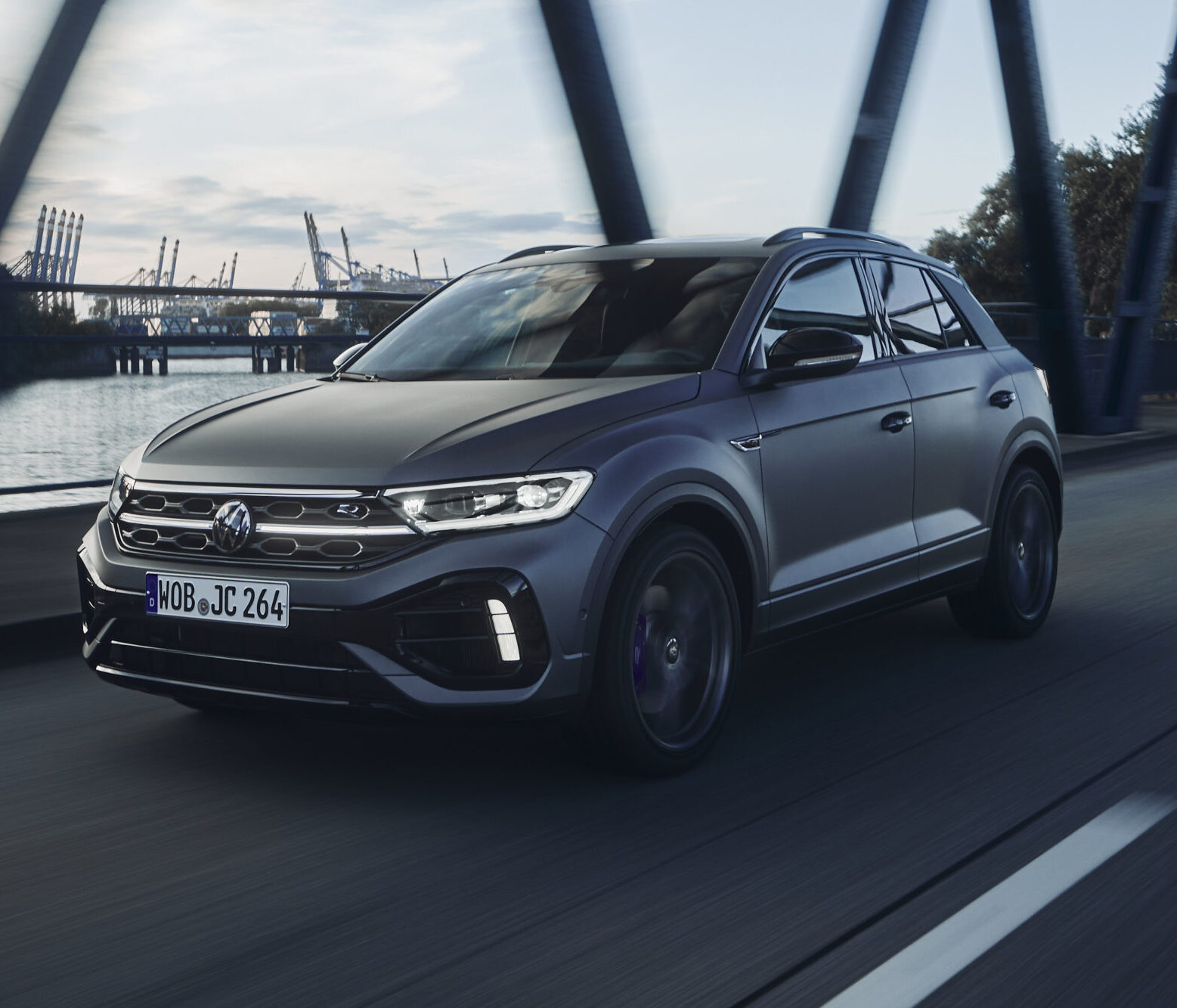
| Driving | |
|---|---|
| Interior | |
| Practicality | |
| Overall value |
A previous winner of Wheels Best Small SUV in 2023, the Volkswagen T-Roc has a lot going for it and in typical Volkswagen fashion, is a great all-rounder. With almost 8,000 sold in 2024, the T-Roc was the brand’s best-selling vehicle behind only the Amarok ute, and it’s easy to see why.
With pricing starting at $64,990 plus on-road costs with a recent equipment upgrade across the range, the T-Roc R has a lot of appeal sitting atop the model’s local range, The R adds sporty new features to the range like a 221kW/400Nm 2.0-litre turbo-petrol engine and a number of sporty details like a lot of R badging and sportier exterior styling.
Regardless of model chosen, the T-Roc’s quality is solid and it’s practical as well, with plenty of interior storage space. Though the interior is dark and not as airy as a Hyundai Kona, it’s still spacious enough for four adults. The infotainment systems are a breeze to use and unlike some rivals, the physical AC controls are ergonomically excellent. The 445-litre boot is large for the segment, and opens up to almost 1,300L with the rear seats folded.
The driving experience of the T-Roc is mature, as you’d expect for a Volkswagen, but in R form it’s also feisty and fun. The R’s 4.9-second 0-100km/h sprint time is evidence of that. The base models are relaxing to drive, but can put a smile on your face, a smile that will grow to a grin with the R-Line and R – this is a fun small SUV to drive, and the engines can be efficient.
Where the T-Roc range does fall a bit short is with service costs: up to $805 annually is more than double that of some rivals. But overall, the T-Roc is typically Volkswagen: mature, refined, nice to drive, practical and good quality and the R is faster, more fun and sexier.

| Driving | |
|---|---|
| Interior | |
| Practicality | |
| Overall value |
While the Smart brand gives memories of tiny city cars that can park perpendicular to the kerb, these days the brand is about electric small SUVs and both of its models – the #1 (pictured) and #3 – fit into that category. Using the same platform, mechanicals and interior design, the #1 is slightly shorter but taller than the coupe-like #3.
Both offer two powertrains that are also used in the Volvo EX30 and Zeekr X: either a 200kW single-motor unit or a 315kW dual-motor set up that uses the famous Brabus name. All #1s and #3s drive quite well – they’re a bit softer than the EX30 and are all the better for it because they still handle well, but are more comfortable.
The Smart twins also have higher quality, more user-friendly interiors than the Volvo, with more liberal use of soft-touch plastics and more screens, including both a digital driver’s display and a head-up display – both of which the EX30 lacks. Their back seats are also larger than the Volvo, while the #3’s boot in particular is big for its size.
As with its platform mates, the Smart twins’ peak charging speed is healthy, and the efficiency of the single motor variants in particular is good – the Brabus can be a bit energy hungry, reducing its range. The service costs for both models are expensive as well.
But overall, while they’re not quite as quirky as the original Smarts from the early 2000s, they have character in an often bland part of the market. They’re also good value for money, and drive well too. Really, the only potential issues are the expensive servicing and the complicated touchscreen – but other than that, the new Smart range is definitely worth consideration.

| Driving | |
|---|---|
| Interior | |
| Practicality | |
| Overall value |
Since the first-generation model went on sale in 2011, the Range Rover Evoque can only be regarded as a success, having sold over one million units. Buyers clearly wanted the luxury feel they’d expect from the Range Rover brand but in a smaller package.
Fast forward almost 15 years and now we’re seeing Evoque generation two, which grew slightly in dimensions compared with generation one, but is even more luxurious inside. Thankfully, too, Land Rover significantly simplified the Evoque’s lineup – at launch in 2020, there were 26 individual variants to choose from but now there are just five: the ‘P250’ petrol engine in SE, HSE or Autobiography specs, and the ‘P300e’ PHEV drivetrain in either HSE or Autobiography. Simple.
The PHEV drivetrain combines a turbocharged 1.5-litre three-cylinder petrol engine with an 85kW electric motor that draws power from a 15kWh battery, giving a WLTP-rated electric range of 62km. Combined with the petrol engine, the Evoque P300e makes 227kW/540Nm, comfortably more than the 184kW/365Nm 2.0-litre turbo-petrol engine. The Evoque’s driving experience is very comfortable and it handles pretty well too.
Inside the Evoque is a quality cabin with lots of exotic materials and big screens that are easy to use. The seats are very comfortable, and the back seat is also reasonably spacious too given the Evoque’s smaller dimensions – two six-footers will be fine. The Evoque’s 472-litre boot is good for its size, though it only opens up to 1,156L with the rear seats folded.
The Evoque still provides a comfortable and luxurious entrant to the Range Rover line-up. It uses a powerful, refined and efficient plug-in hybrid that offers a good all-electric range, it drives well and its cabin quality is excellent. The boot could be larger, however, and it’s also more expensive than it used to be, while still too many features remain optional. But get past those issues and there’s a lot to like about the Evoque.

| Driving | |
|---|---|
| Interior | |
| Practicality | |
| Overall value |
The Kia Niro is the brand’s unique hybrid and electric small SUV that differs from the larger, cheaper and petrol-only Seltos. Priced from $45,000 plus on-road costs in hybrid and $66,590 +ORC in EV forms, the Niro is available in either base S or top-spec GT-Line form. Both the S and GT-Line are relatively well equipped, though the S still lacks features like a leather steering wheel or LED headlights, making the $5,650 jump to the GT-Line worth it in our view.
The cabin of the Niro is funky and much better quality than the basic Seltos’ cabin, with more soft touch surfaces keeping with its more expensive pricing and higher-tech drivetrains. Its front cabin is also more practical than the Seltos with lots of storage, though the rear seat and boot aren’t quite as large. Measuring 425 litres with the seats up, the Niro’s boot is average in size.
On the road, the Niro range shows off its Australian-tuned suspension with excellent ride and handling that shames a lot of competitors. The hybrid drivetrain isn’t the quickest, but has more than enough grunt for most buyers. Helping the drivetrain is a six-speed dual-clutch automatic transmission that differs from rivals as it’s not a CVT, but that makes it feel more natural.
Kia’s industry coverage is above average in this company, though the hybrid’s service pricing is expensive at almost $570 per year (more than double that of the Niro EV). Thankfully, its real world low fuel usage will help pay for that, but it should be cheaper to own.
The Kia Niro has a lot going for it, including a handsome design, practical and tech-filled cabin, a peppy and efficient drivetrain and a long warranty. Counting against it is its expensive pricing, expensive service costs and that its ICE-powered Seltos sibling – let alone that the Hyundai Kona Hybrid that it shares so much with under the skin – is less expensive to buy.

| Driving | |
|---|---|
| Interior | |
| Practicality | |
| Overall value |
The Lexus UX was the brand’s first properly small SUV when it went on sale locally in 2018. Using the then-new TNGA platform from parent company Toyota that revolutionised the way its products rode and handled, the UX was a great preview to the company’s next-generation cars.
Some seven years later, the UX has recently been updated with a more powerful and more efficient hybrid drivetrain and new interior tech such as a brand new infotainment system. Making a powerful 146kW of power, the base UX is now badged ‘300h’ thanks to its power increase from the former UX250h. Yet its fuel efficiency dropped to just 4.2L/100km, a figure that’s fairly easy to achieve in the real world.
As we’ve seen in various other Lexus and Toyota products, the use of the TNGA platform delivers a more than proficient ride and handling. It’s very comfortable, but keen drivers will appreciate how fun it can be from behind the wheel.
The cabin of the UX is excellent quality with plenty of soft touch materials, even on the entry-level UX Luxury. Move up the range to the Sports Luxury or F Sport and even more luxury features like full leather trim and a ‘Kashoku’ door garnish are added for a bespoke feel. The new 12.3-inch touchscreen system is a big step forward on the screen in the pre-updated model too – it’s much faster to use and is equipped with more features.
If there is a downside to the UX’s cabin it’s that it doesn’t feel very spacious. The smaller Audi Q2, for example, offers more rear space than the UX. In front-drive form, the UX’s 368-litre boot is smaller than even the smaller LBX and the high floor means that it isn’t that practical. But there’s still plenty to like about the Lexus UX like its lovely driving experience, quality cabin and very efficient drivetrain.

| Driving | |
|---|---|
| Interior | |
| Practicality | |
| Overall value |
So far a big success for the brand, the Mercedes-Benz GLA and GLB – and their electric EQA and EQB siblings – are offered in a wide range with four petrol variants including 200, 250, AMG 35 and AMG 45 (GLA only) models, while the electric versions offer just a single ‘250+’ spec with up to 578km of range from a charge, which is healthy in the segment. Peak charging is 100kW, which is not that fast, but the range should reduce the need to visit a charger.
On the road, both the models impress with a refined and enjoyable driving experience just as you’d expect from the Mercedes-Benz brand. While neither are the last word in sportiness, they are quite comfortable.
Inside is a modern cabin that features funky ambient lighting, bright screens and high quality finishing throughout. Uniquely in the segment too, the GLB and EQB feature seven seats – though the third row is definitely best described as kid-only. Fold the third row down and you get a healthy 495-litre bootspace, which is much larger than the 340L boot in the EQA.
As you’d expect though, both the models aren’t cheap to buy or maintain with the entry-level BMW iX1 around $5,000 less expensive and both quicker and faster charging. In addition to that, Merc’s servicing pricing is expensive at over $500 annually.
But the Mercedes-Benz GLA, GLB, EQA and EQB still offer a lot to buyers like good performance and range, quality cabins with exotic features and good practicality. The price is a factor, of course, but doesn’t take away from the solid all-round ability of these SUVs.

| Driving | |
|---|---|
| Interior | |
| Practicality | |
| Overall value |
Sexy Spanish Volkswagen Group offset Cupra has only joined the Australian new car market for a few years but it’s already offering a solid range of products. The Formentor is just one of them, combining a turbocharged either 2.0-litre (V, VZx) or 1.4-litre petrol engine with an electric motor (VZe PHEV). The VZe’s 12.8kWh battery allows for a claimed electric range of 58km.
The Formentor’s driving experience is great with a typically-VW Group solid feel from behind the wheel, though with extra fun and sharper handling. The ride is firm but still comfortable, and the rear visibility is good as well. The active safety features are impressively well tuned and not annoying.
The cabin of the Formentor is good quality, practical and full of tech like the large 12-inch touchscreen and 10.25-inch digital driver’s display with plenty of configurability. In-car storage is good, and while the rear seat could be larger, it’s still comfortable for two adults and features air vents, charging and even a separate climate zone.
Cupra covers its products with a five-year/unlimited km warranty with five years of roadside assistance. A five-year/75,000km service package costs a reasonable $1,990.
Overall, the Cupra Formentor impresses with its fun driving experience, its quality cabin, practicality, long equipment list and reasonable service pack pricing. While the rear seat and boot could be larger, it’s still worth of consideration if you’re after a hybrid small SUV.

| Driving | |
|---|---|
| Interior | |
| Practicality | |
| Overall value |
The second-generation Hyundai Kona has been on sale in Australia for over a year now and, like its predecessor, is proving popular with over 17,000 sold last year alone. The new Kona is larger, more mature, more refined and features an optional hybrid drivetrain for the first time locally, which we think is the model to choose.
Where the Kona has seen the biggest improvement is in its interior design as it’s now more up-to-date than the previous model, which felt dated in comparison with newer Hyundai vehicles. The Kona’s cabin could be better quality, but there’s no denying the awesome practicality and pleasing ergonomics throughout.
The rear seat of the new Kona is larger than the old one and two adults will fit perfectly fine this time around. The boot is also larger now at 407 litres seats up and 1,241L with them folded, while there are some clever tricks like a dual-level boot floor to enhance its practicality. Impressively, all models feature a spare wheel.
While there are lots of petrol engines available, the electric Kona is available in either 99kW or 150kW forms with up to 505km of range. The new Kona drives well with a great ride quality and improved refinement as well, especially with road noise.
The new Hyundai Kona is a worthy competitor in the small SUV segment thanks to its all-round ability: it’s much more practical this time around, good to drive, cheap to service and – finally – offers a hybrid choice.
Looking to get into a brand-new small SUV? Our stories below will guide you to the model that best suits your needs!
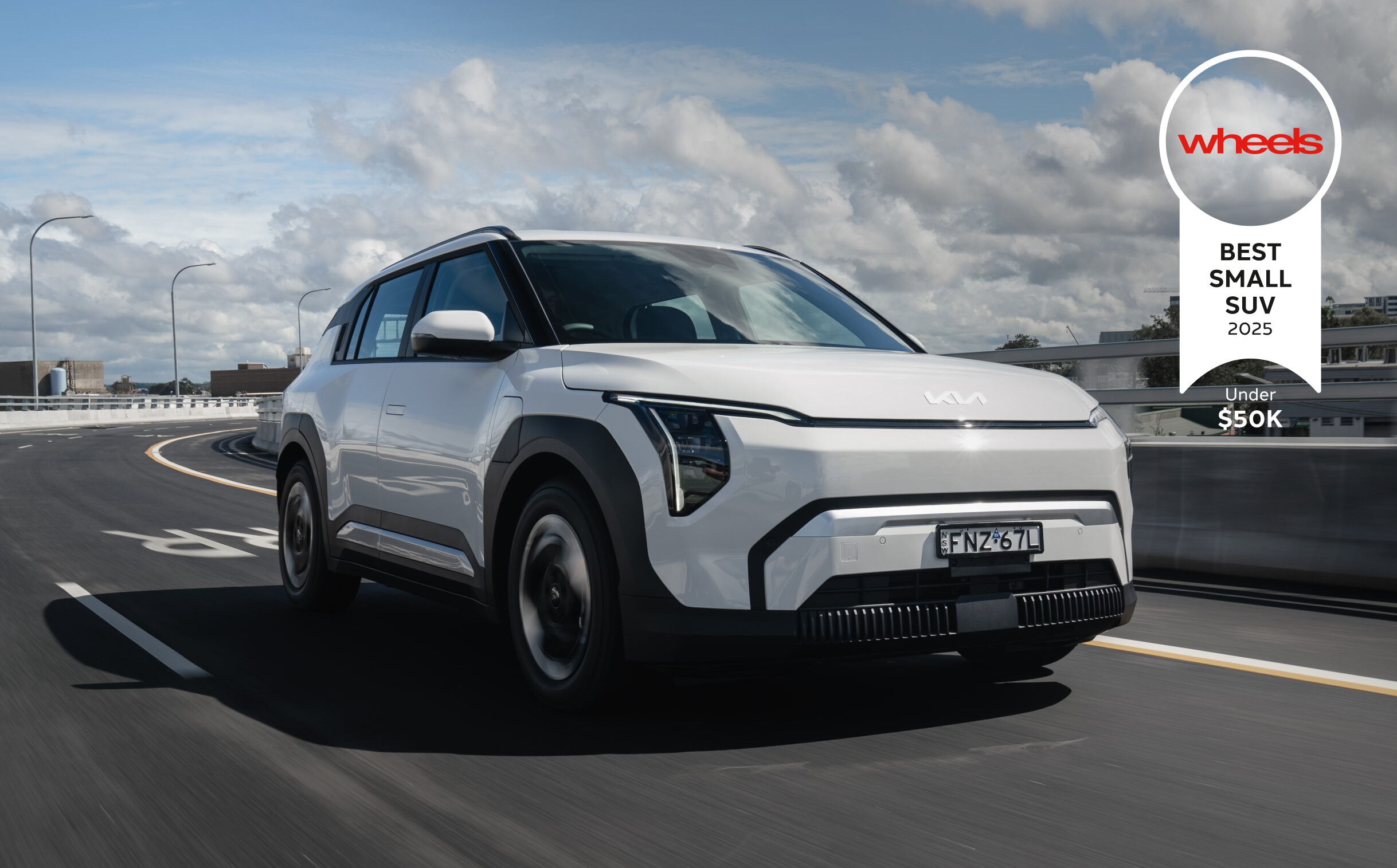
| Driving | |
|---|---|
| Interior | |
| Practicality | |
| Overall value |
While the EV6, EV9 and EV5 have come before it, Kia’s new EV3 electric small SUV looks to be the most compelling yet as it’s well priced, characterful and practical for its size. Priced from $48,990 drive away (depending on location), the EV3 has lowered the price of entry to an electric Kia by around $7,000 and has made the brand more accessible and appealing to those who want a cheaper and/or smaller EV.
Inside the EV3 is an almost-identical dashboard to other recent Kia products like its larger electric siblings and the new K4 small car, with dual 12.3-inch displays and a small 5.0-inch touchscreen for the dual-zone climate control in the middle of them. The EV3’s cabin is practical with lots of storage space, while the 460-litre boot is healthy for its size.
For now, there’s only a single 150kW electric motor variant available in Australia, though a dual-motor variant is said to be coming later this year with more power for those wanting more pep. Like other recent Kia models, the EV3 has been Australian-tuned for our market for greater ride comfort over our rubbish roads.
The peak charging speed is reasonable, while the range is excellent. Also excellent are the EV3’s servicing costs, which are far less than we’re used to from the brand – and Kia’s excellent seven-year warranty is still present.
It’s only just gone on sale in Australia, but we think that the Kia EV3 is going to sell well locally. It’s well priced at the entry point to the range, it’s cute to look at, offers a good range and performance and is inexpensive to service.

| Driving | |
|---|---|
| Interior | |
| Practicality | |
| Overall value |
Production for Australia has already stopped but the Mitsubishi Eclipse Cross still has appeal for small SUV buyers. Launched in 2017 as the slightly larger and more premium sibling to the big-selling ASX, the Eclipse Cross features a practical cabin that can comfortably carry four adults and their luggage.
The cabin of the Eclipse Cross feels a bit dated in parts like the basic touchscreen, but it’s ergonomically sound and the seats are comfortable. The quality is reasonable, with lots of soft touch points, and it’s certainly more upmarket than the ASX that sits below it in price. Its 405-litre boot is a good size for the segment as well.
Pricing starts at $31,990 plus on-road costs for the entry-level ES petrol, and buyers can choose from not only multiple models but also different drivetrains, including a plug-in hybrid that’s priced from $47,790 +ORC.
The 2.4-litre plug-in hybrid drivetrain in the Eclipse Cross range is refined and gutsy, and can impressively be DC fast charged. Mitsubishi says that it can cover around 50km of electric driving before needing the petrol engine to help too, and we found that fairly accurate in the real world. The driving experience is softer and less well damped than a lot of rivals, but it’s still comfortable enough. It’s not sporty like the Eclipse name suggests, but the plug-in hybrid and its cool all-wheel drive system can be fun to drive.
Where the Eclipse Cross has more appeal is in its aftersales program with a five-year warranty that can be extended to 10 years in total with dealer servicing. Add in low capped price servicing and it’s easy to see with the Eclipse Cross has appeal to small SUV buyers.
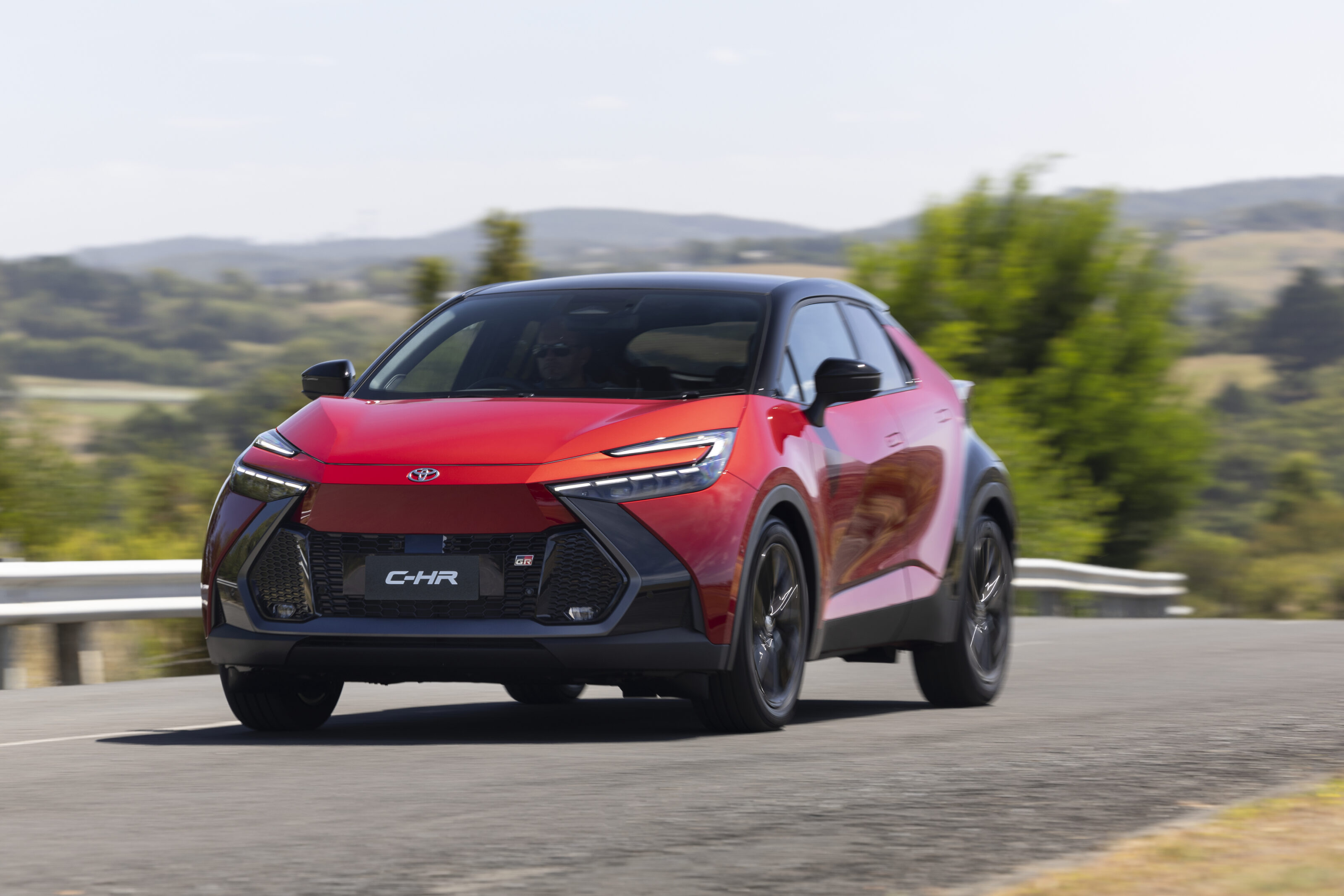
| Driving | |
|---|---|
| Interior | |
| Practicality | |
| Overall value |
The C-HR was actually Toyota’s first modern-day small SUV sold locally, slotting beneath the then-current RAV4 mid-sizer upon its release in 2017. Fast forward to now and not only does Toyota have two other small SUVs in its line-up, but the C-HR is also now even more exotic to look at and – thanks to a new production source – more expensive than its siblings.
Priced from $42,990 plus on-road costs – or at least $10,000 more than when the first-generation model was released – the new C-HR is available in three models: base GXL, mid-spec Koba and top-spec GR Sport. The GXL and Koba use a 1.8-litre hybrid drivetrain and the GR Sport a larger 2.0-litre unit, and while the smaller engine is totally fine, the larger one is a spritely performer. Both are quiet efficient and will happily return under 5L/100km in the real world without trying.
The interior of the C-HR is Toyota’s most driver-focused cabin in years with a clear dashboard angling towards the pilot. Material quality – particularly in the Koba and GR Sport – is pleasing, with lots of soft touch materials used. The new 12.3-inch touchscreen is quite responsive and bright, as well as fully featured, while the front cabin is quite practical as well with lots of storage space. The rear seat, however, is cramped and while two adults will fit, it’s a bit claustrophobic. The boot measures from 362 litres in the GR Sport to 388L in the GXL – the GXL is also the only model with a spare wheel.
Toyota’s five-year warranty is pretty standard nowadays, though dealer servicing increases the mechanical warranty to seven years and the battery warranty to 10 years in total, and while roadside assistance is optional, servicing is cheap at just $255 each for the first five years/75,000km (whichever comes first).
Overall, the C-HR is much the same as it’s ever been, though with even more style this time around. It’s pleasurable to drive, good quality, well equipped and cheap to run, if not cheap to buy, nor that practical. If you’re after a more practical or better value alternative, Toyota will sell it to you, but there’s no denying that the new C-HR has appeal.

| Driving | |
|---|---|
| Interior | |
| Practicality | |
| Overall value |
The Kia Niro is the brand’s unique hybrid and electric small SUV that differs from the larger, cheaper and petrol-only Seltos. Priced from $45,000 plus on-road costs in hybrid form, the Niro can also be had as an EV and both are available in either base S or top-spec GT-Line form. Both the S and GT-Line are relatively well equipped, though the S still lacks features like a leather steering wheel or LED headlights, making the $5,650 jump to the GT-Line worth it in our view.
The cabin of the Niro is funky and much better quality than the basic Seltos’ cabin, with more soft touch surfaces in order with its more expensive pricing and higher-tech drivetrains. Its front cabin is also more practical than the Seltos with lots of storage, though the rear seat and boot aren’t quite as large. Measuring 425-litres with the seats up, the Niro’s boot is average in size.
On the road, the Niro range shows off its Australian-tuned suspension with excellent ride and handling that shames a lot of competitors. The hybrid drivetrain isn’t the quickest, but has more than enough grunt for most buyers. Helping the drivetrain is a six-speed dual-clutch automatic transmission that differs from rivals as it’s not a CVT, but that makes it feel more natural.
Kia’s industry coverage is above average in this company, though its service pricing is expensive at almost $570 per year. Thankfully, its real world low fuel useage will help pay for that, but it should be cheaper to own.
The Kia Niro has a lot going for it, including a handsome design, practical and tech-filled cabin, a peppy and efficient drivetrain and a long warranty. Counting against it is its expensive pricing, expensive service costs and that its ICE-powered Seltos sibling – let alone the Hyundai Kona Hybrid that it shares so much with under the skin – is less expensive to buy.

| Driving | |
|---|---|
| Interior | |
| Practicality | |
| Overall value |
The Peugeot 2008 is one of the brand’s most popular products in Australia. It recently received a mid-life facelift with new styling, new features and a new model line-up, and now it’s also getting a new 48V mild-hybrid drivetrain. But unlike most other mild hybrid drivetrains, the 2008’s is capable of powering the car by itself like a typical Toyota or Honda drivetrain.
Because of that, the 2008 Hybrid’s fuel consumption is rated at just 4.4L/100km – or almost 2L/100km less than the pre-update pure-petrol model that was actually less powerful at 96kW versus 100kW now. The new mild-hybrid drivetrain’s electric motor contributes an extra 51Nm of torque from 0rpm, making for smoother progress than the regular turbo-petrol engine, and the new six-speed dual-clutch transmission should be faster than the older regular auto.
Its interior is full of interesting materials like suede, leather and even lime green stitching on the upper-spec GT, plus it’s super practical with ample storage in the front. It uses a 10-inch touchscreen that’s well featured and easy to use, though some of the interior buttons could be more ergonomically pleasing to use. The rear seat of the 2008 is tighter than some rivals, though two adults will be fine, and its healthy 434-litre boot opens up to a large 1,467L with the rear seats folded.
On the road, the 2008’s ride quality impresses thanks to its suppleness – it doesn’t pretend to be all sporty, it’s just quite comfortable. It also handles well, and its refinement is excellent as well. The 2008 is covered by an industry-average five-year/unlimited km warranty, though with five years of roadside assistance and overall, while it’s not cheap to buy, we think the Peugeot 2008 Hybrid is definitely worth considering if you’re after an expensive-looking, efficient, comfortable and good quality small SUV.
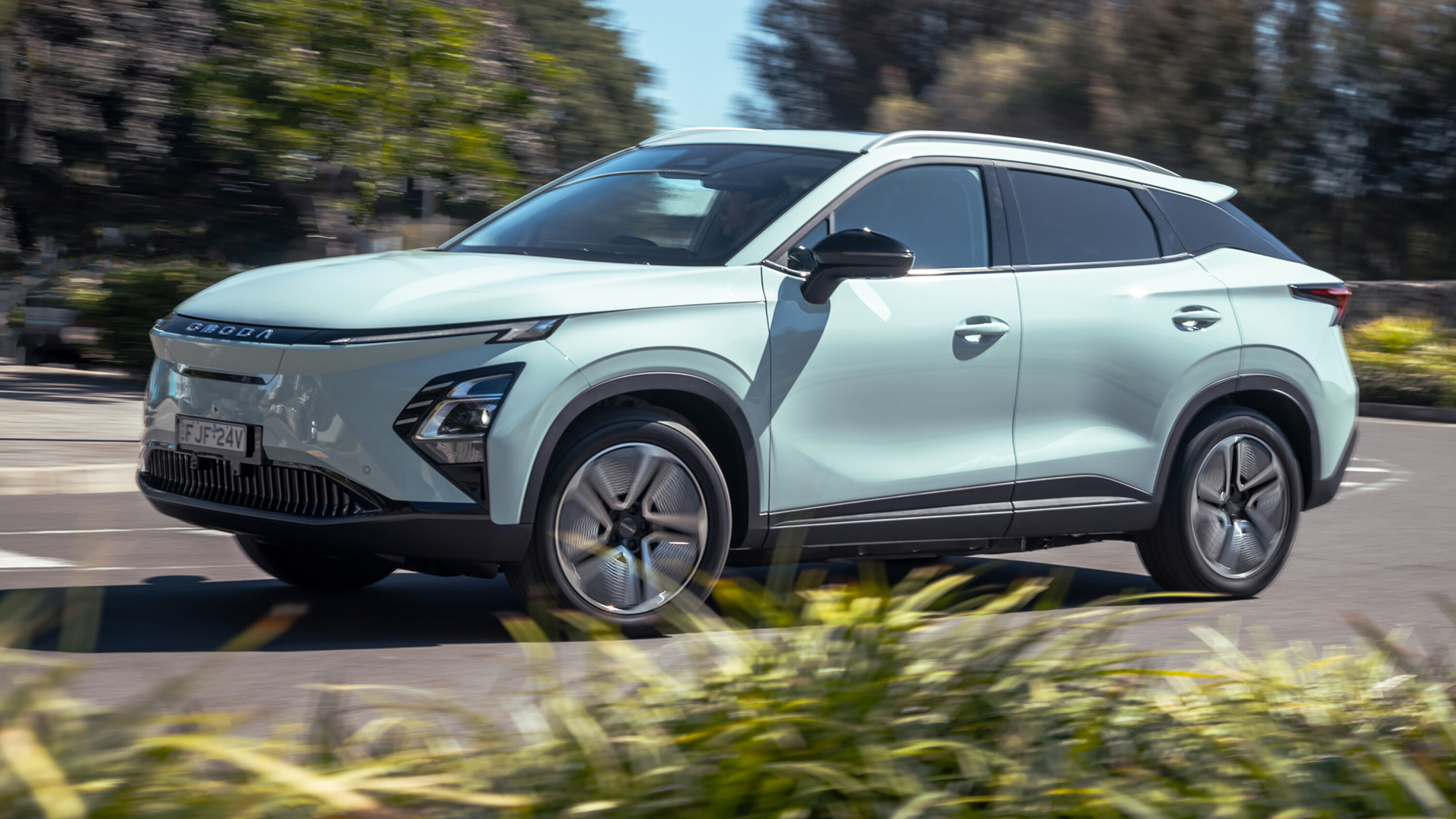
| Driving | |
|---|---|
| Interior | |
| Practicality | |
| Overall value |
The Chery Omoda E5 is the first electric offering from Chery in Australia. Based on the popular Omoda 5 small SUV, the E5 uses a 150kW/340Nm electric motor instead of the regular model’s petrol engine. Dashboard design aside, the Omoda E5 is otherwise unchanged inside: the back-seat room is a bit tight for taller adults and the 300-litre boot isn’t big either, though it does feature a full-size spare wheel under the boot floor.
The ICE Omoda 5’s cabin is treated to a higher level of quality and a new dashboard design in the E5 with a more conventional bridge-type centre console instead of the ICE model’s sliding unit. That makes it a bit more practical, though the shortcut buttons have been lost in the process and that makes the infotainment system more difficult to use.
Behind the wheel of the Omoda E5 is a mixed bag. On smooth roads, it’s generally comfortable but even smaller bumps reveal a busy ride quality. The E5’s acceleration is strong – it hits 100km/h in just 6.7 seconds – but under full acceleration, torque steer is part of the package and the soft suspension means there’s plenty of body roll.
Where Chery wins back big brownie points is in its aftersales package: a seven-year/unlimited km warranty with an eight-year battery warranty – that too is rated to unlimited mileage, unlike many other car makers – and very cheap service costs of just $950 over a six-year period.
Overall, the Chery Omoda E5 is a tempting effort in the electric small SUV segment thanks to its cheap ownership costs, exotic styling, quality cabin, good performance and reasonable range. Its suspension could do with a re-tune, however, and the active safety features can be irritating as well. But if value is the name of the game for you, the Omoda E5 is a strong contender.
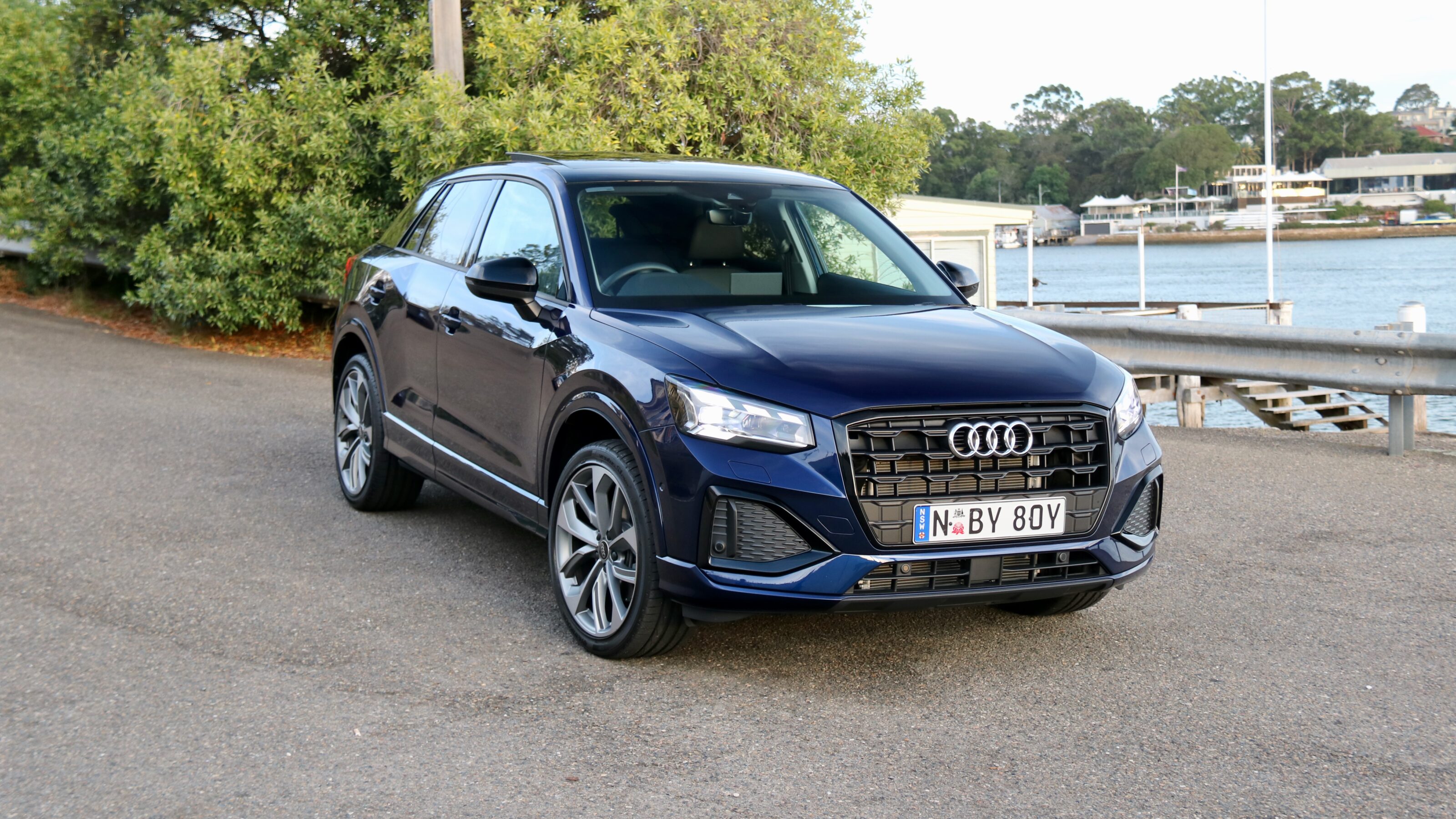
| Driving | |
|---|---|
| Interior | |
| Practicality | |
| Overall value |
Released in Australia in 2017, the Audi Q2 is the brand’s smallest SUV to date measuring at just over 4.2 metres long and sitting underneath the slightly larger Q3. Using the same MQB platform as cars like the Volkswagen Golf and Tiguan, the Q2 offers a punchy but efficient range of engines in Australia: either a 1.5-litre unit or larger 2.0-litre – the latter is upgraded to 221kW in the SQ2.
Inside the Q2 is starting to feel a bit dated against newer Audi models, but the quality is still solid and it’s comfortable and quite ergonomic too. The brand has just updated the Q2 with a larger 8.8-inch touchscreen which replaced a smaller 5.8-inch non-touch unit, while it also upgraded to a later infotainment system that’s used in many other Audi models like the Q3.
Storage space inside the Q2 is fairly limited, and while the back seat is surprisingly roomy for the car’s size, it’s not massive either. The 405-litre boot is healthy for its size, and the rear seats fold flat for extra practicality, though only 1,050L is on offer once done.
On the road, the Q2 impresses with good refinement and visibility. It’s comfortable as well with a slightly firm but nicely taut ride quality and quick steering that makes it easy to manoeuvre. The only annoyance is the dual-clutch automatic transmission, which can be hesitant at low speeds. Overall, while the Audi Q2 isn’t the newest kid on the block it still impresses with its quality, refinement, solid driving experience, punchy engines and low starting price for a premium brand. While it could feel newer and the transmission could be more refined, we think it’s still good buying and is a good option in the small SUV segment.

| Driving | |
|---|---|
| Interior | |
| Practicality | |
| Overall value |
As we’ve seen with both the Volvo EX30 and Smart #1 and #3 cousins, the Zeekr X – which uses the same platform and mechanicals as those cars – features a 66kWh battery that can be charged at up to 150kW with either a 200kW single motor or 315kW dual-motor drivetrain. So in that case, what separates the Zeekr from its cousins?
The Zeekr is undoubtedly designed to be sharper – while the Smarts are cute and European and the Volvo is quite Nordic in its look, the Zeekr is more futuristic in appearance. The same sort of futuristic vibe extends to the cabin where the big touchscreen dominates and thankfully, unlike the EX30, there’s also a driver’s display.
Like the Smart twins, the Zeekr X is less sporty than the EX30 and that’s helped by the 100mm-longer wheelbase for extra ride comfort. But it still drives assuredly and even though some of its active safety features can be irritating, they’re much better tuned than a lot of other new cars.
The Zeekr’s cabin is warm and inviting, and more spacious than you might first think given its small dimensions. Centre of the cabin is a 14.6-inch touchscreen that’s mostly easy to use and well featured, while we also quite like the light colouring which makes it feel airy.
Overall, we think the Zeekr X has definite appeal in the new car market. While the brand isn’t yet as well known as its cousins, it impresses with funky design, great quality and a solid driving experience. The warranty could be longer and it could be less expensive to service, but we think it’s overall worthy of a test drive.
Looking to get into a brand-new small SUV? Our stories below will guide you to the model that best suits your needs!
International drivers are on notice that to keep driving locally, they must now complete knowledge and practical tests in a shake up of Australian driving rules from April 25 – or October 31 in Western Australia and mid-2025 in Queensland.
Under the Experienced Driver Recognition (EDR) scheme, drivers aged 25 and over from countries that didn’t meet the full licence testing requirements – and weren’t included in the Recognised Country Scheme – were previously eligible for Experienced Driver Recognition status, allowing them to convert their overseas licences to Australian ones without additional testing.
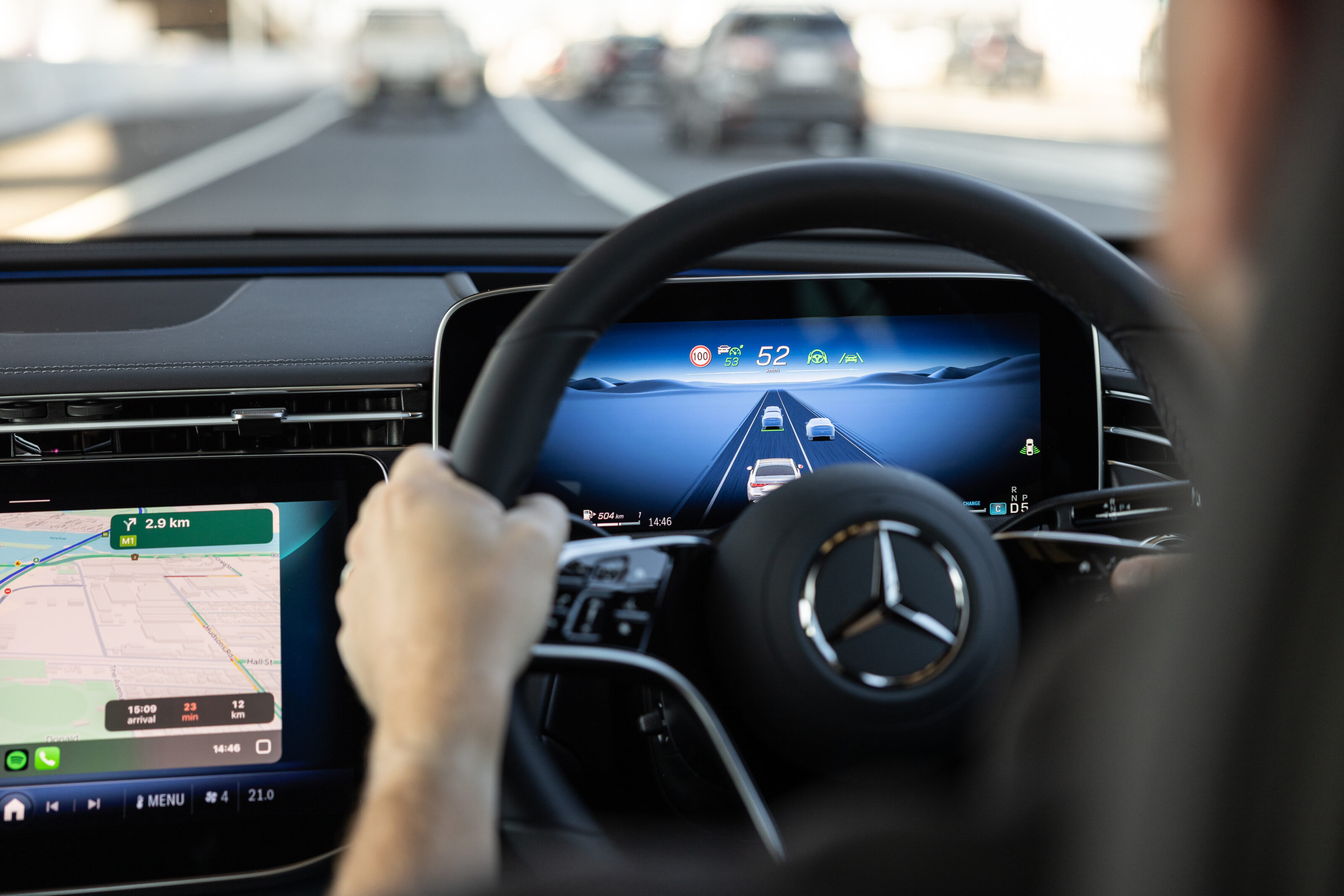
However, after the deadline, drivers from EDR-recognised countries – such as Bulgaria, the Czech Republic, Estonia, Hong Kong, Hungary, Latvia, Lithuania, Poland, Republic of Cyprus, South Korea, Republic of Serbia, Romania, Slovakia, Slovenia, South Africa, and Taiwan – will be required to pass both knowledge and practical driving tests to obtain an Australian licence and continue driving in the country, unless they transition before the deadline.
The EDR scheme still applies for drivers from countries such as Belgium, Canada, Denmark, Finland, France, Germany, Greece, Ireland, Italy, Japan, Luxembourg, Malta, Netherlands, New Zealand, Norway, Portugal, Singapore, Spain, Sweden, Switzerland, the UK and the USA, meaning that drivers with licences from those countries aren’t required to be tested for an Australian driver’s licence.
The changes in the scheme will potentially cause high demand for driving tests, which may place additional pressure on already stretched resources for driving instructors and driving schools. According to EzLicence, Australia has seen a 3.2 per cent decline in qualified driving instructors over the past year.
EzLicence has offered the following tips on how affected drivers should approach the rule change if they miss the April 30th deadline:
Are you an affected driver through changes to the EDR scheme? Let us know in the comments below.